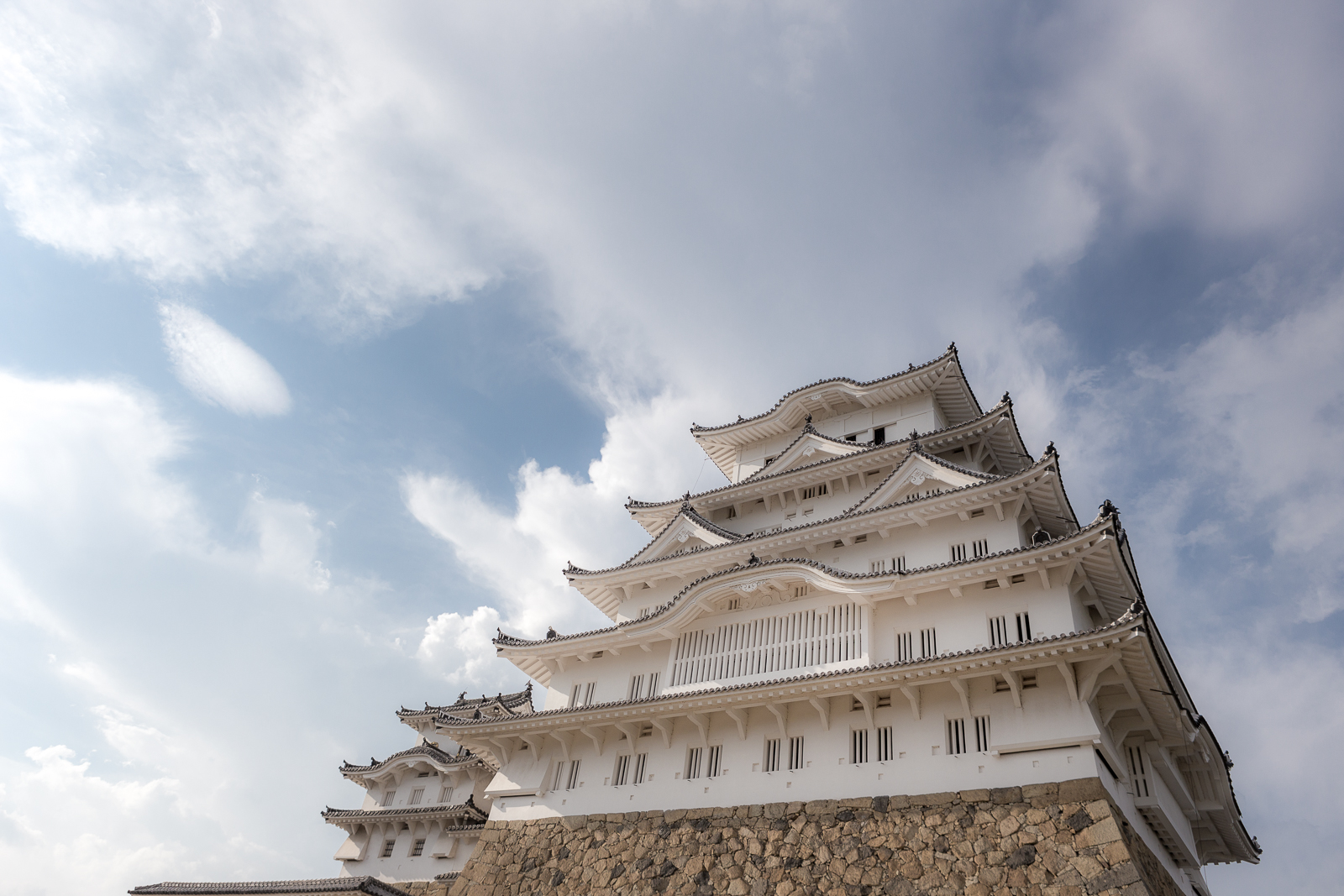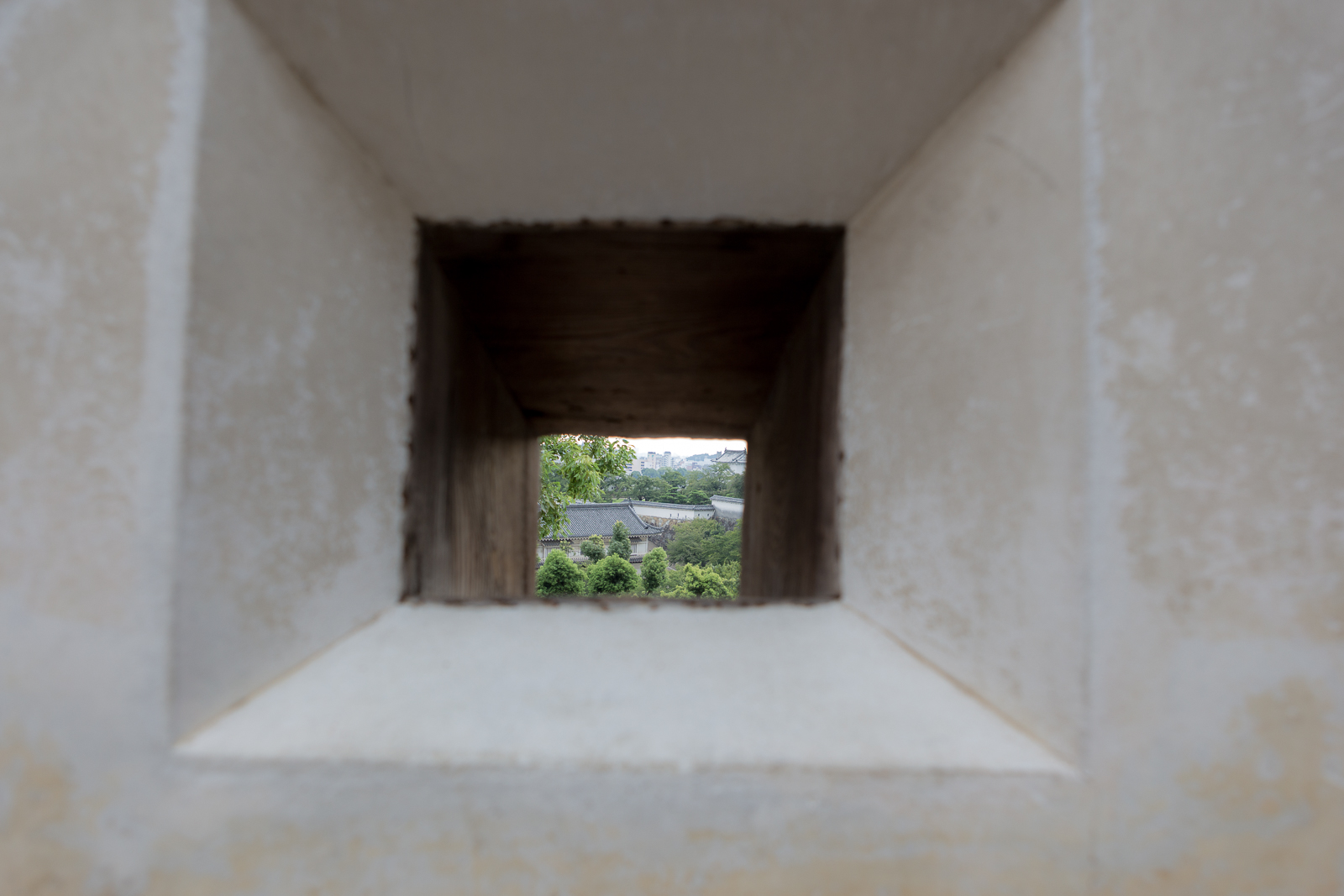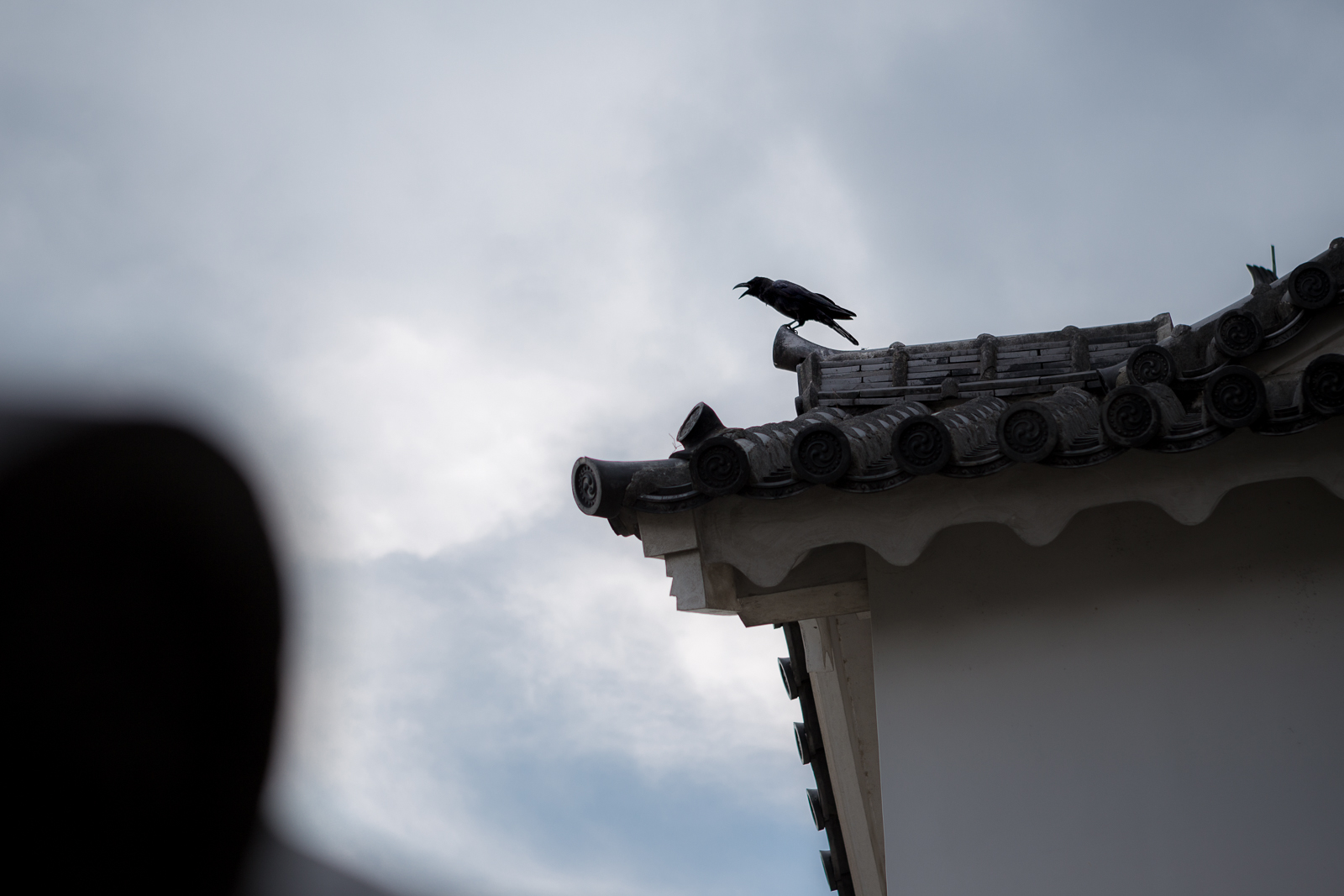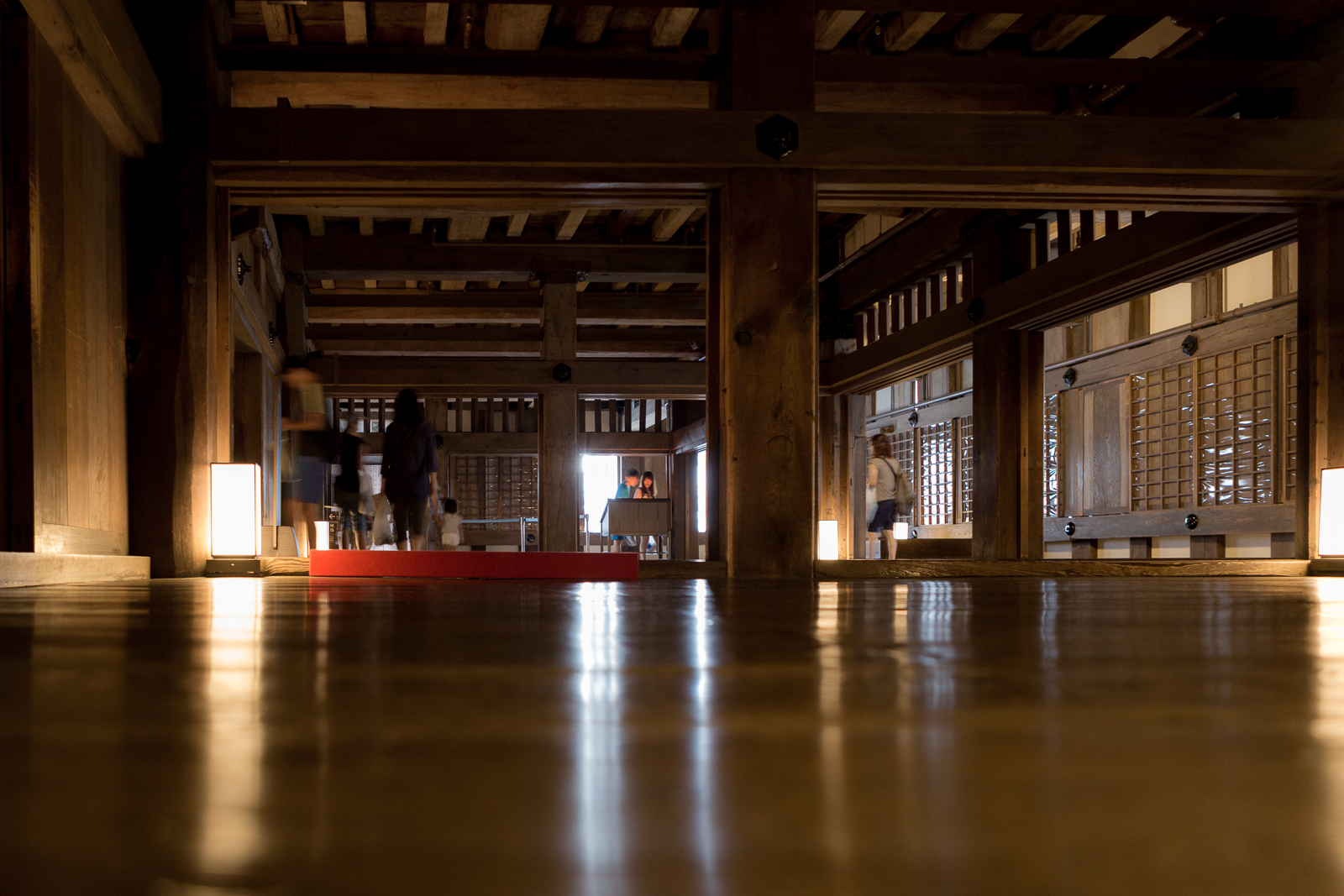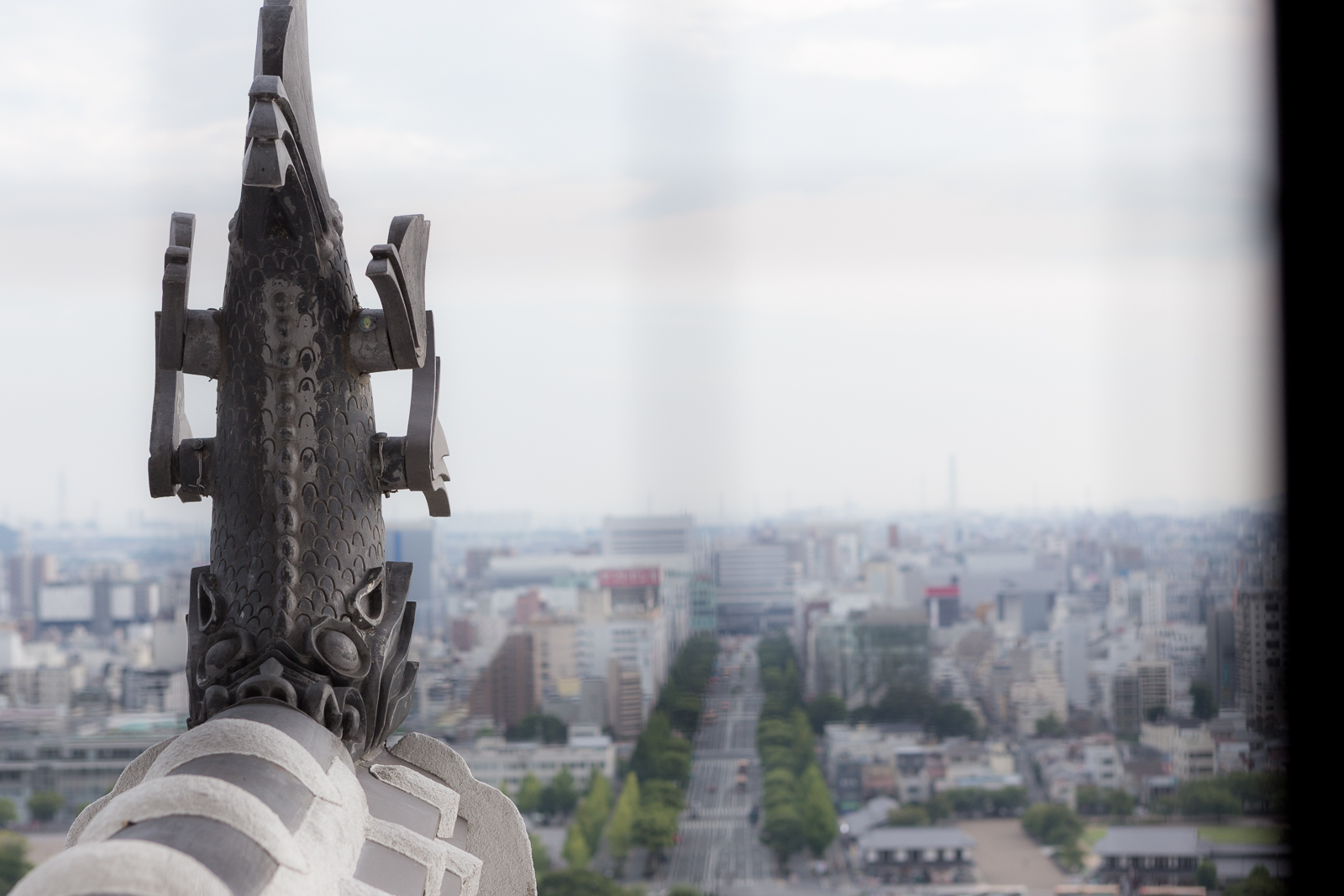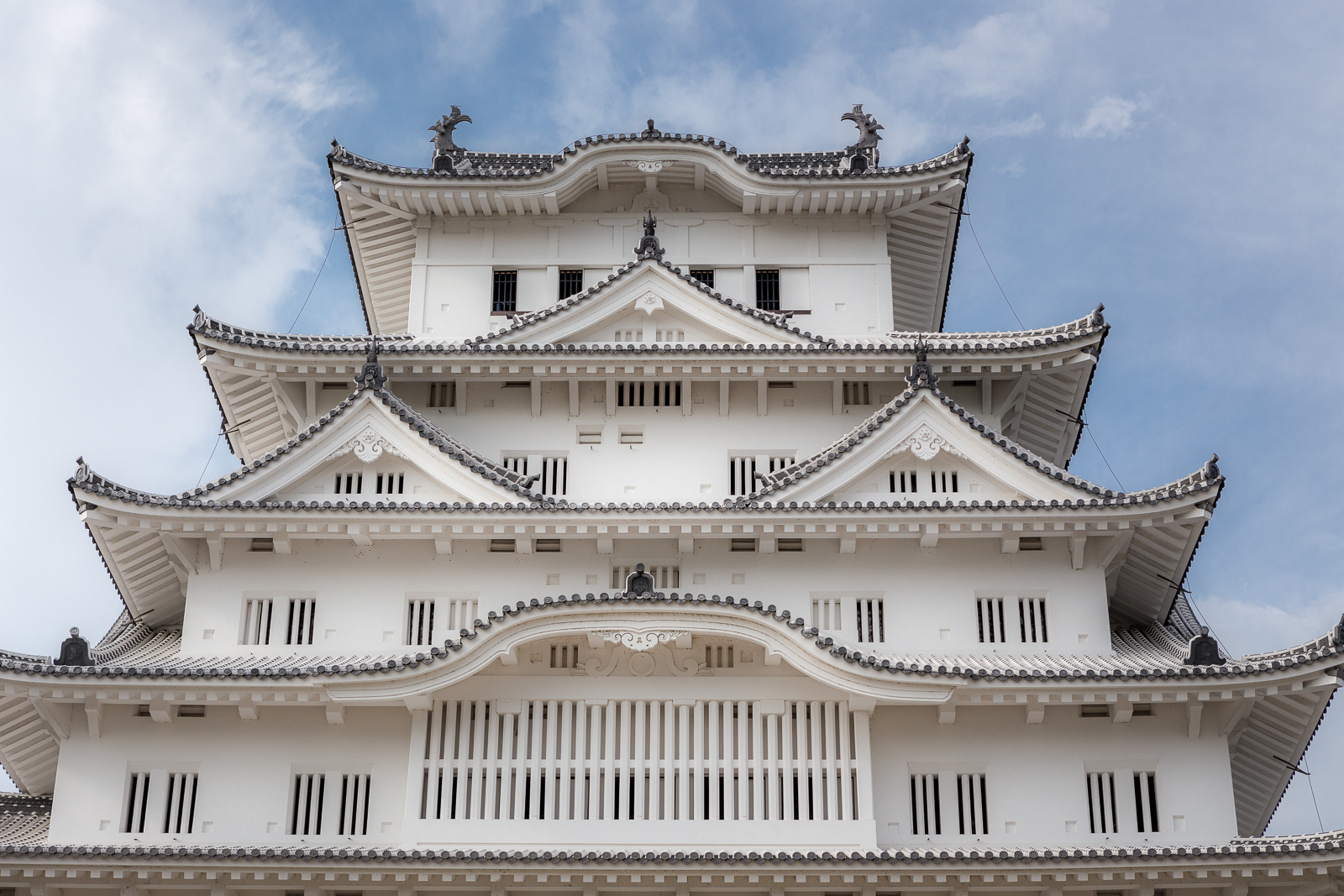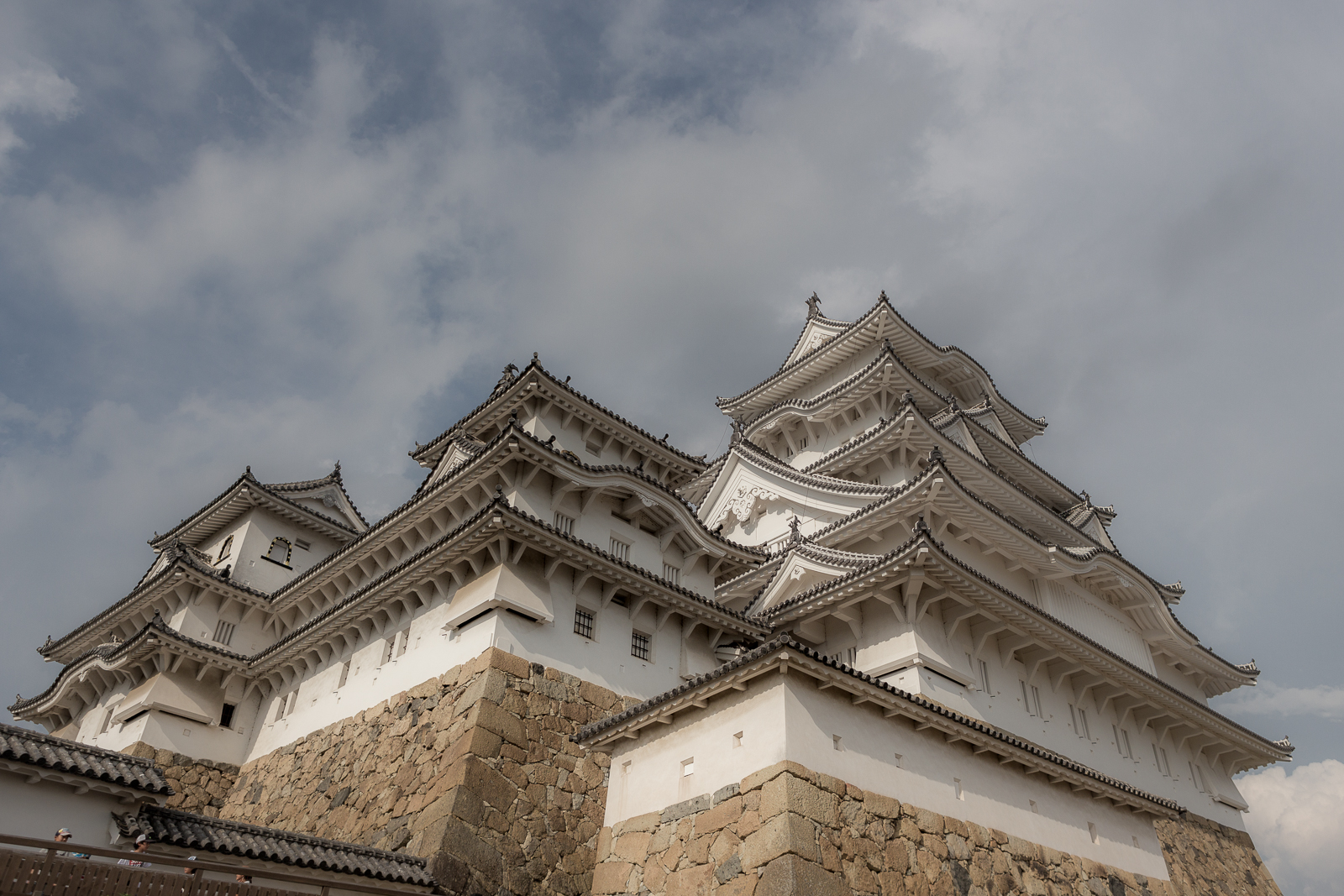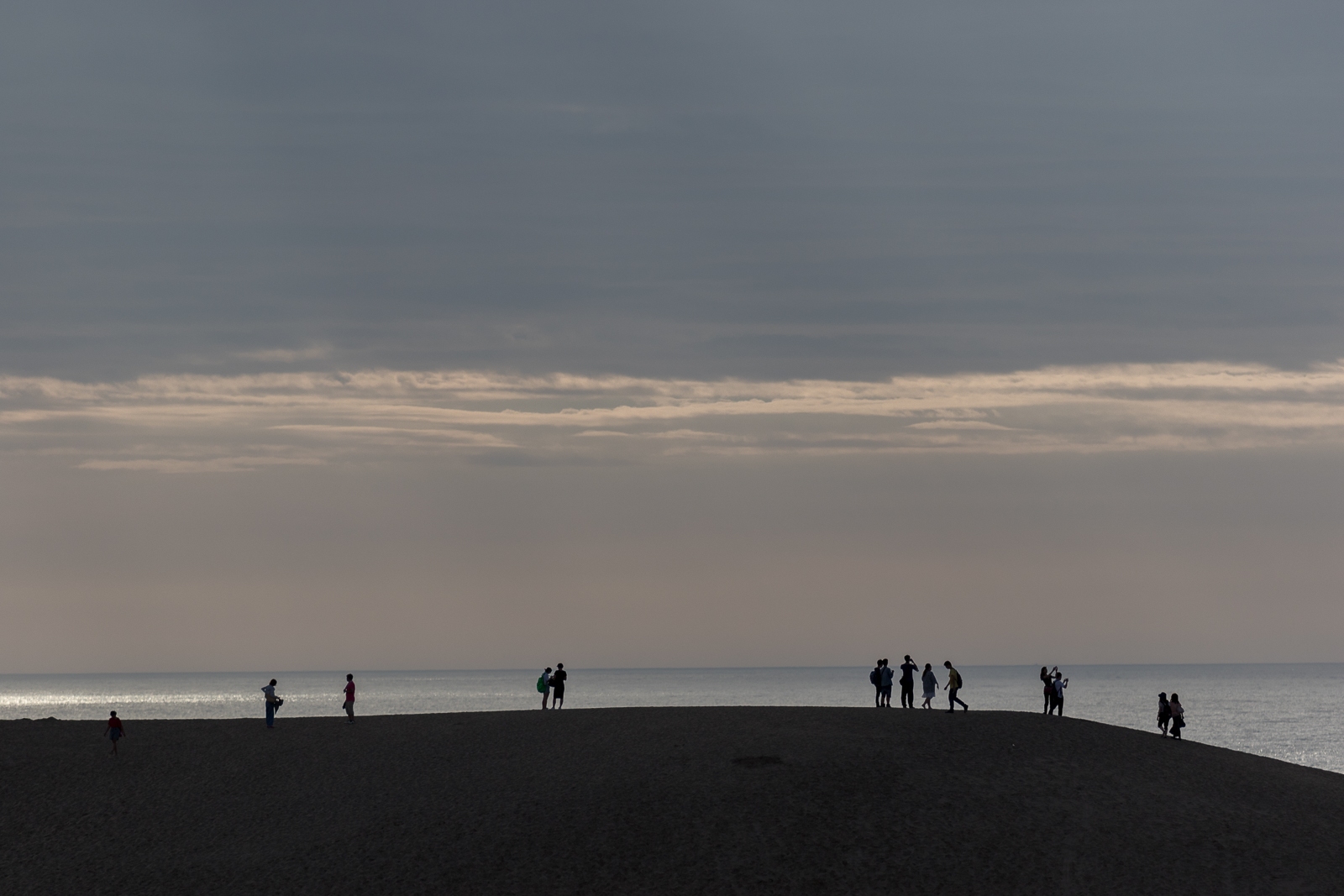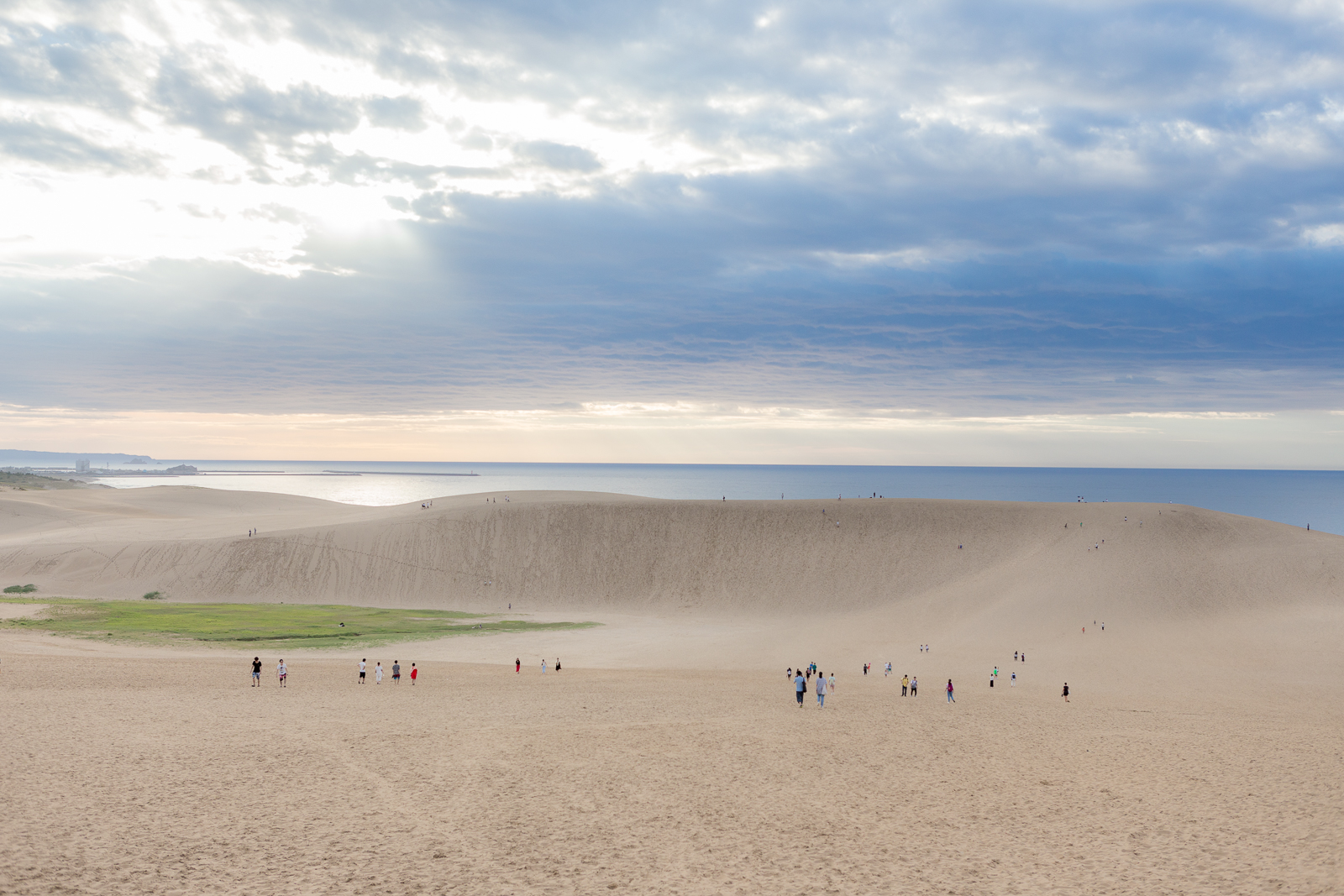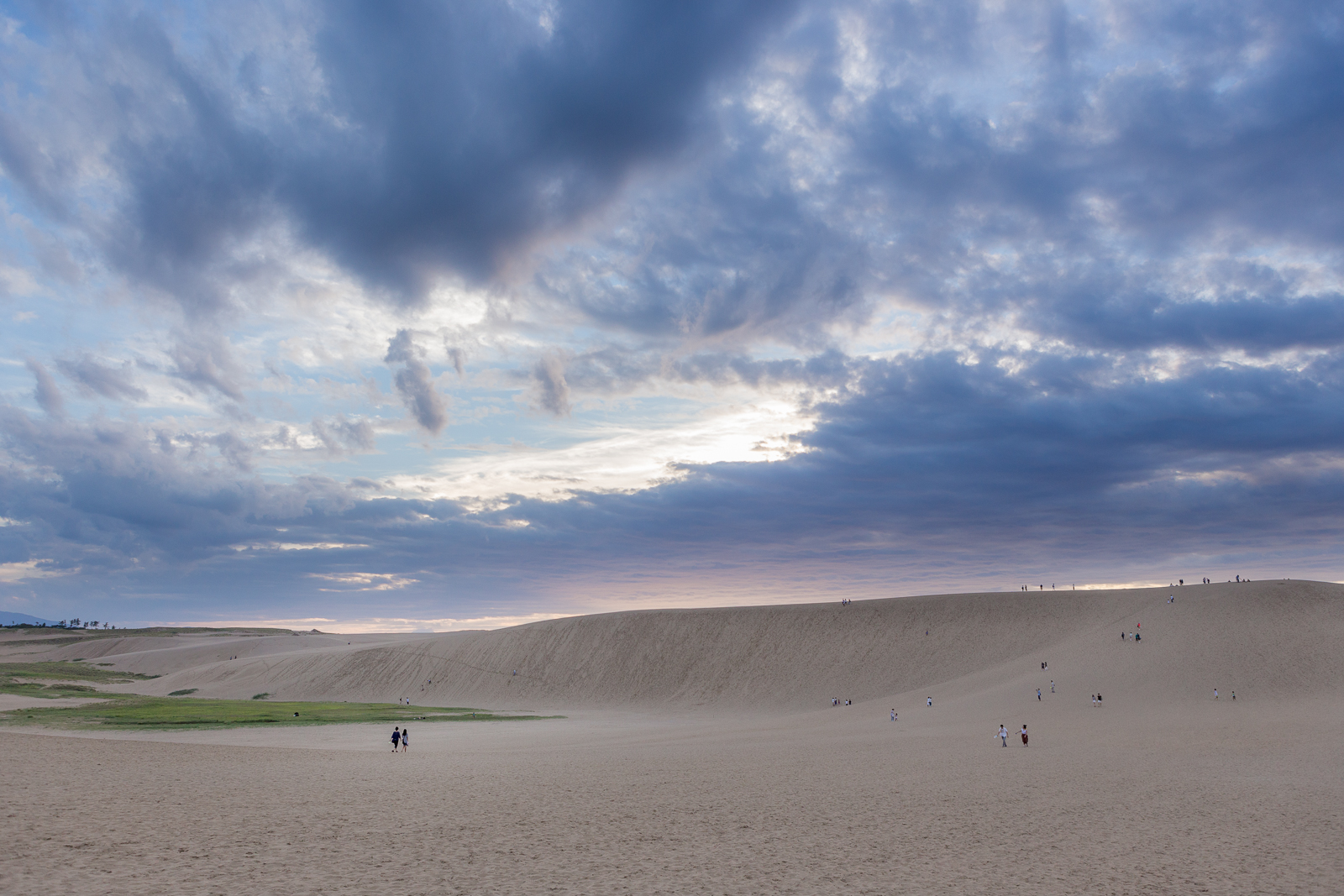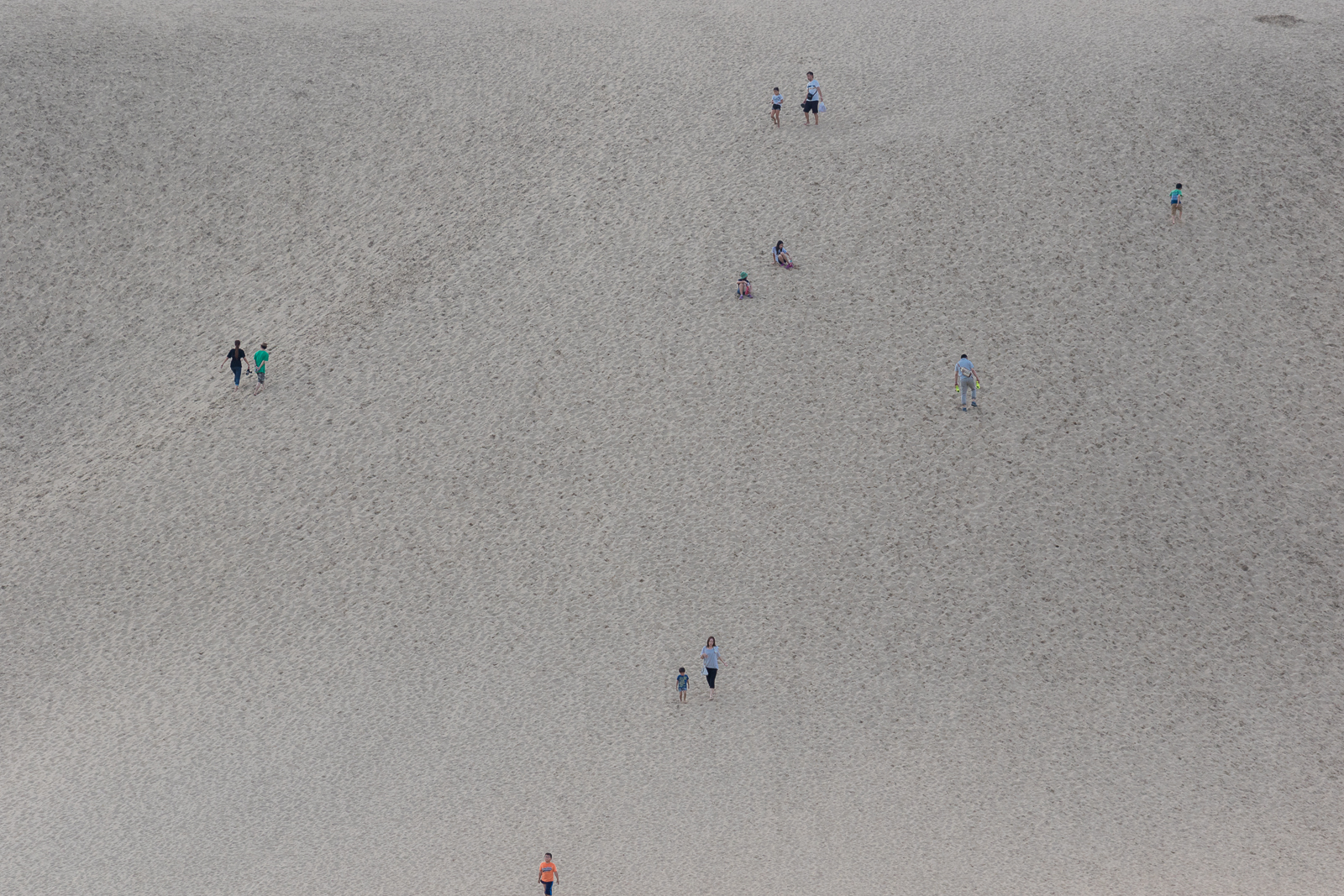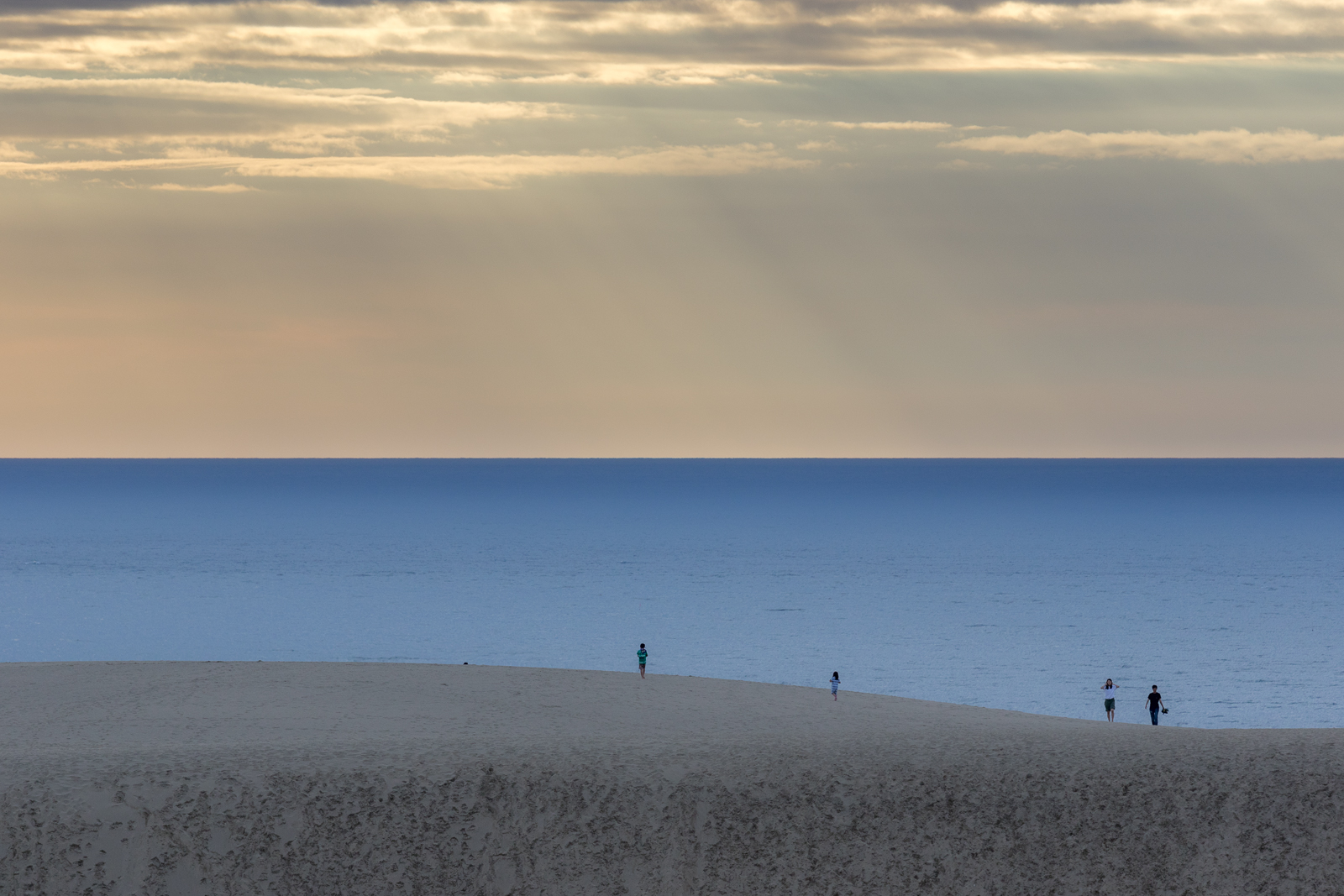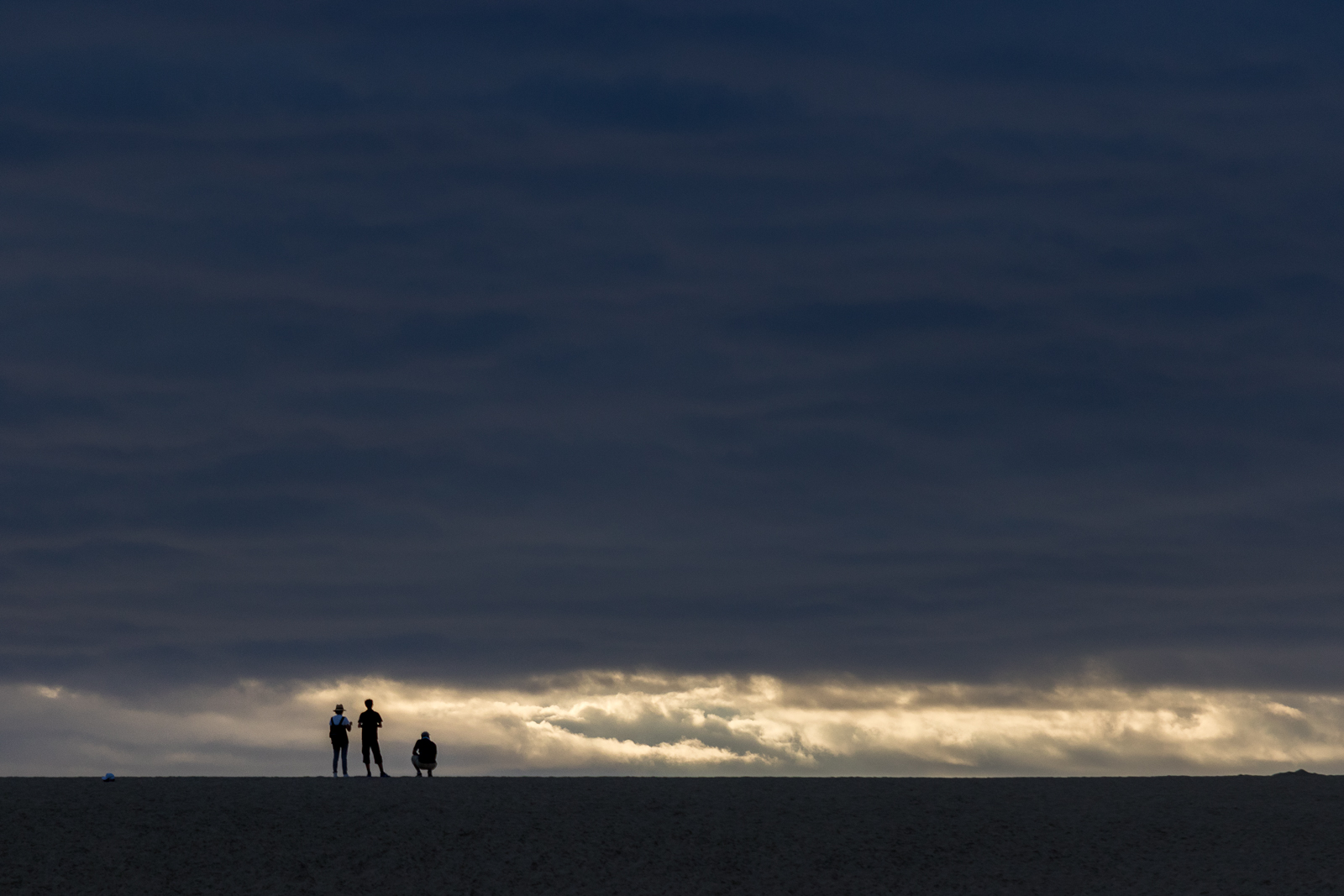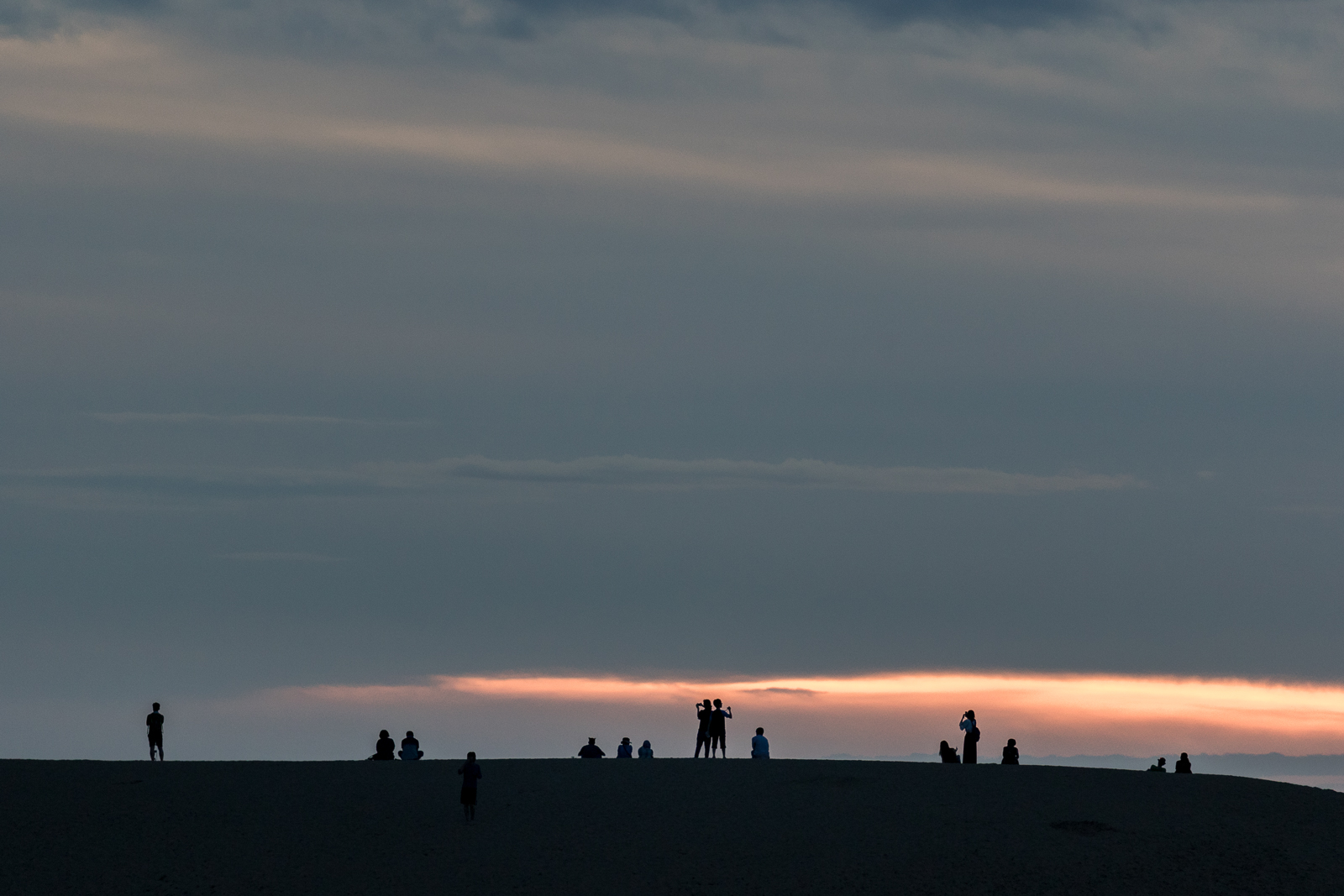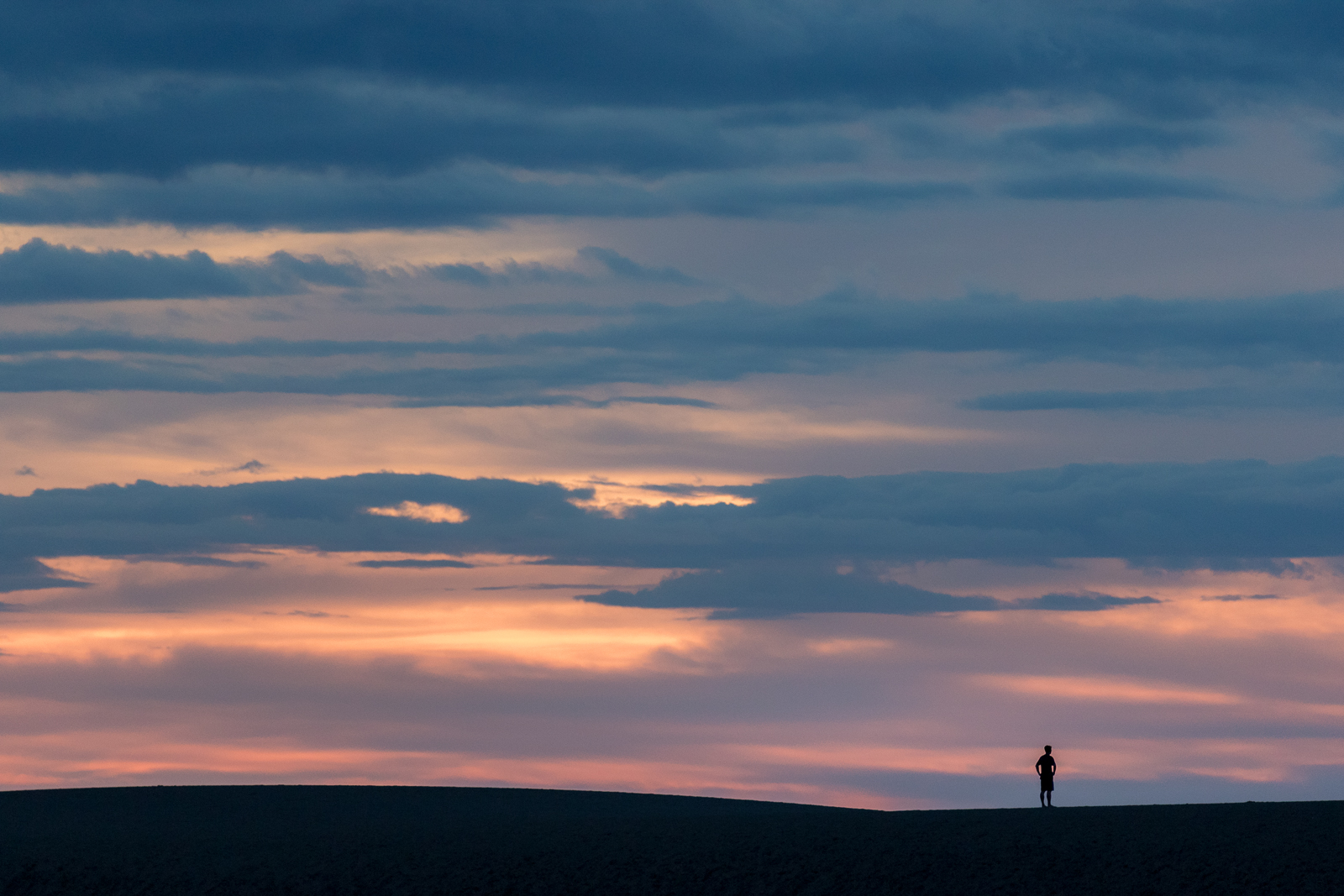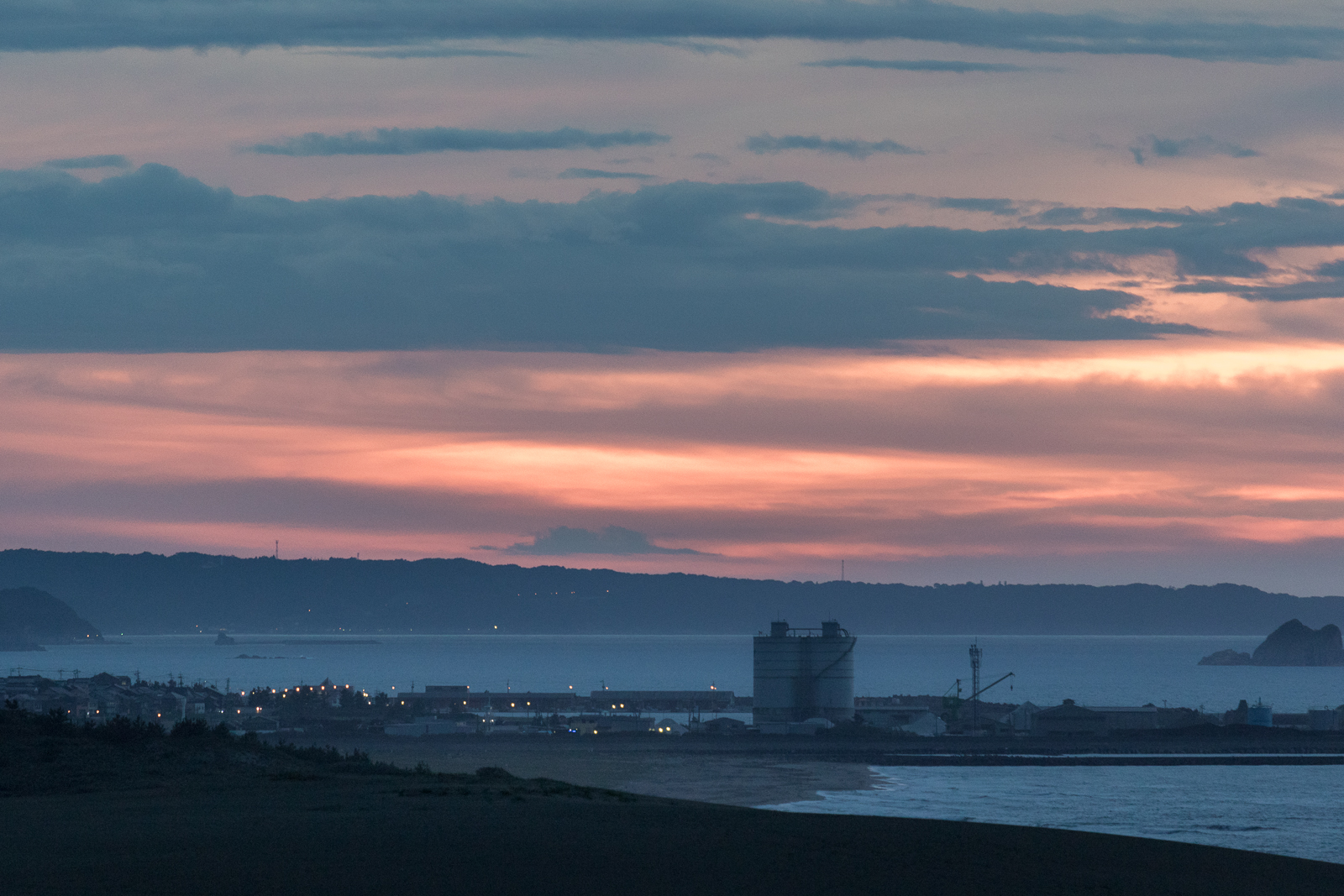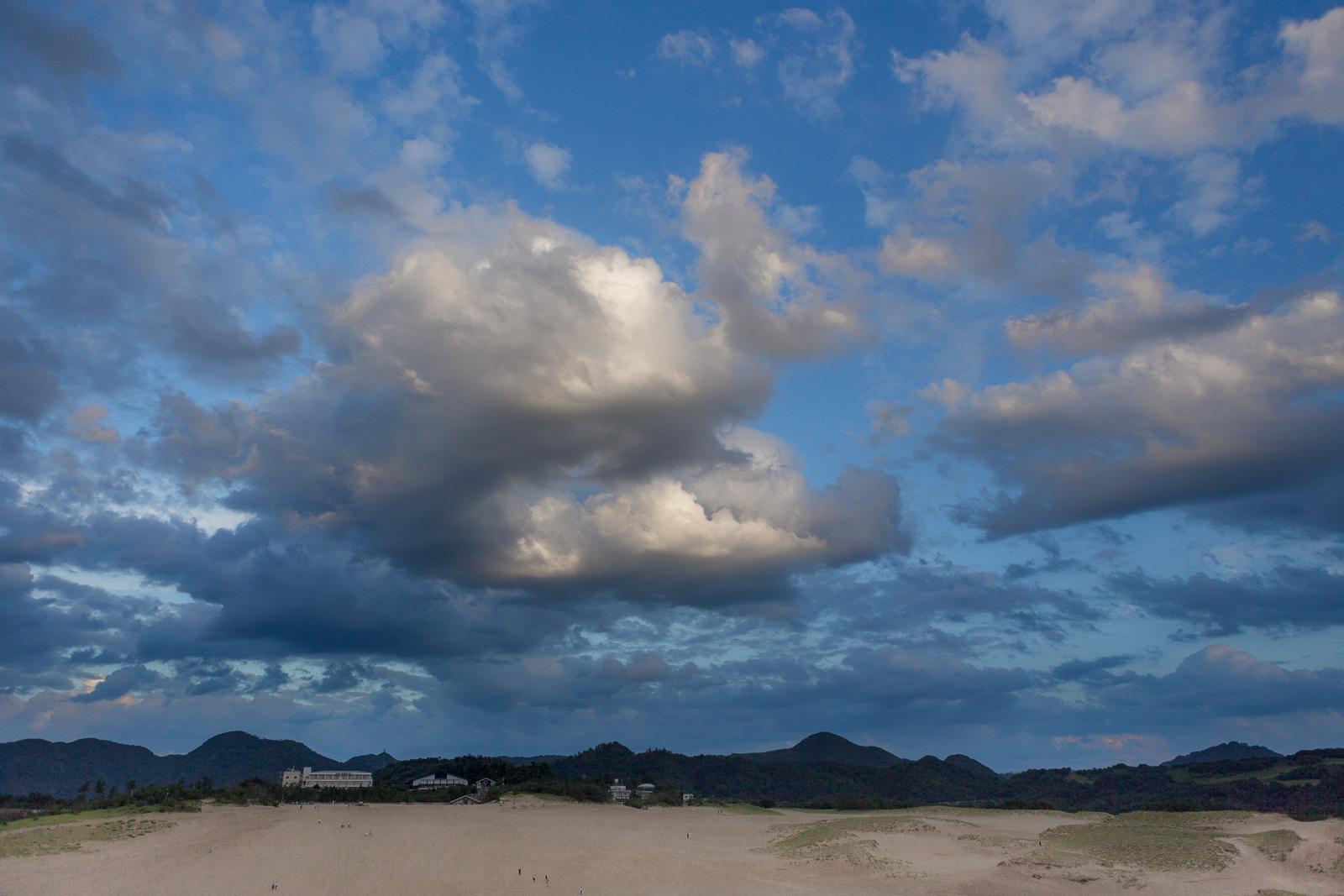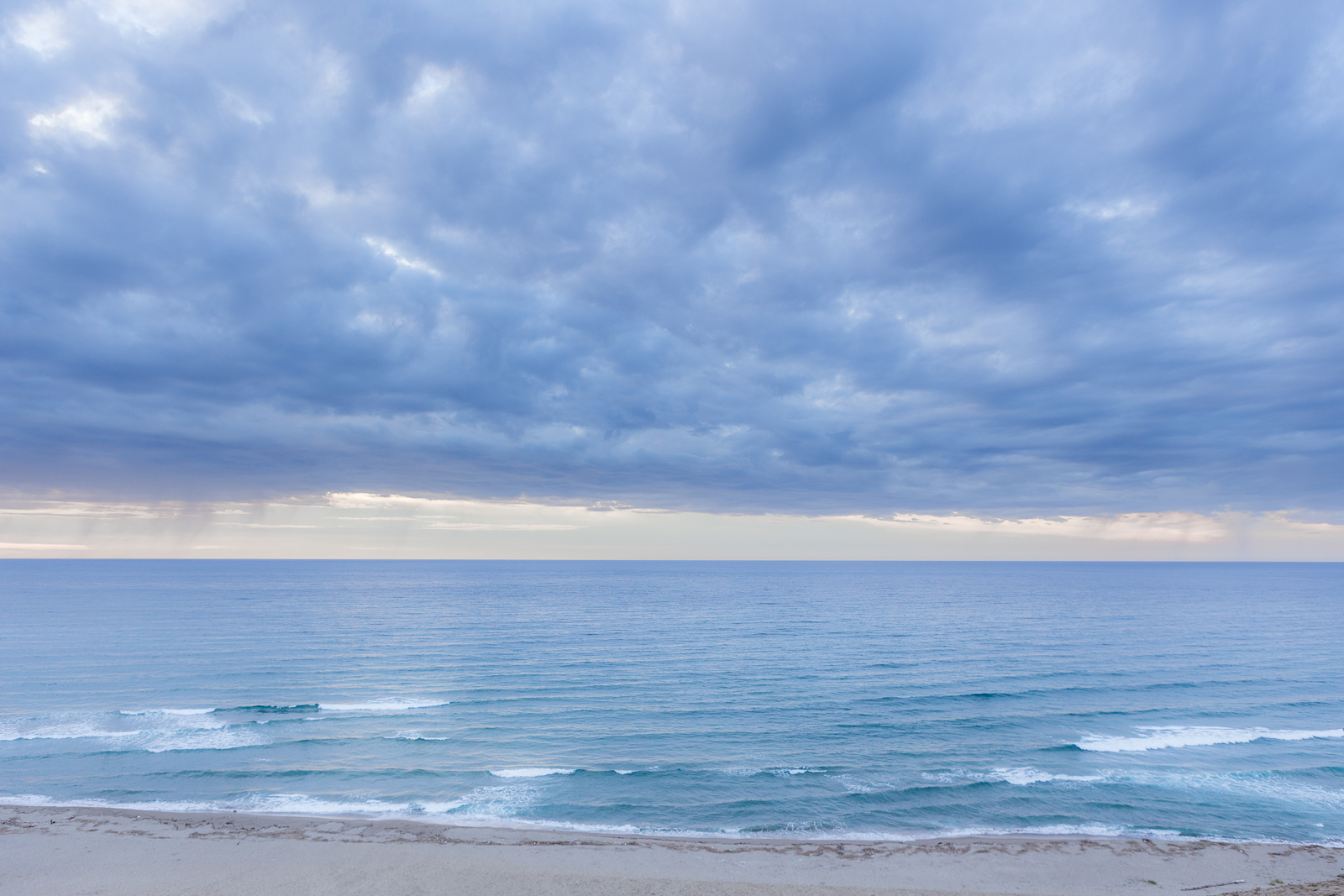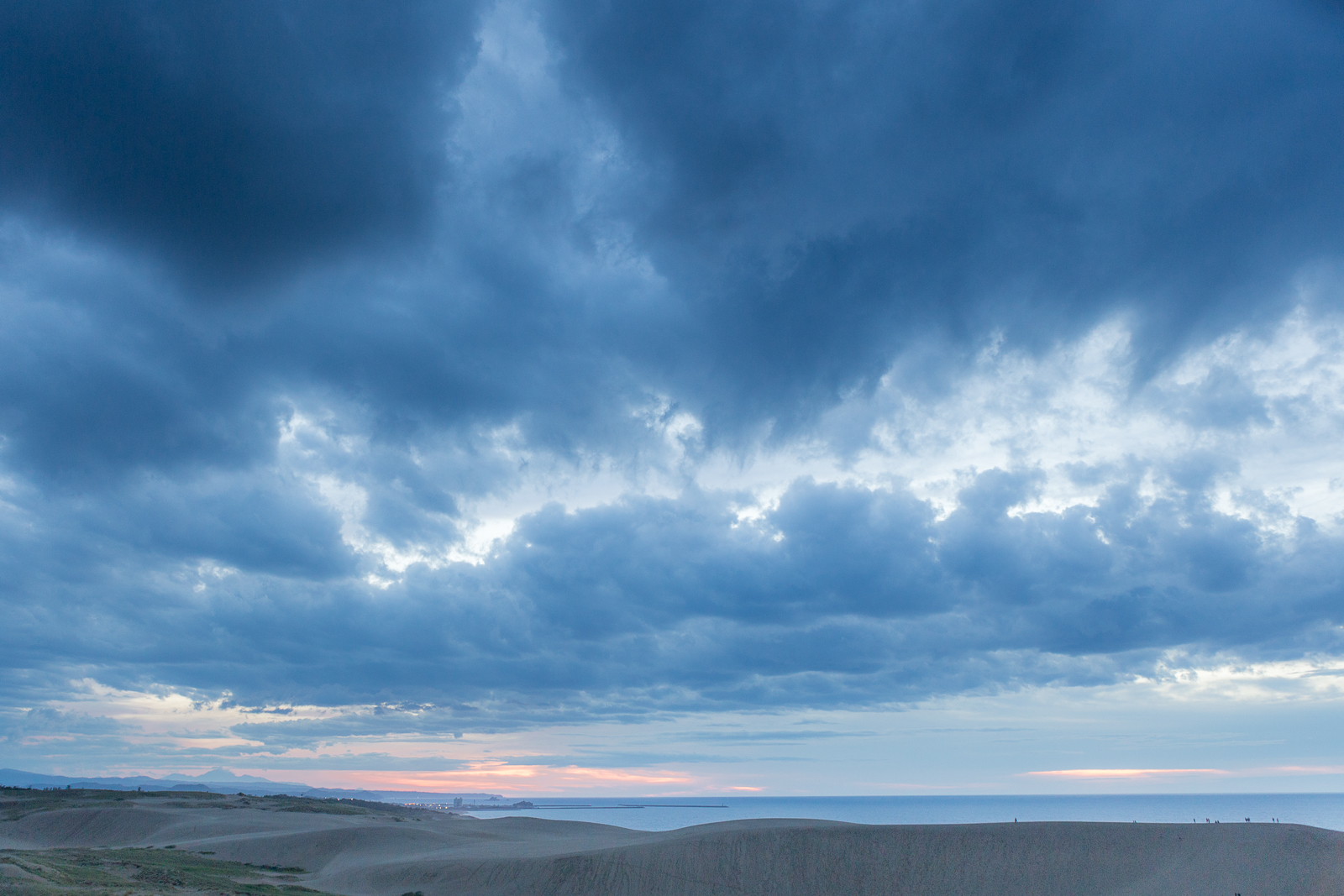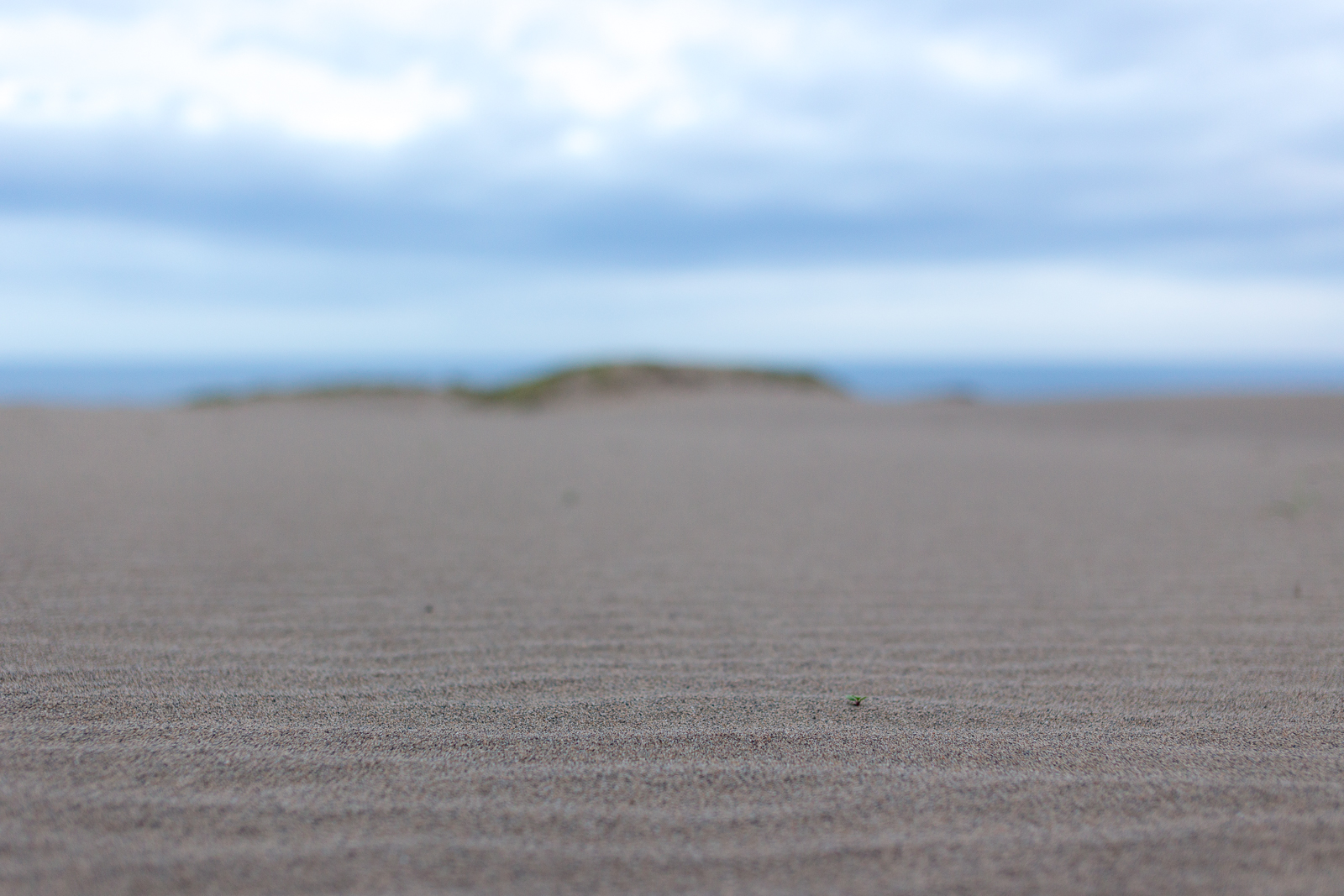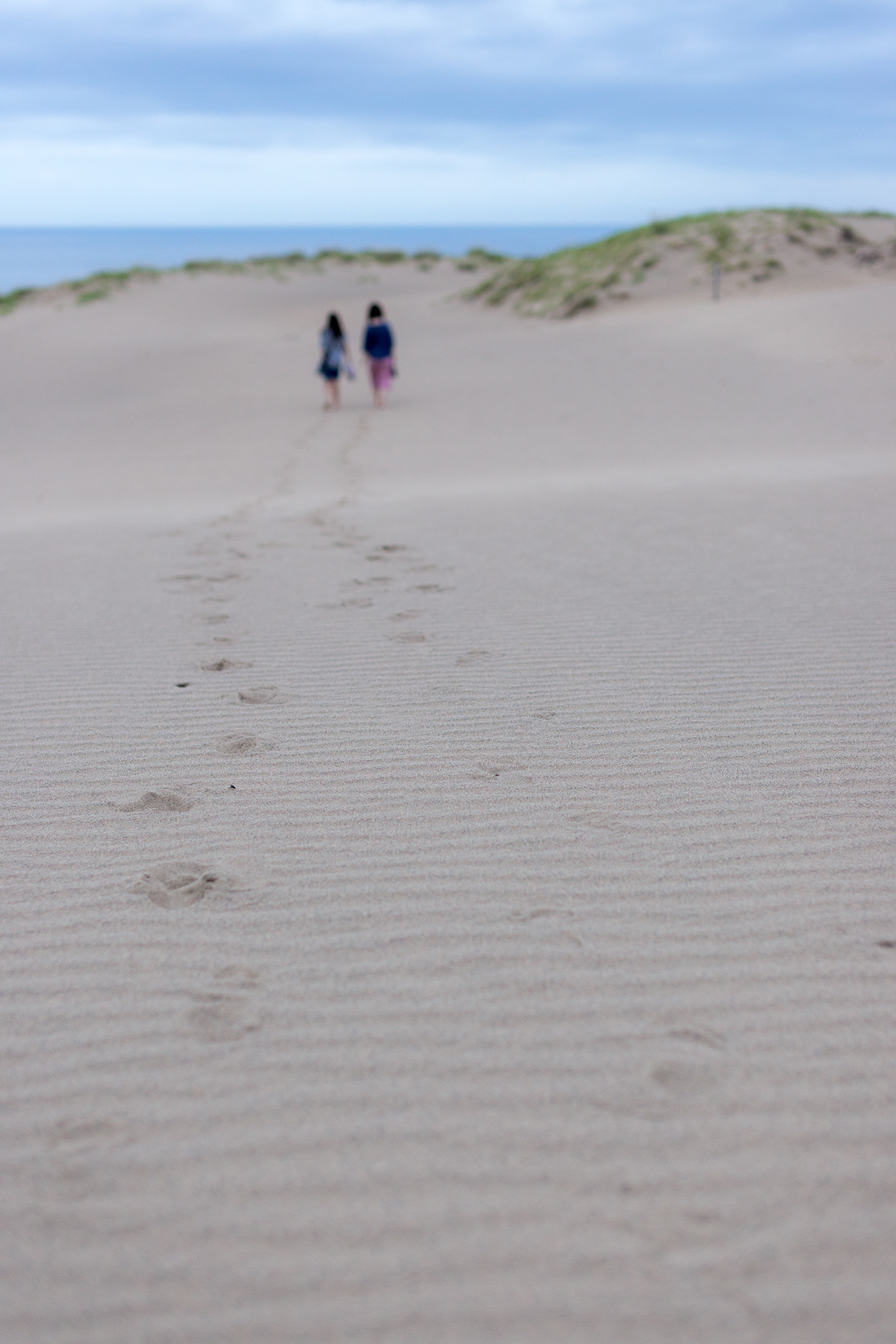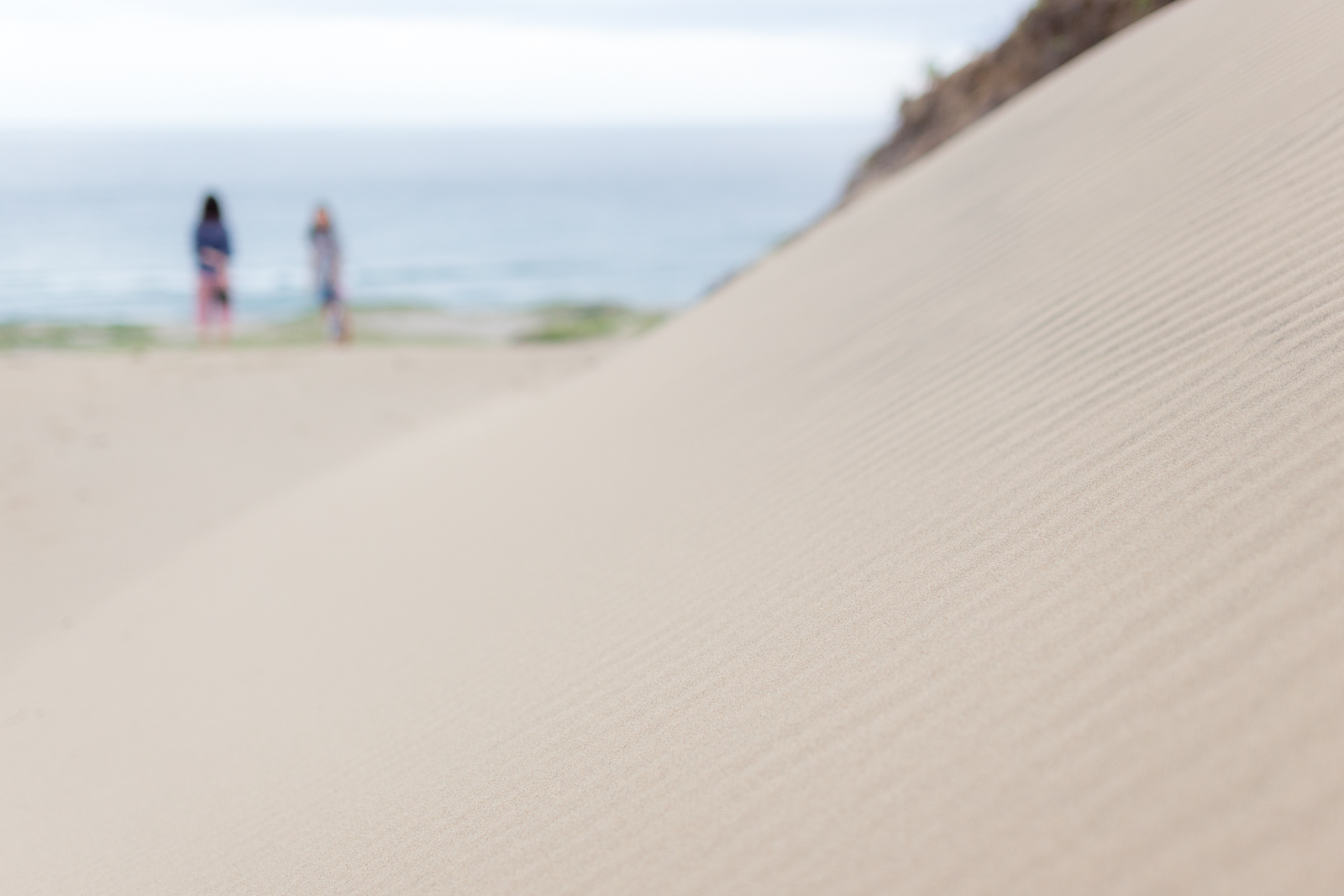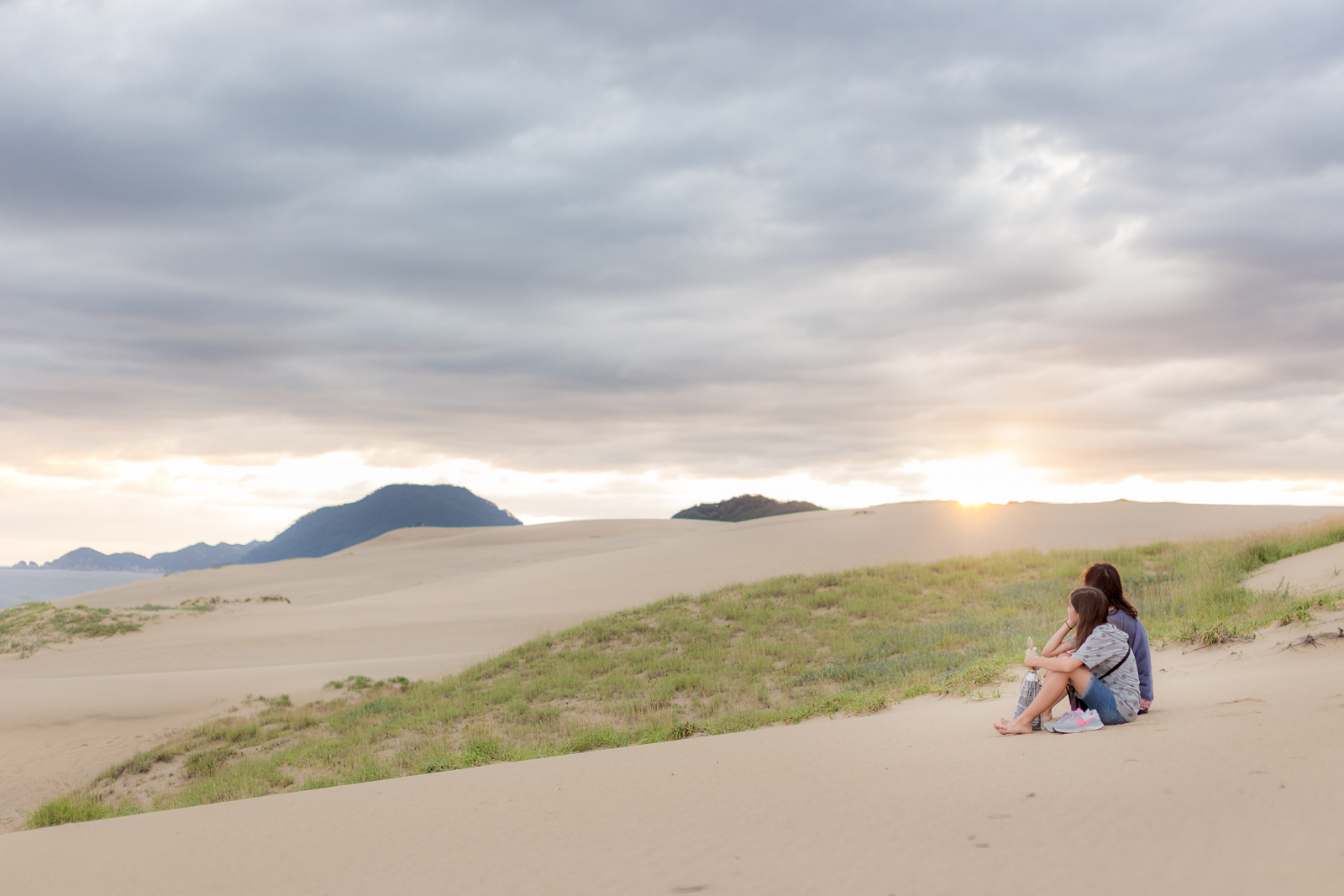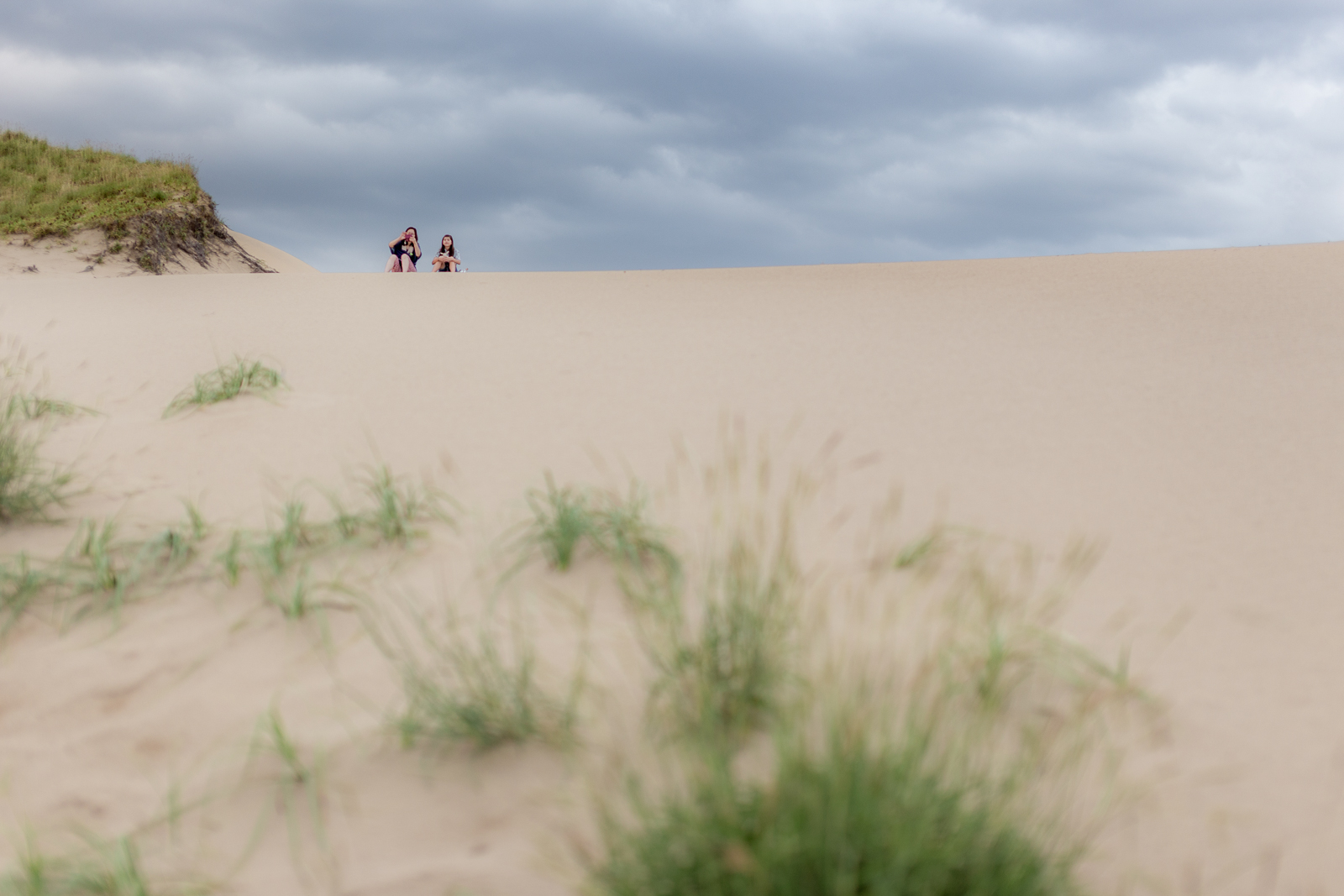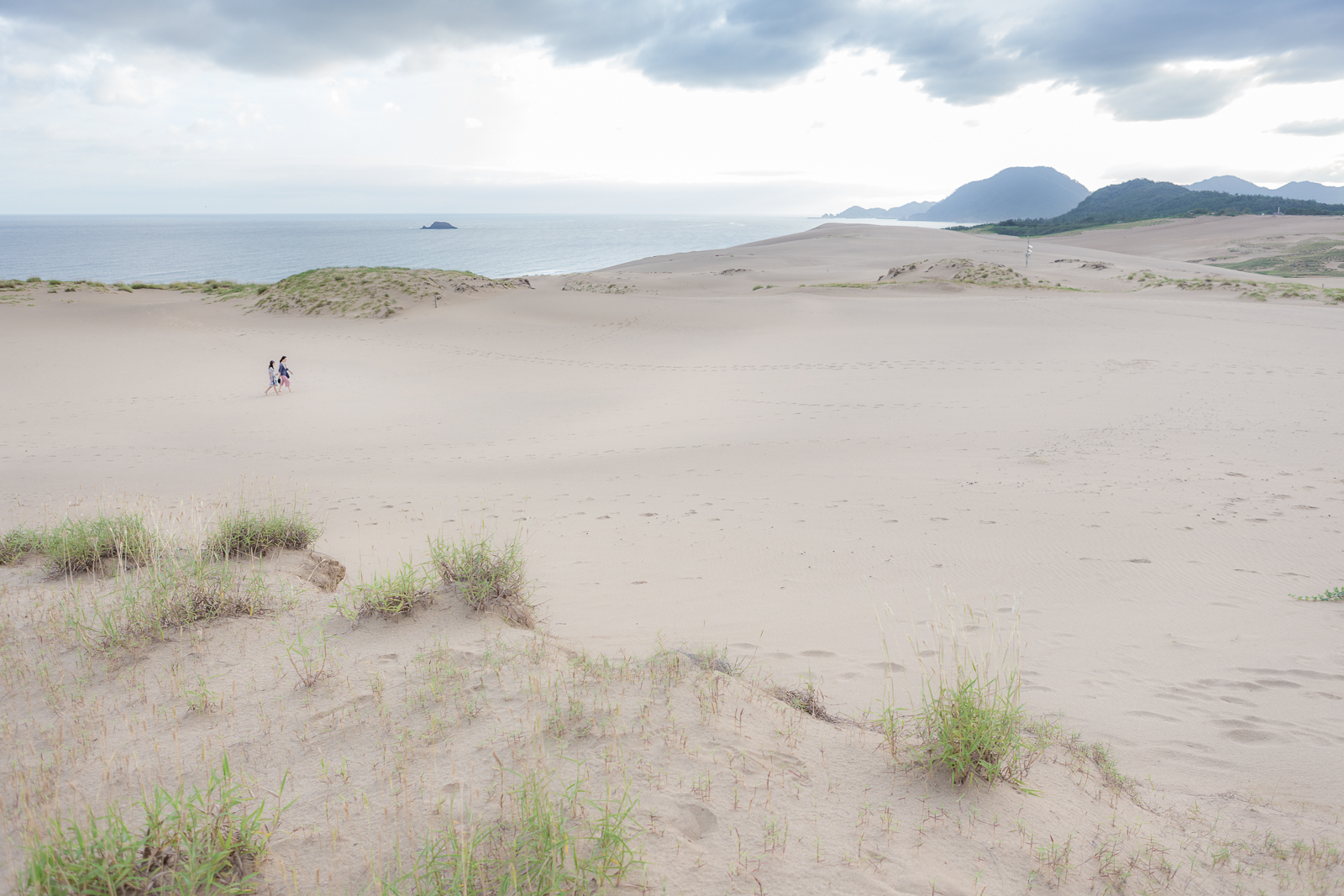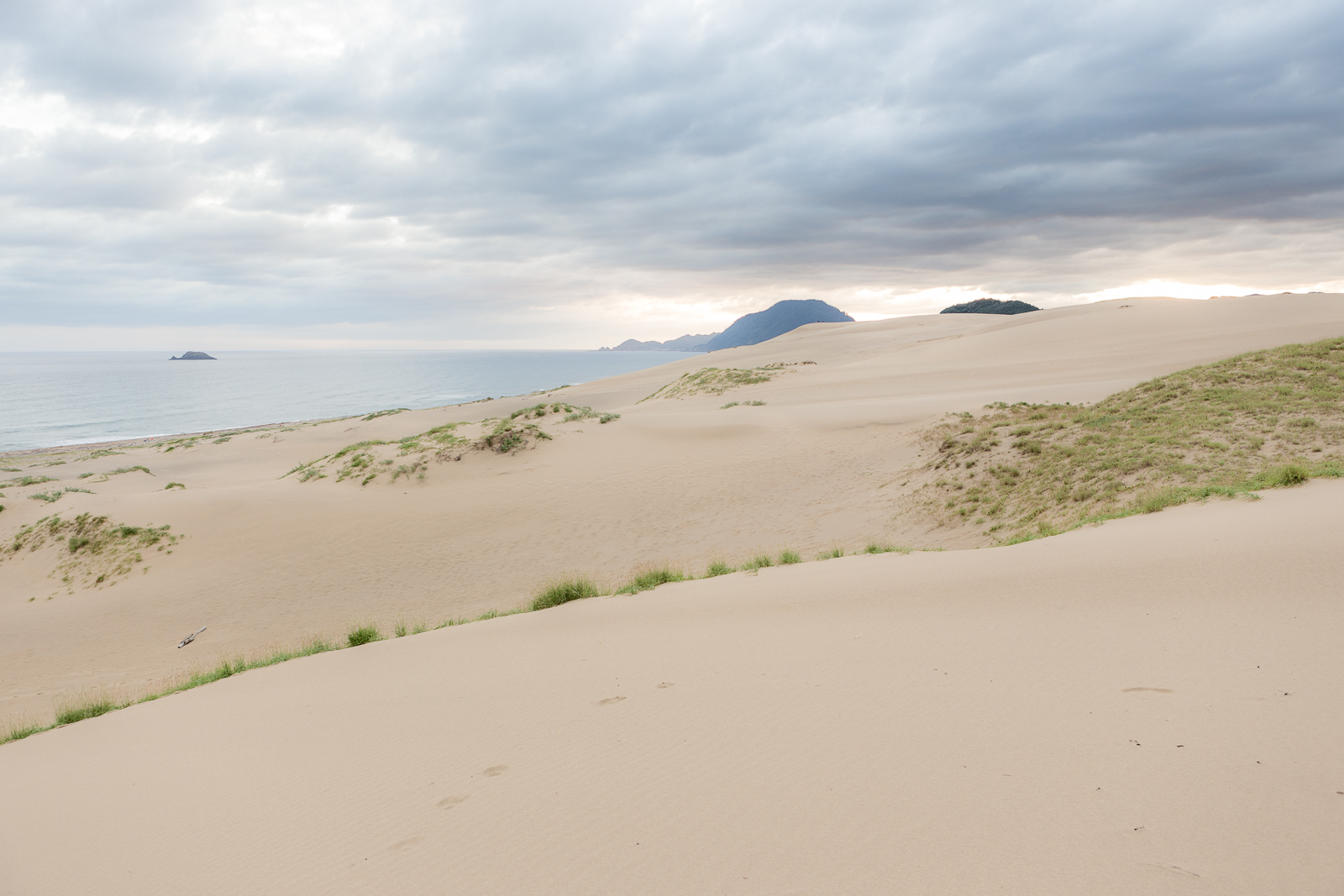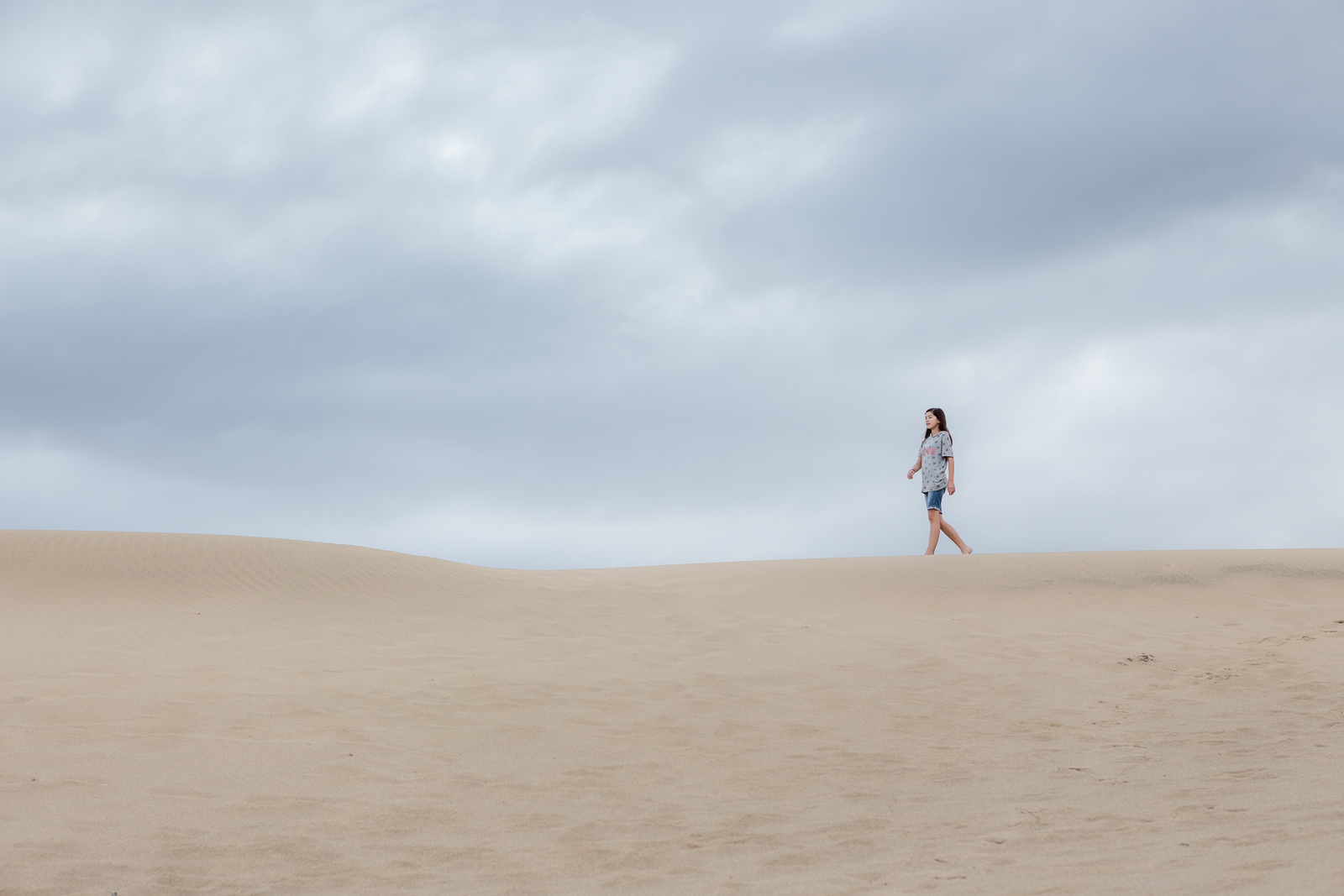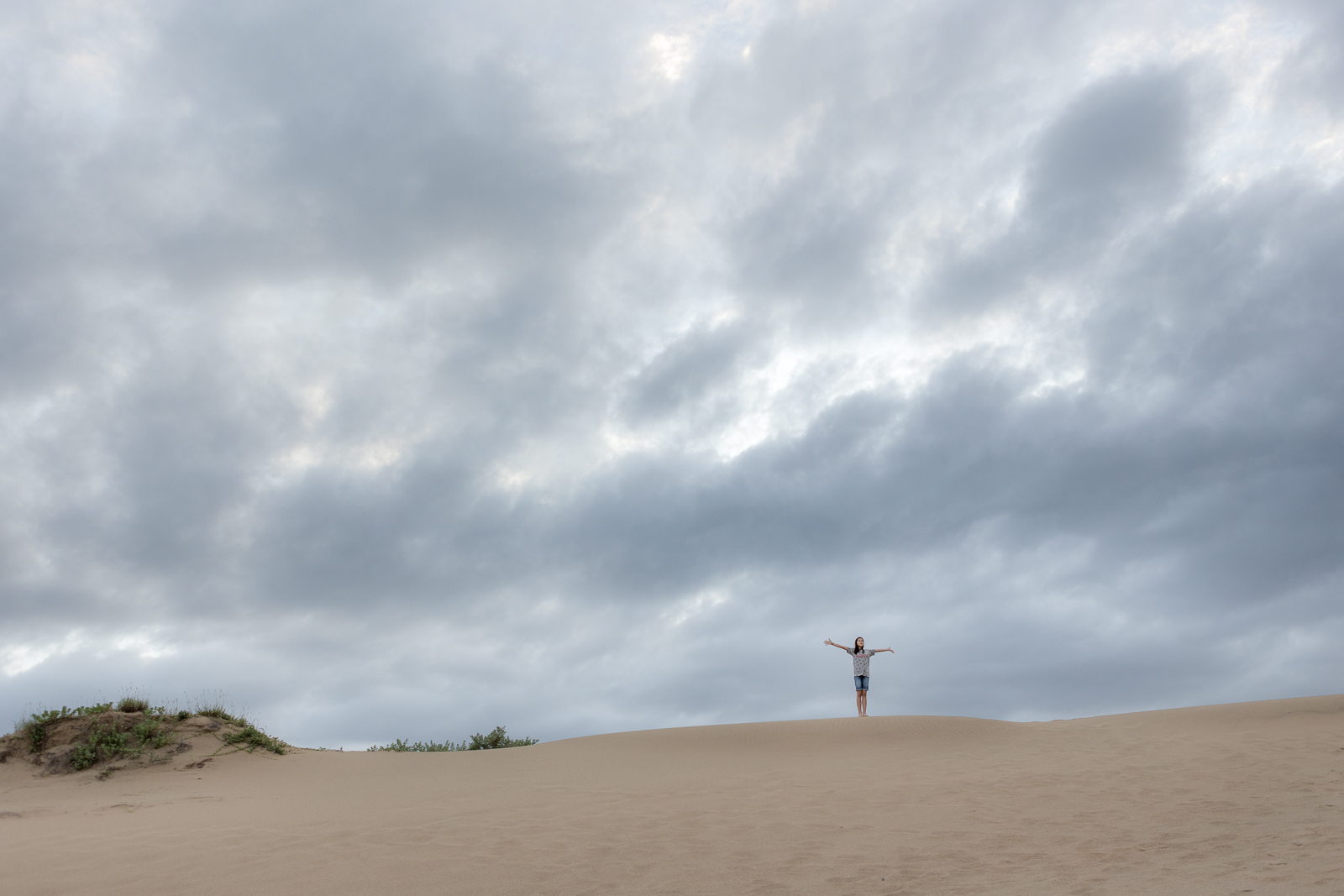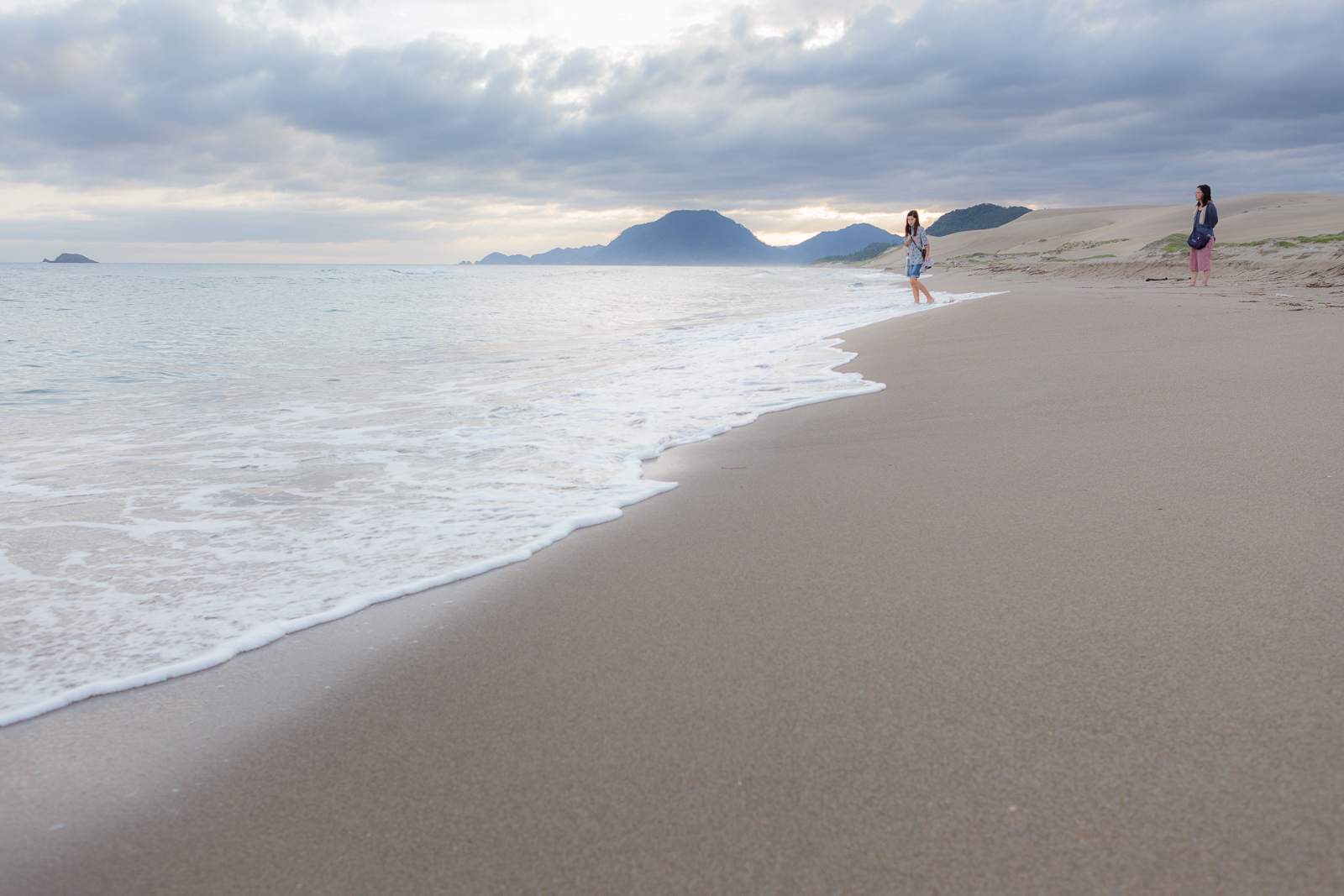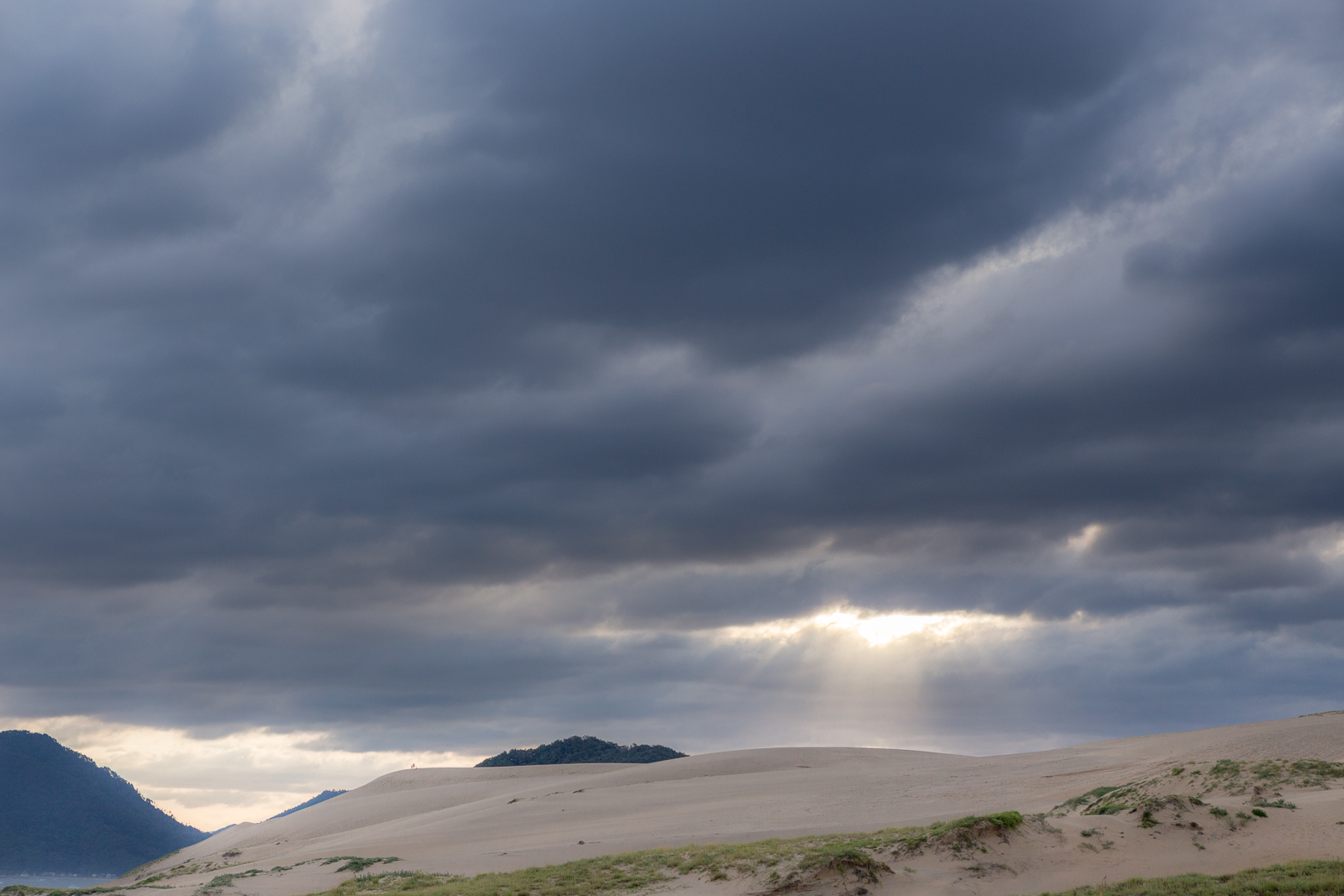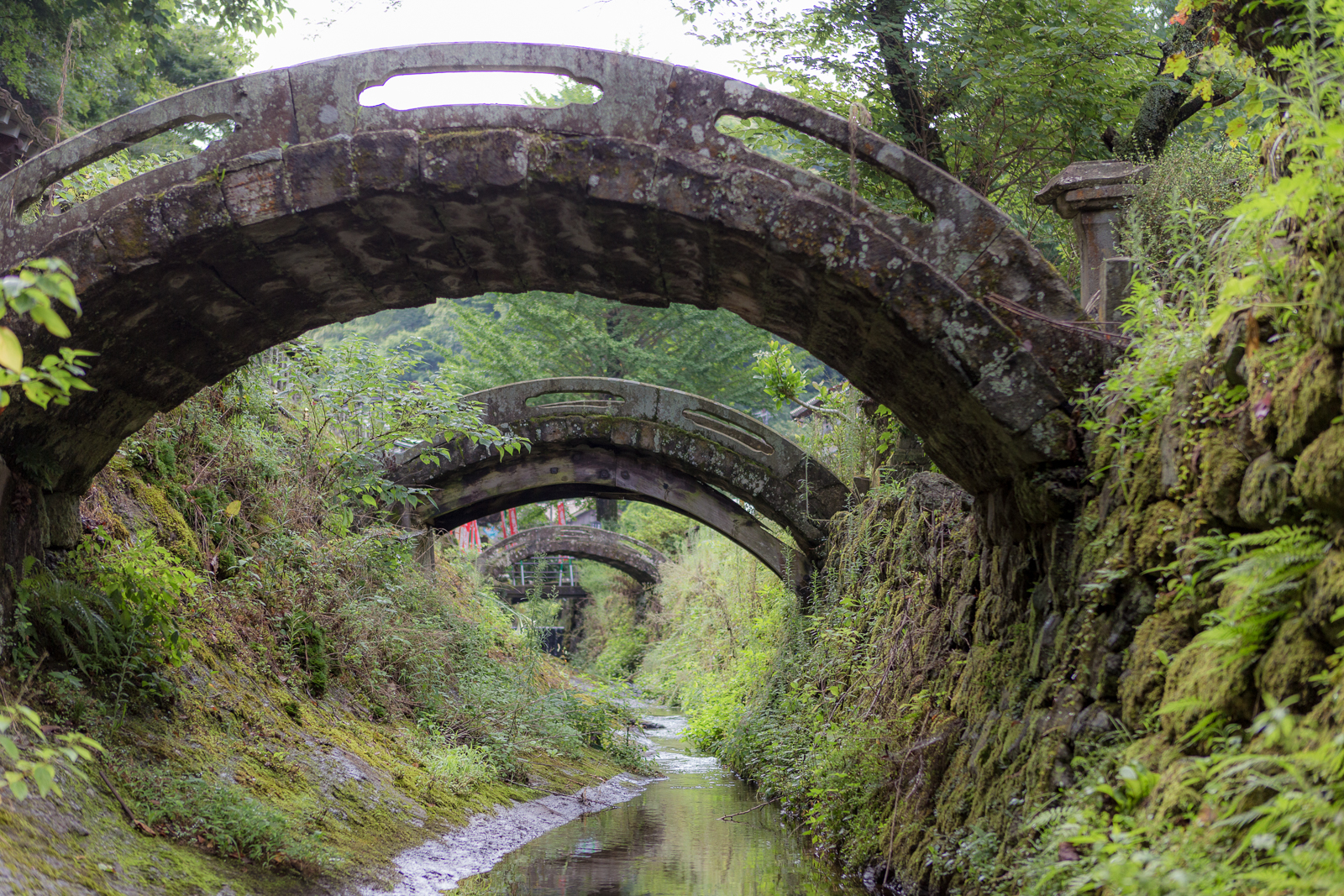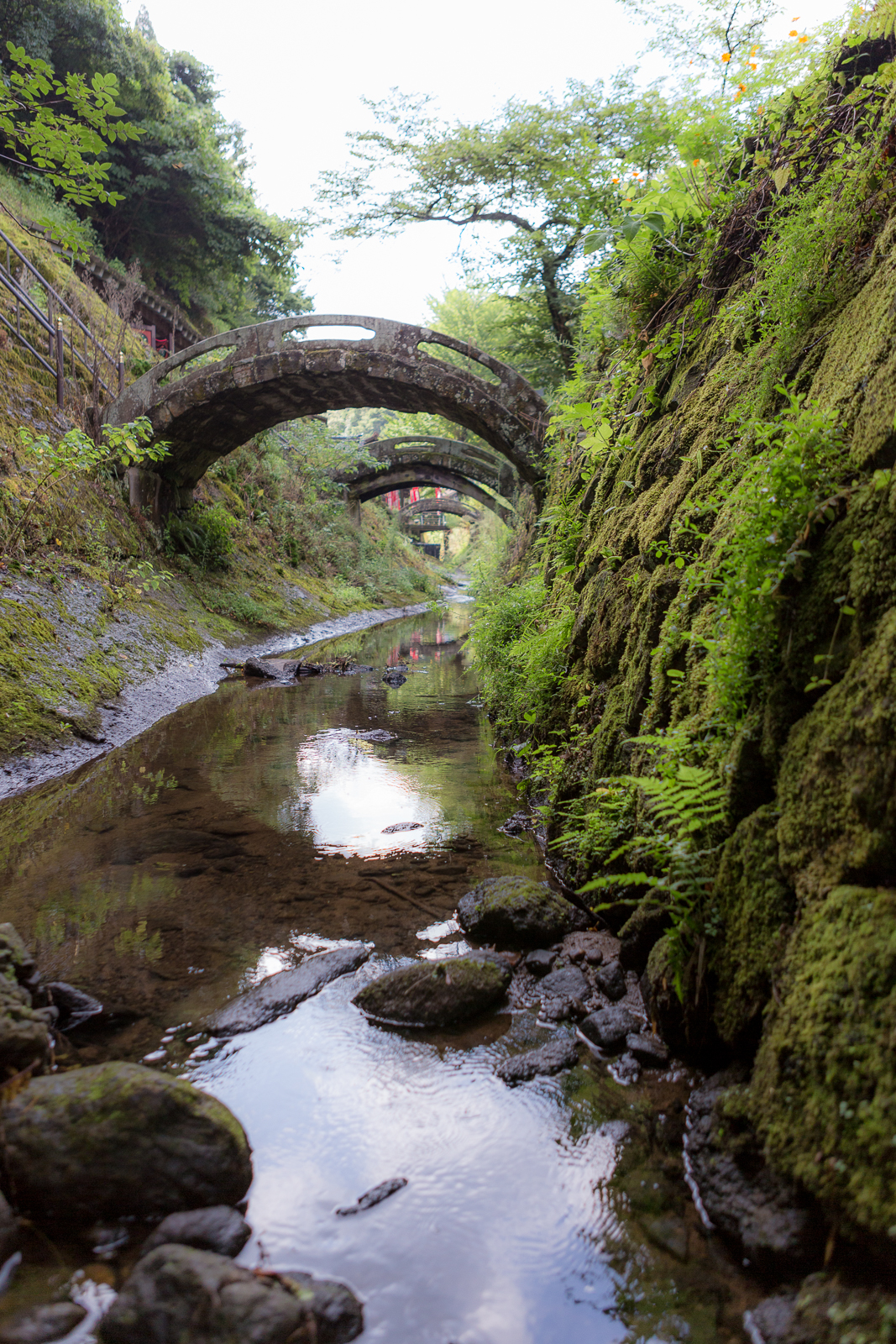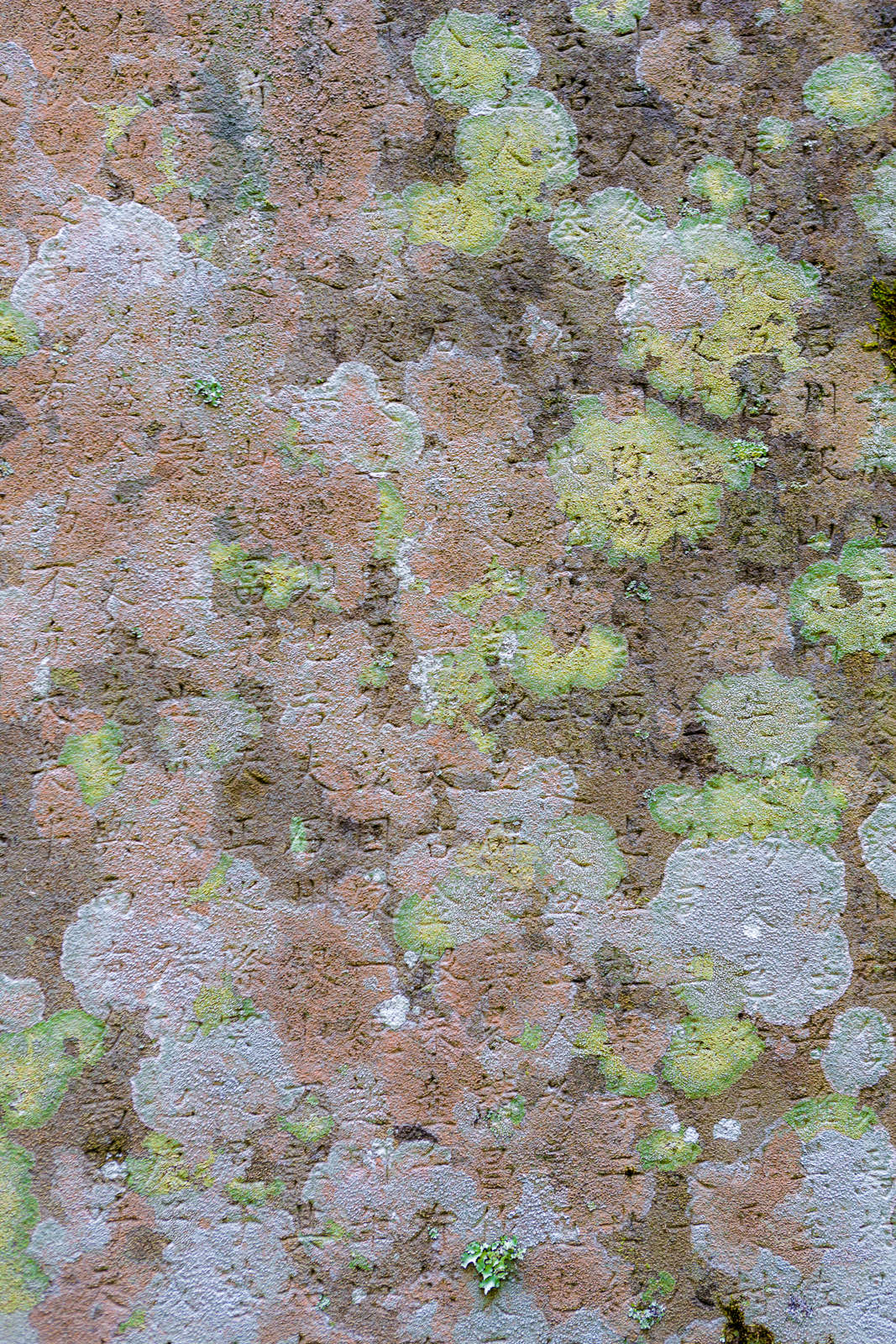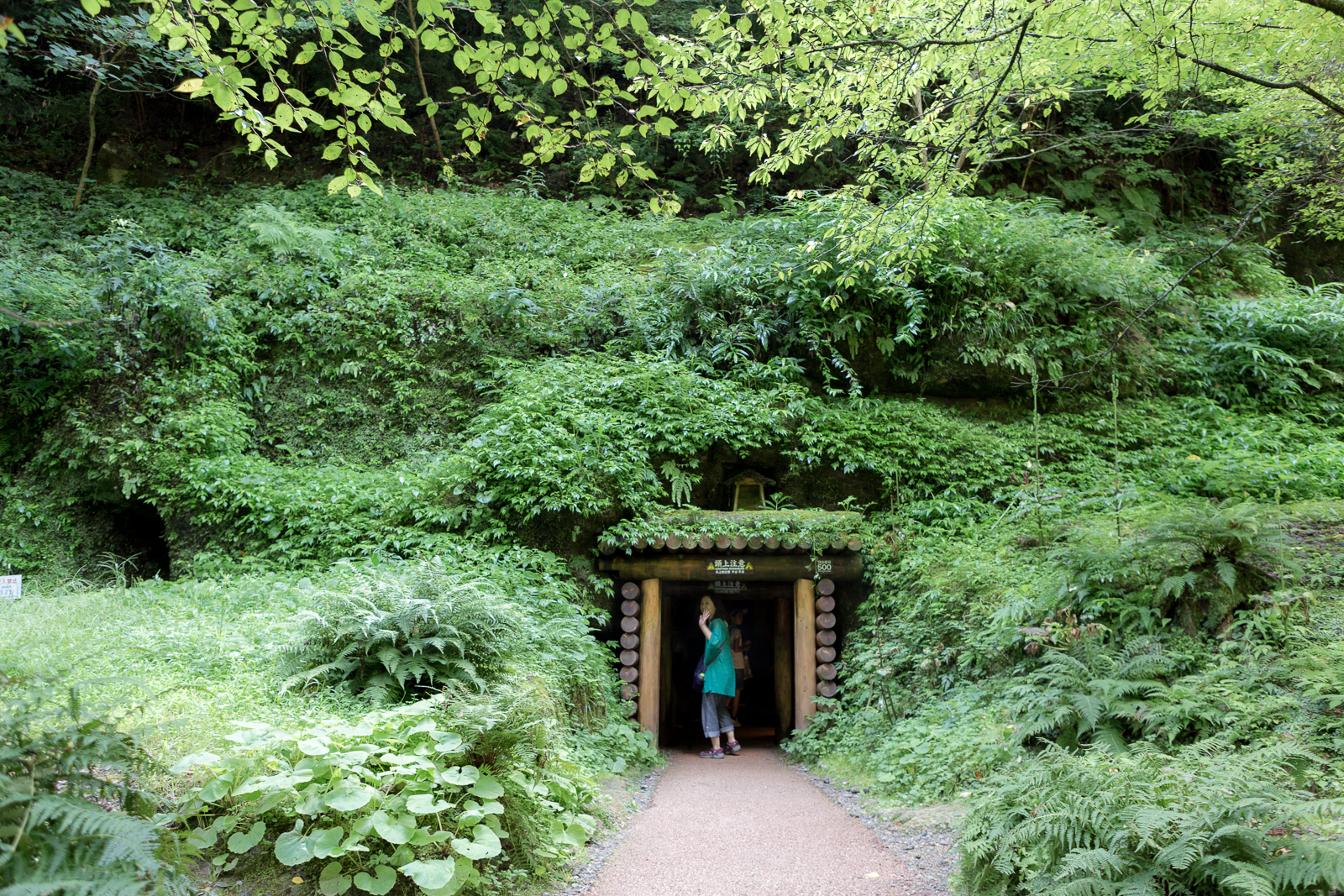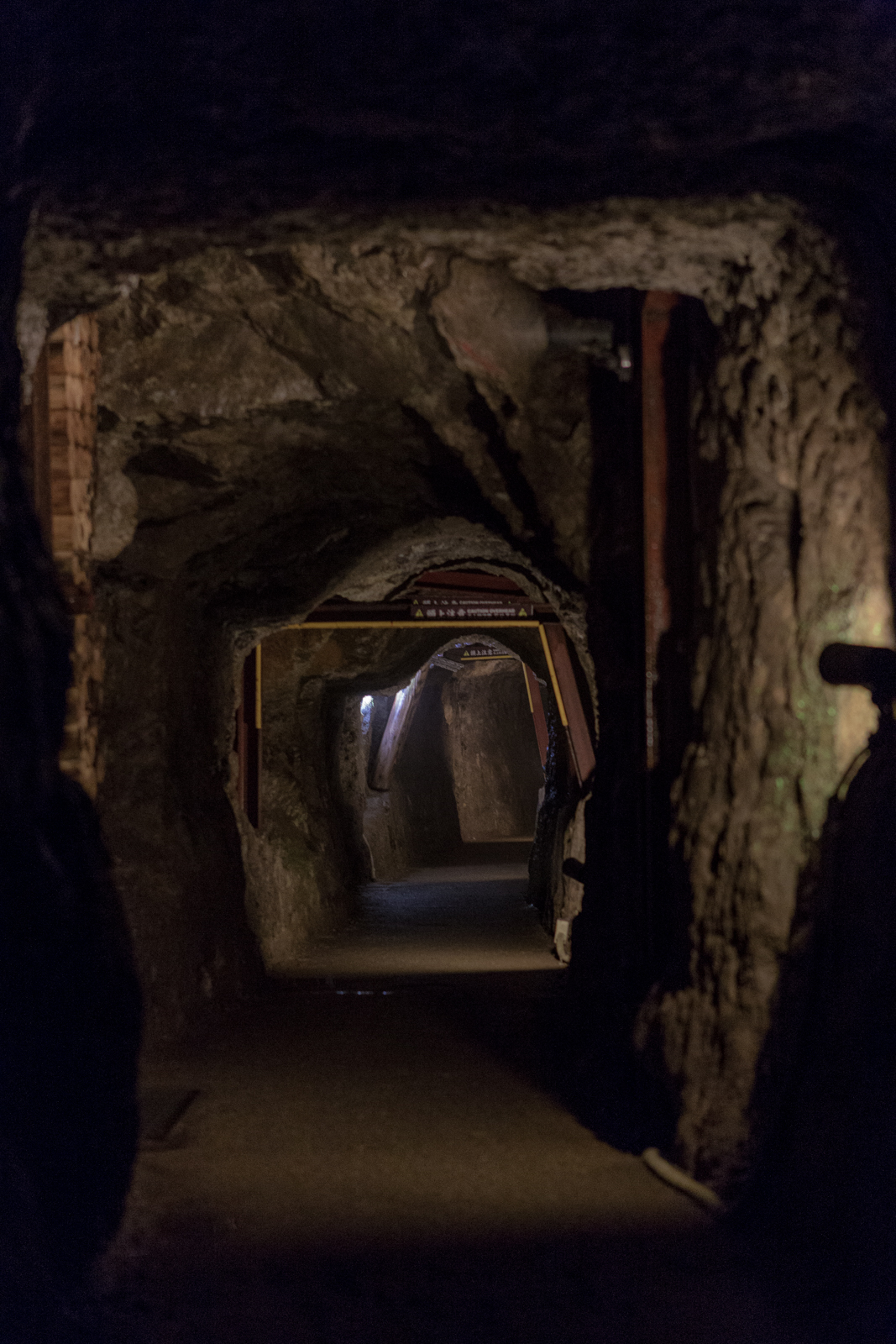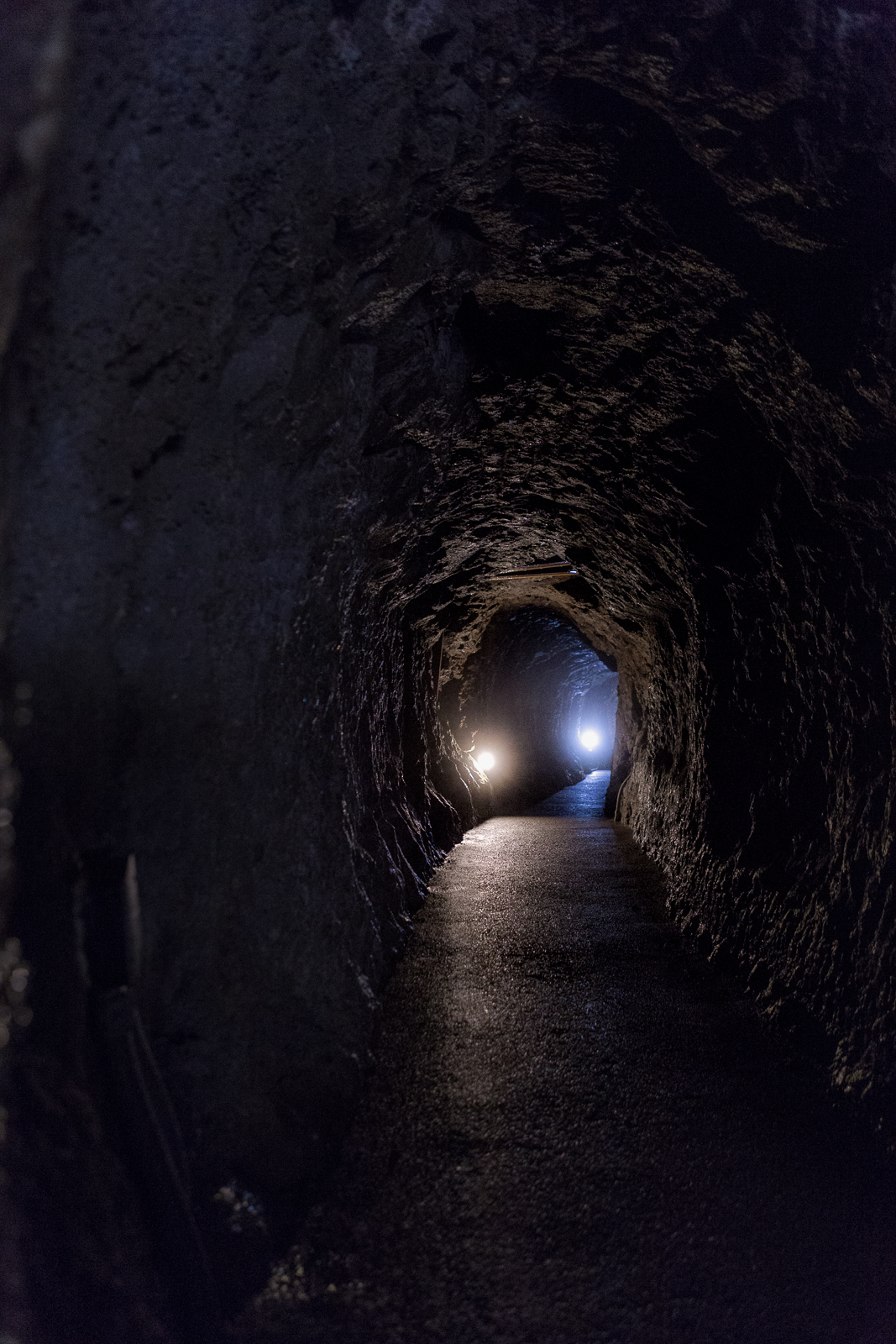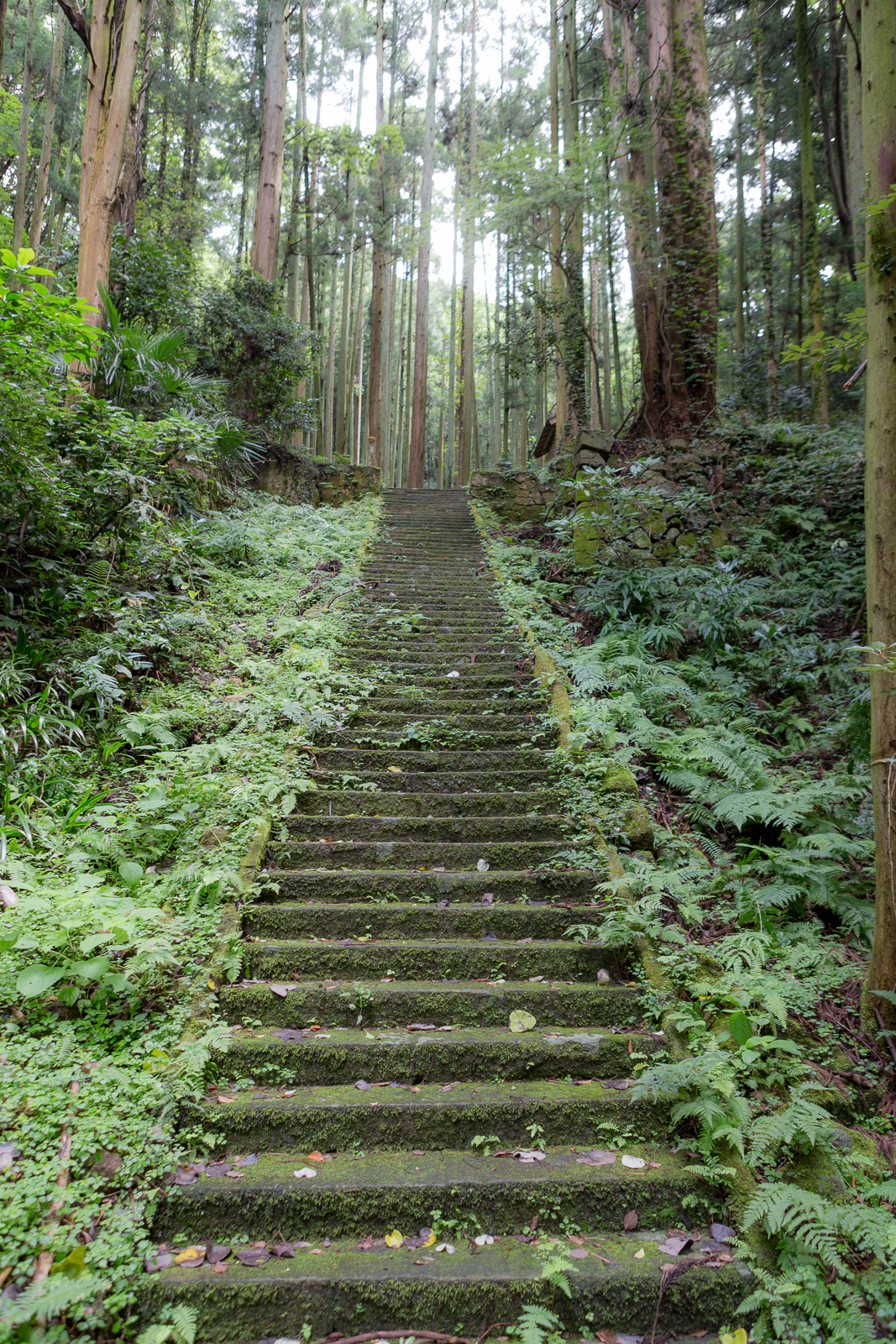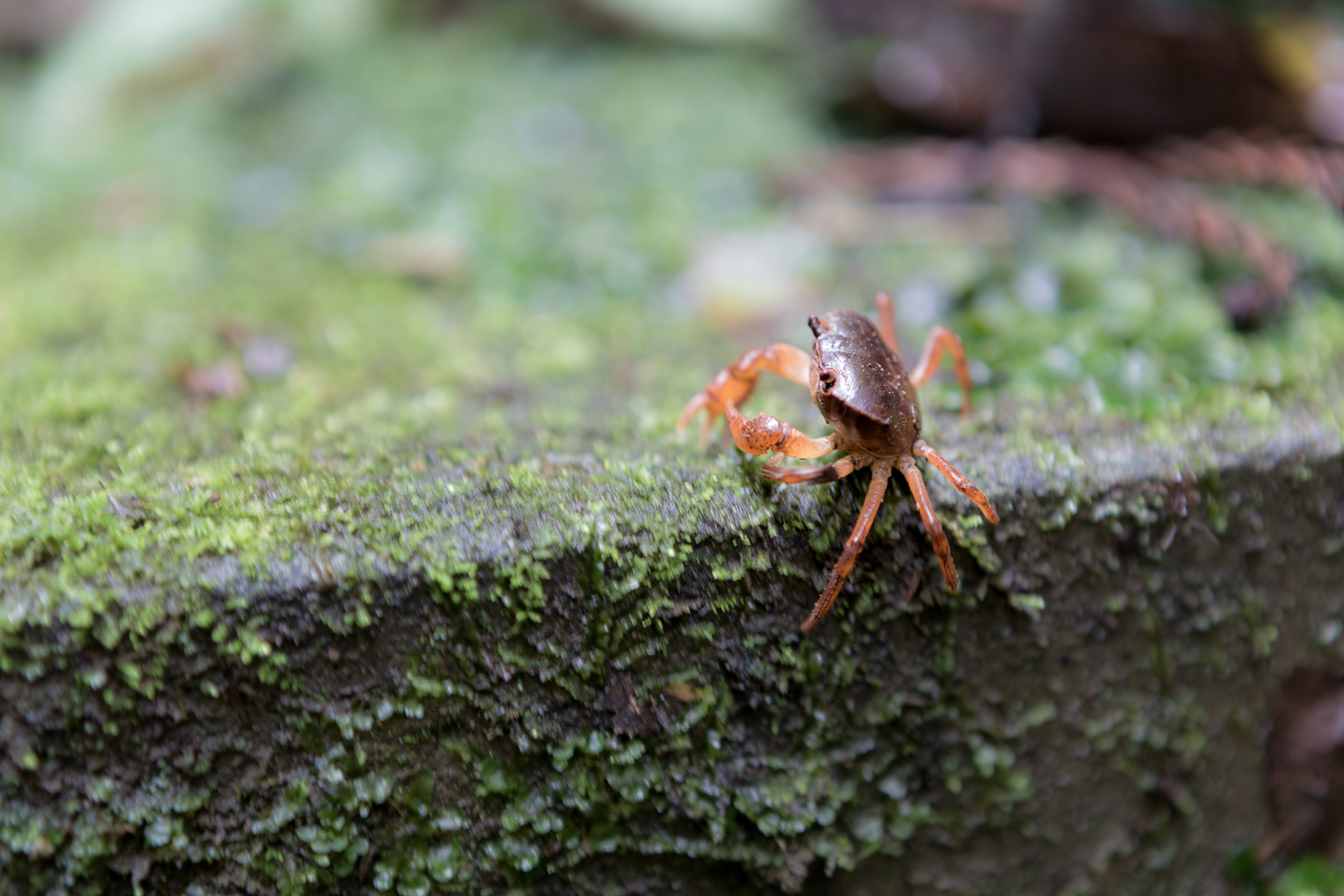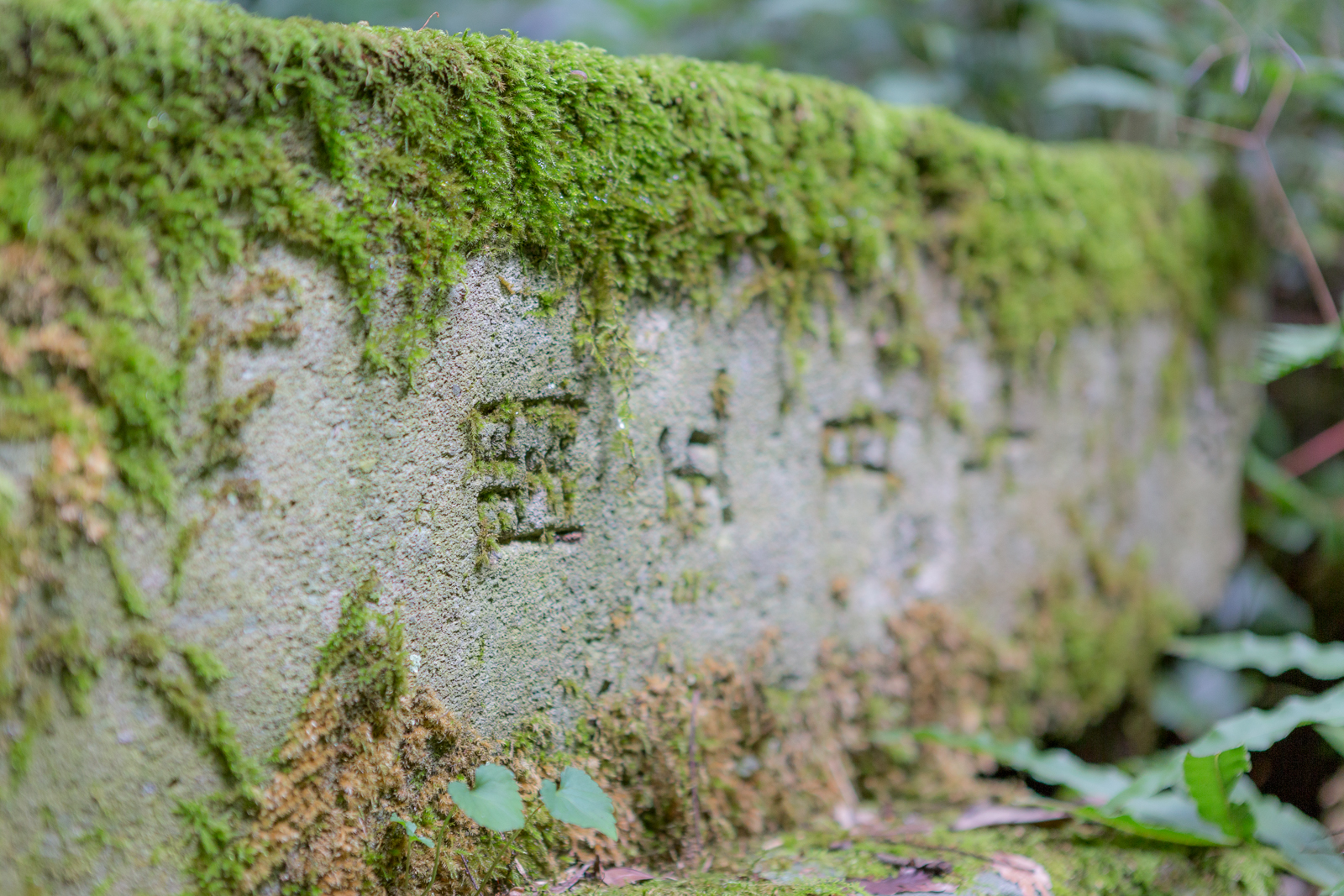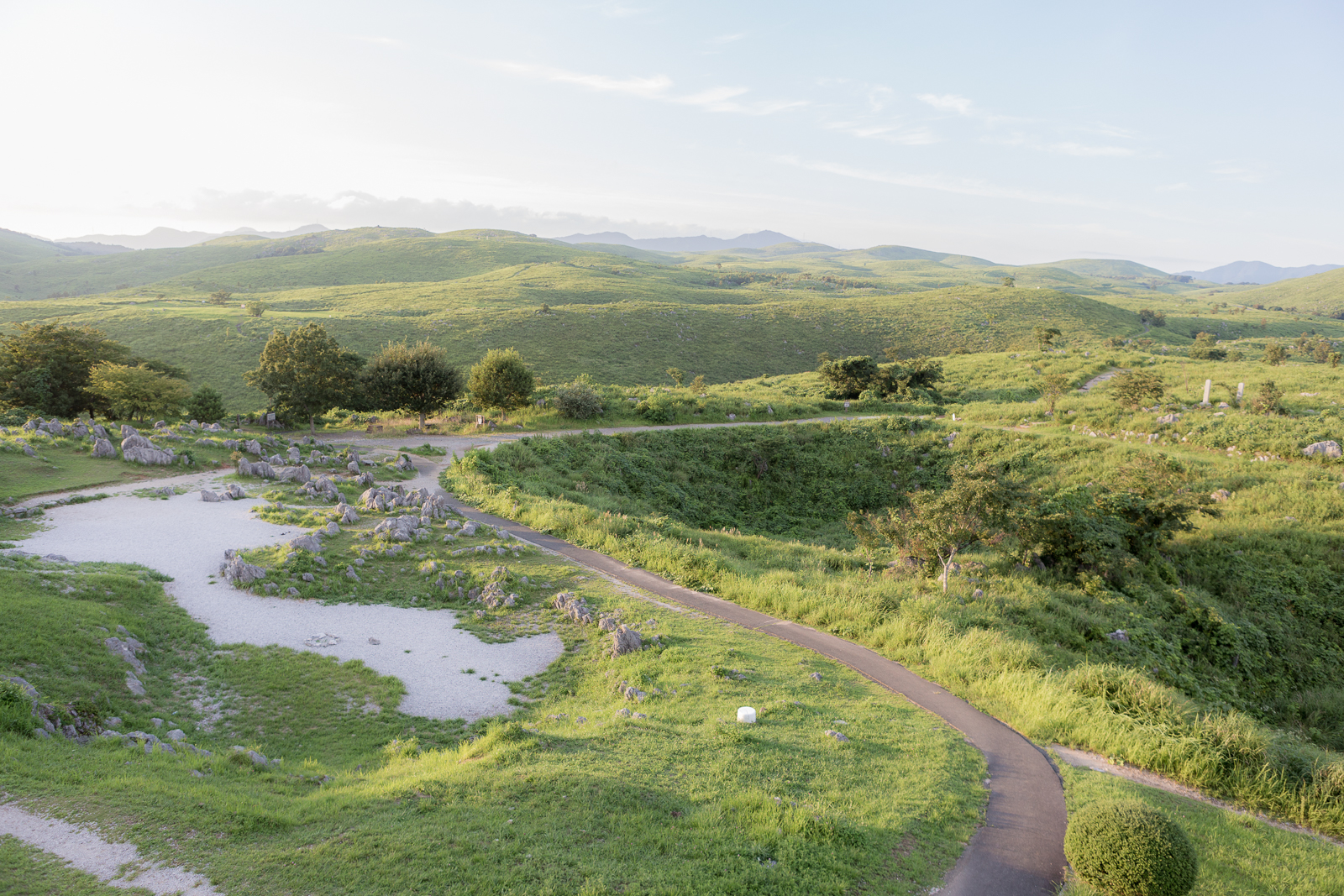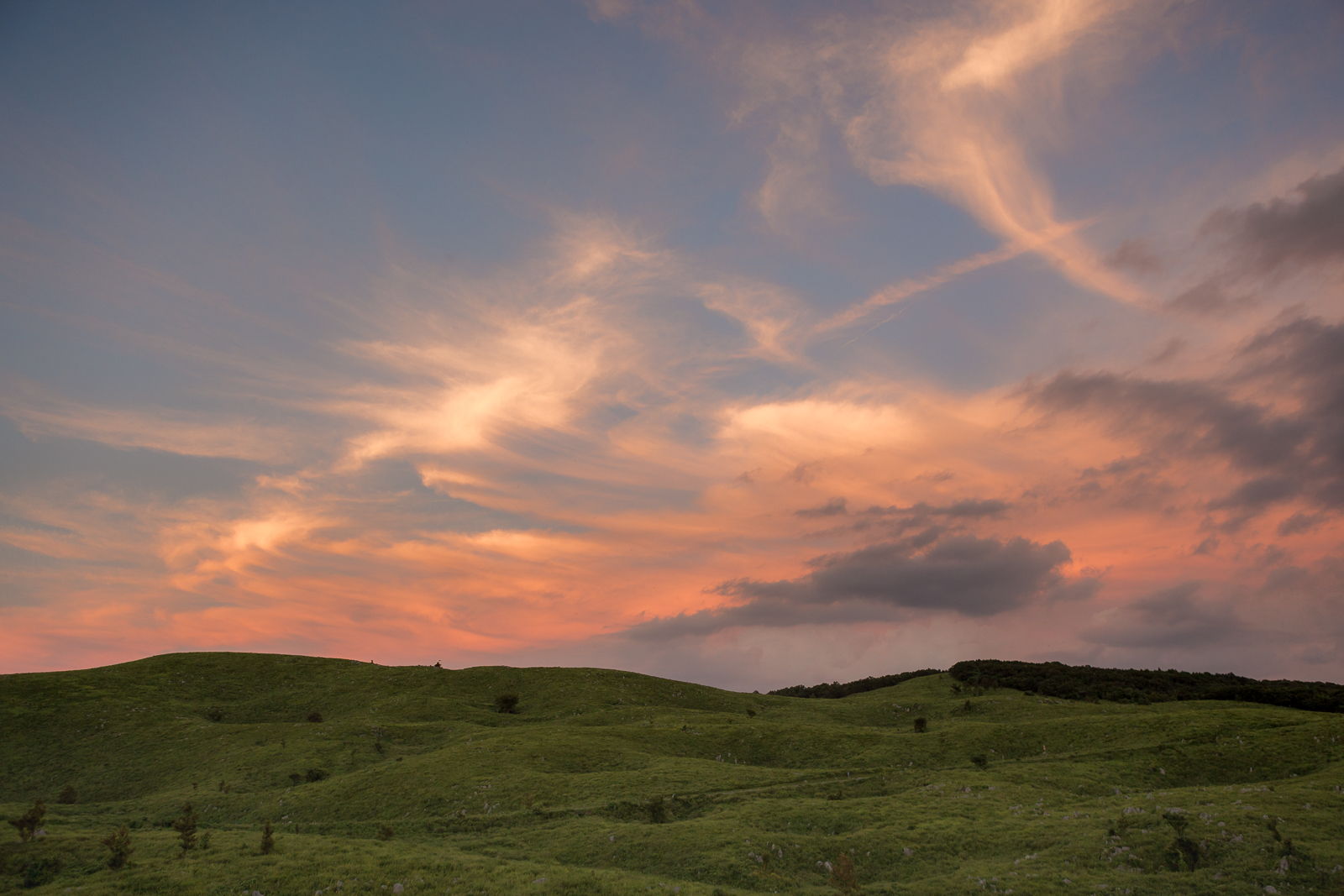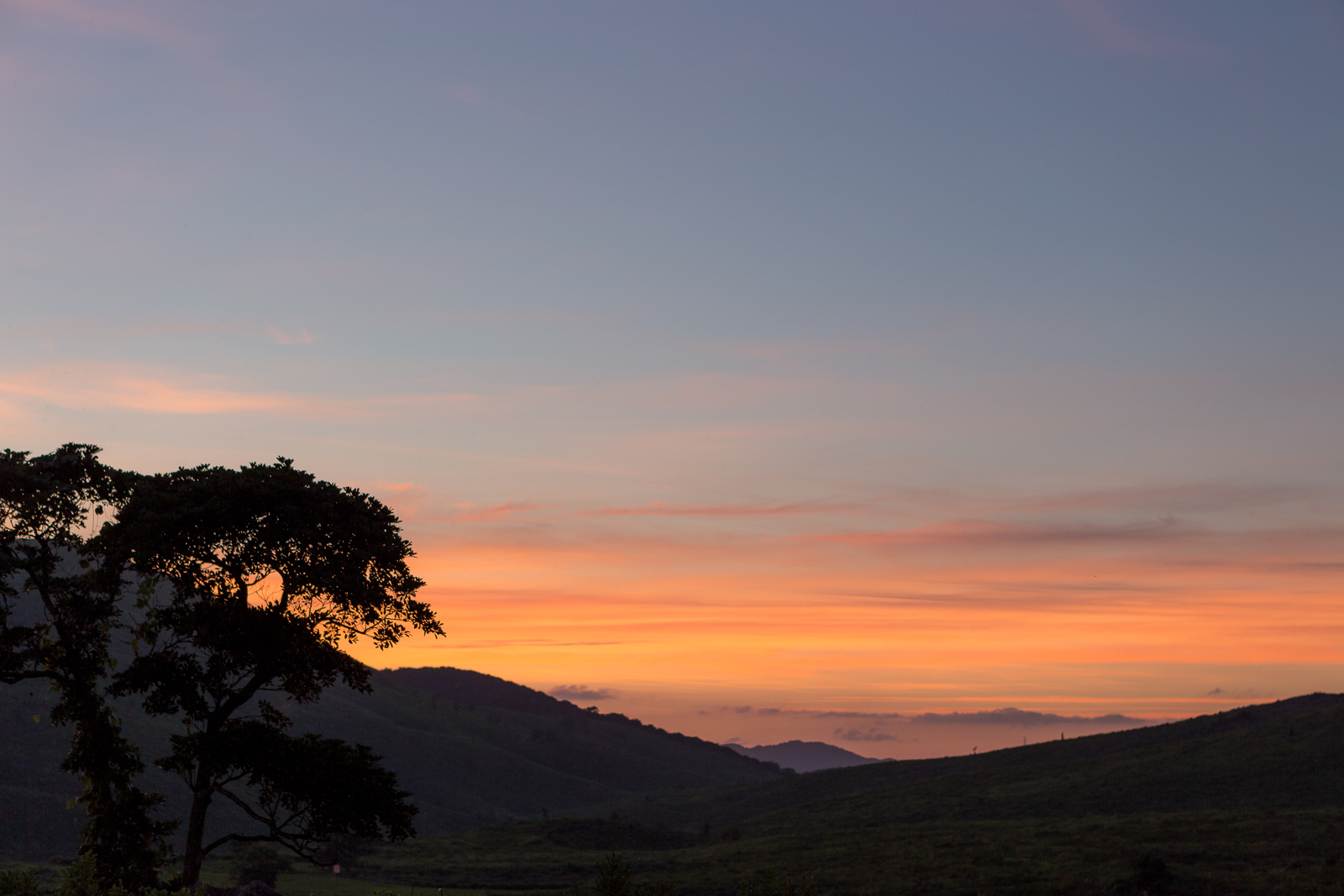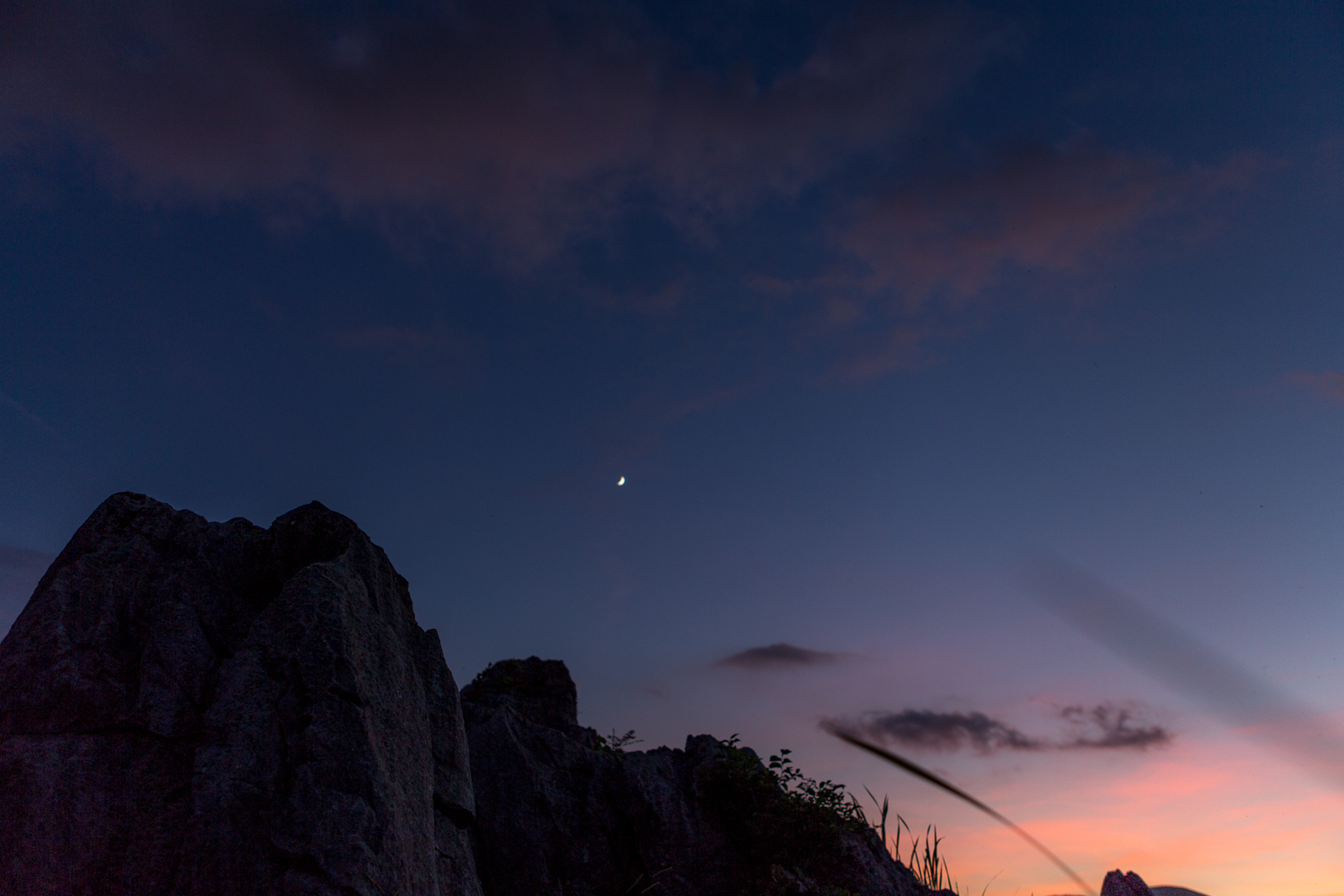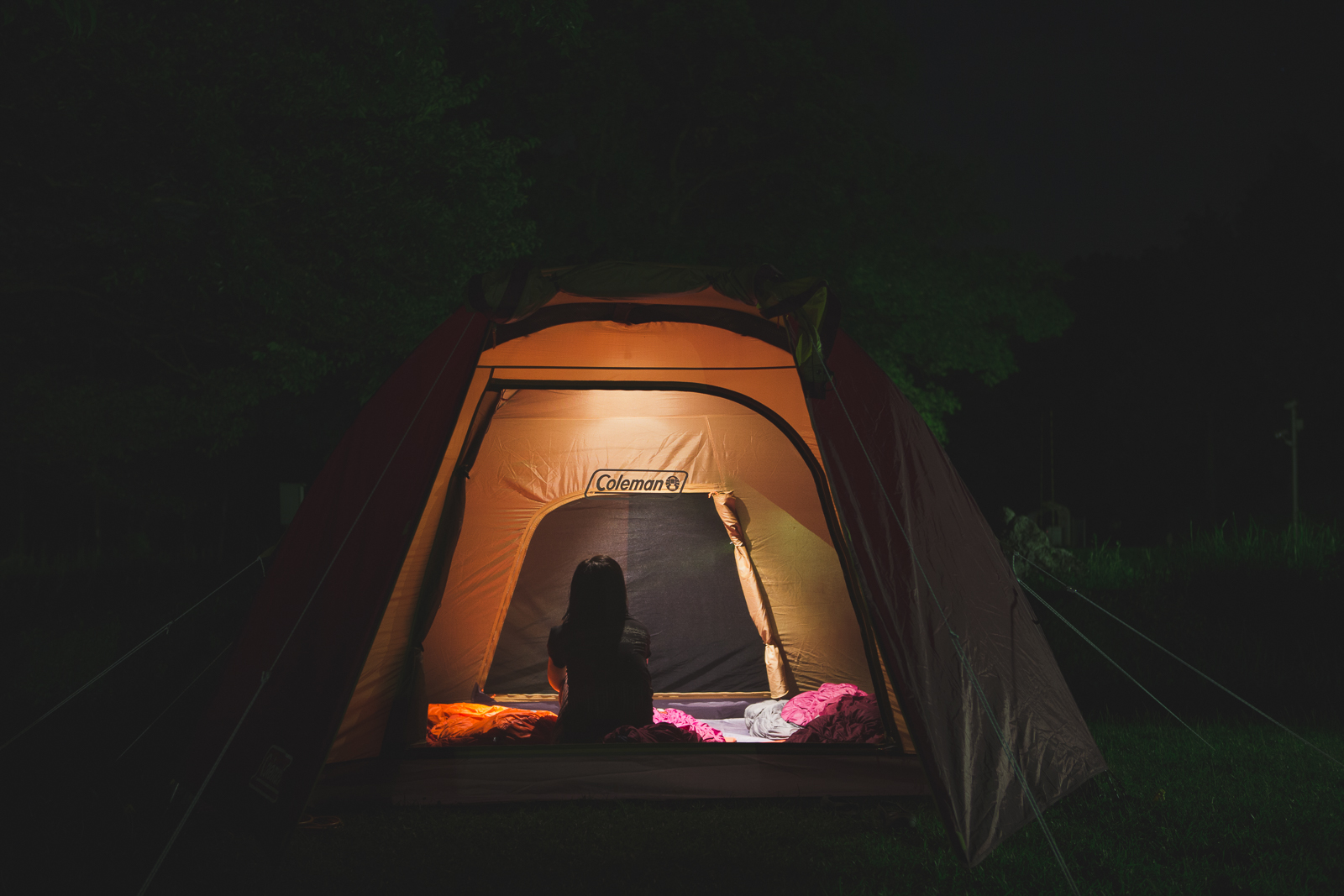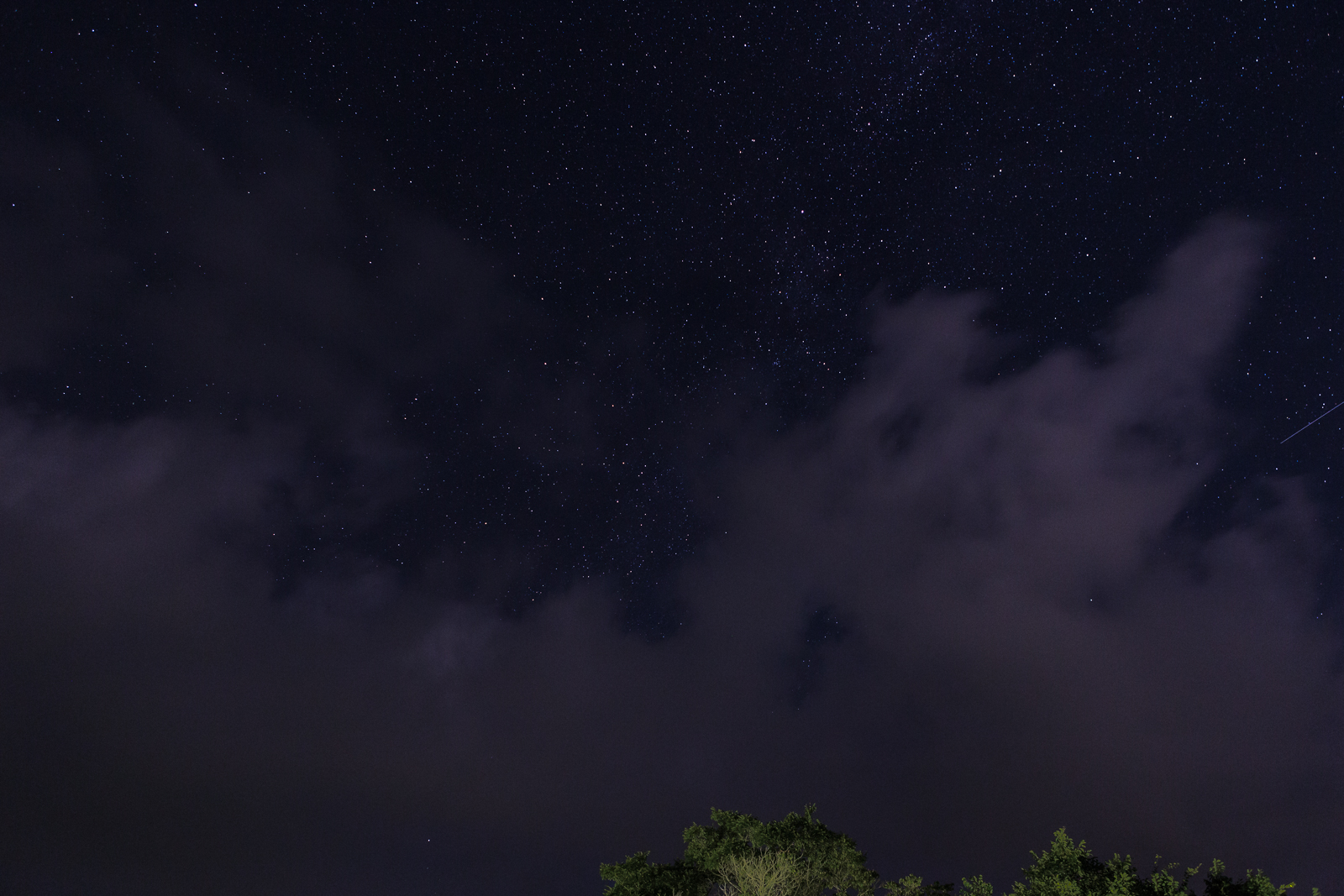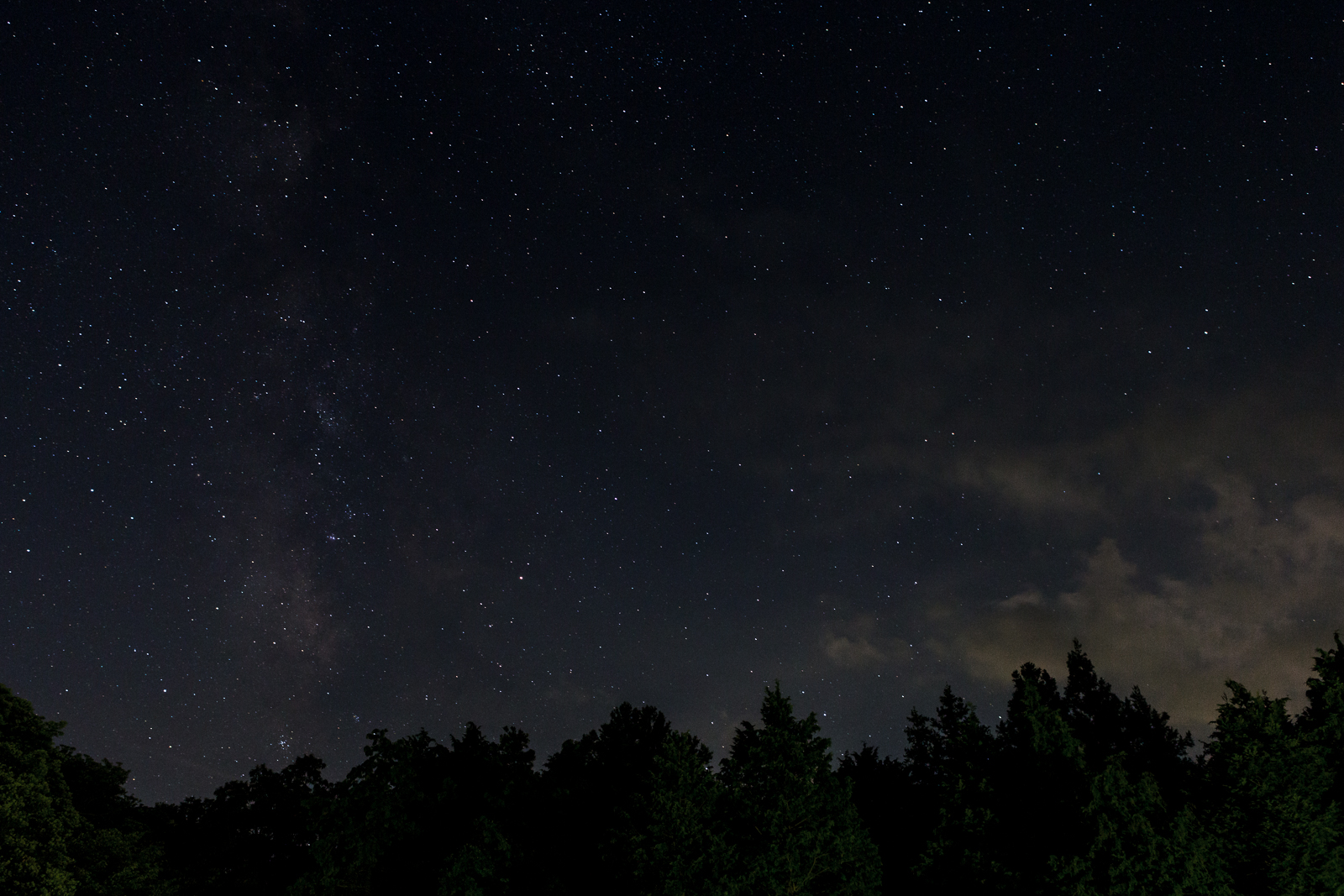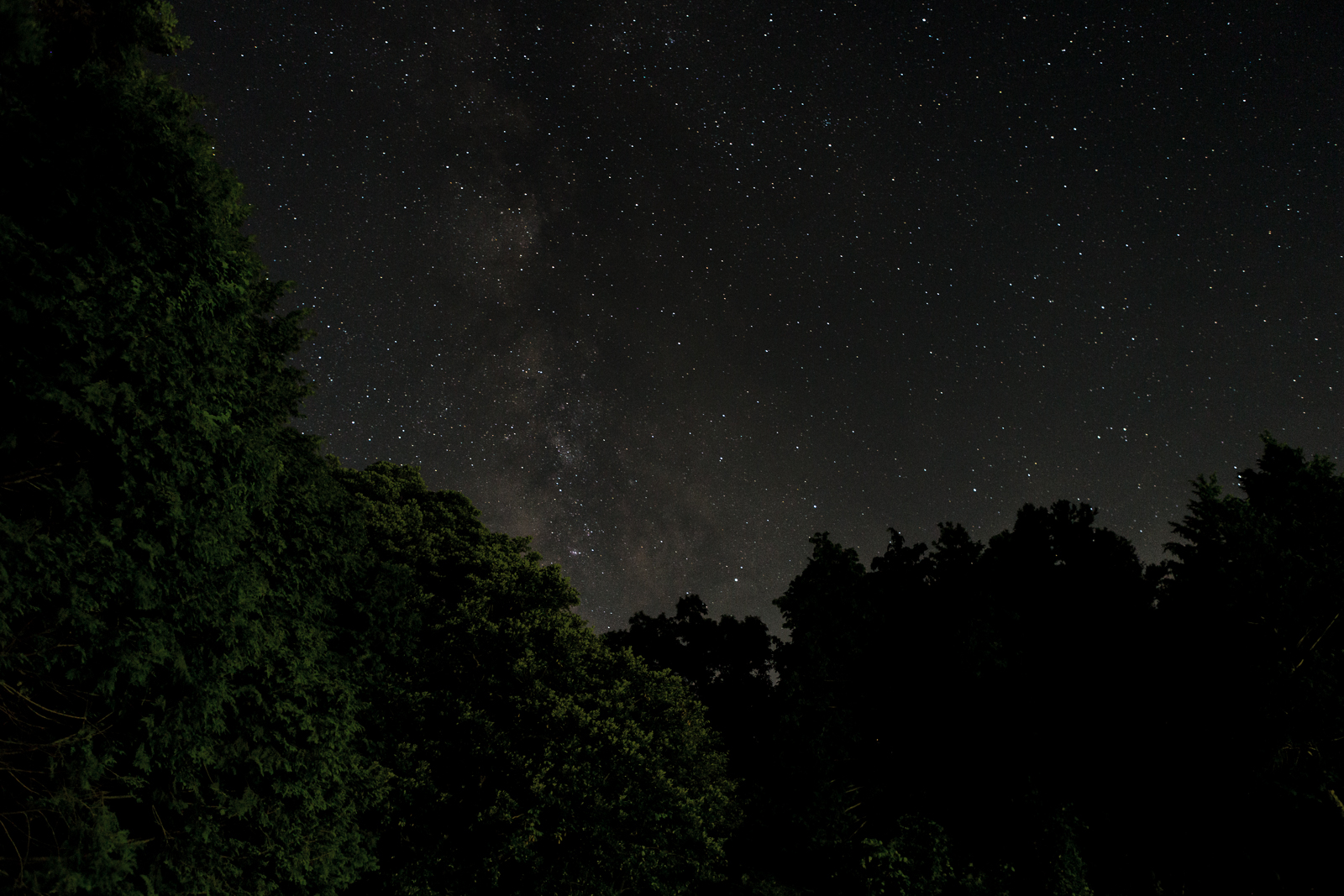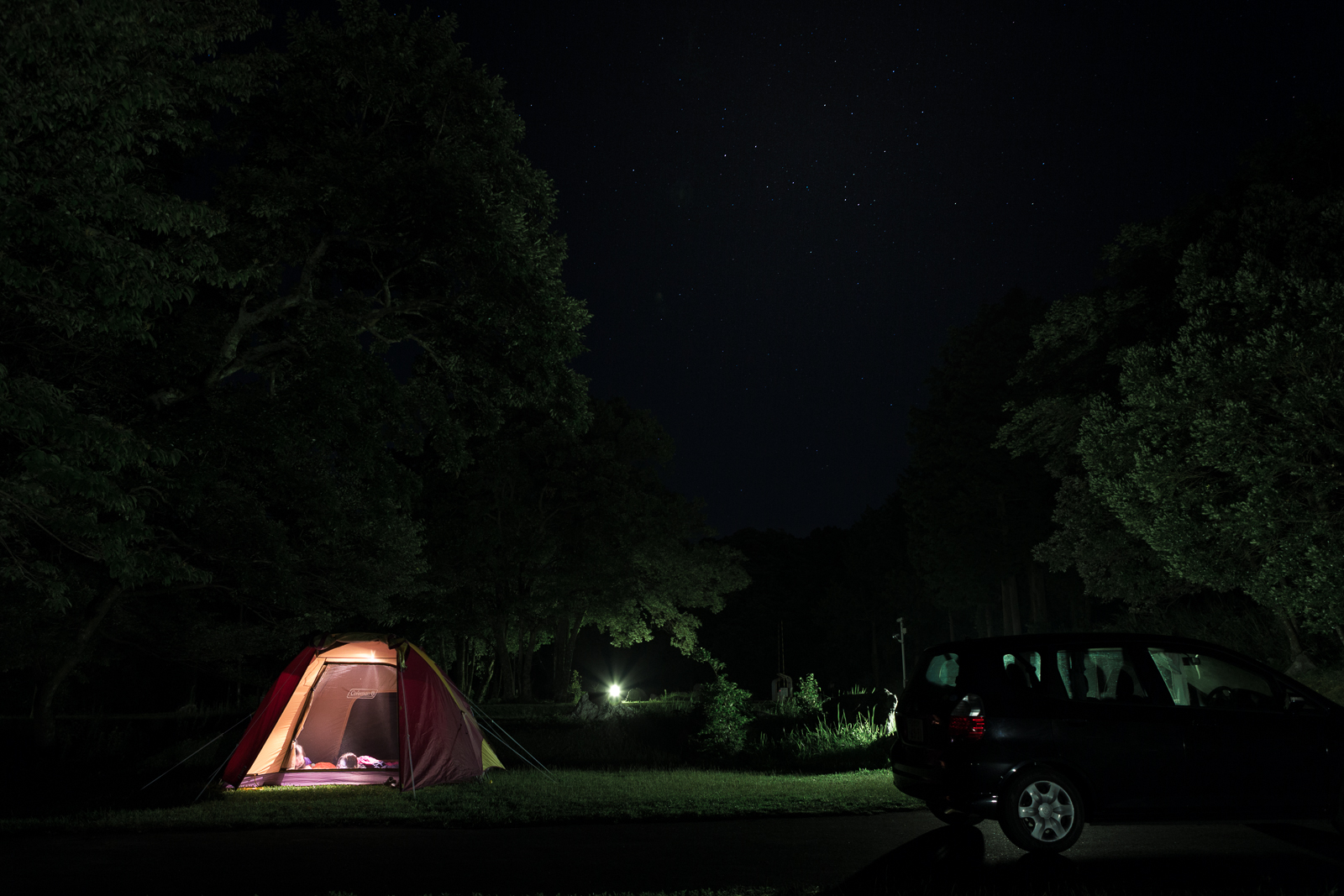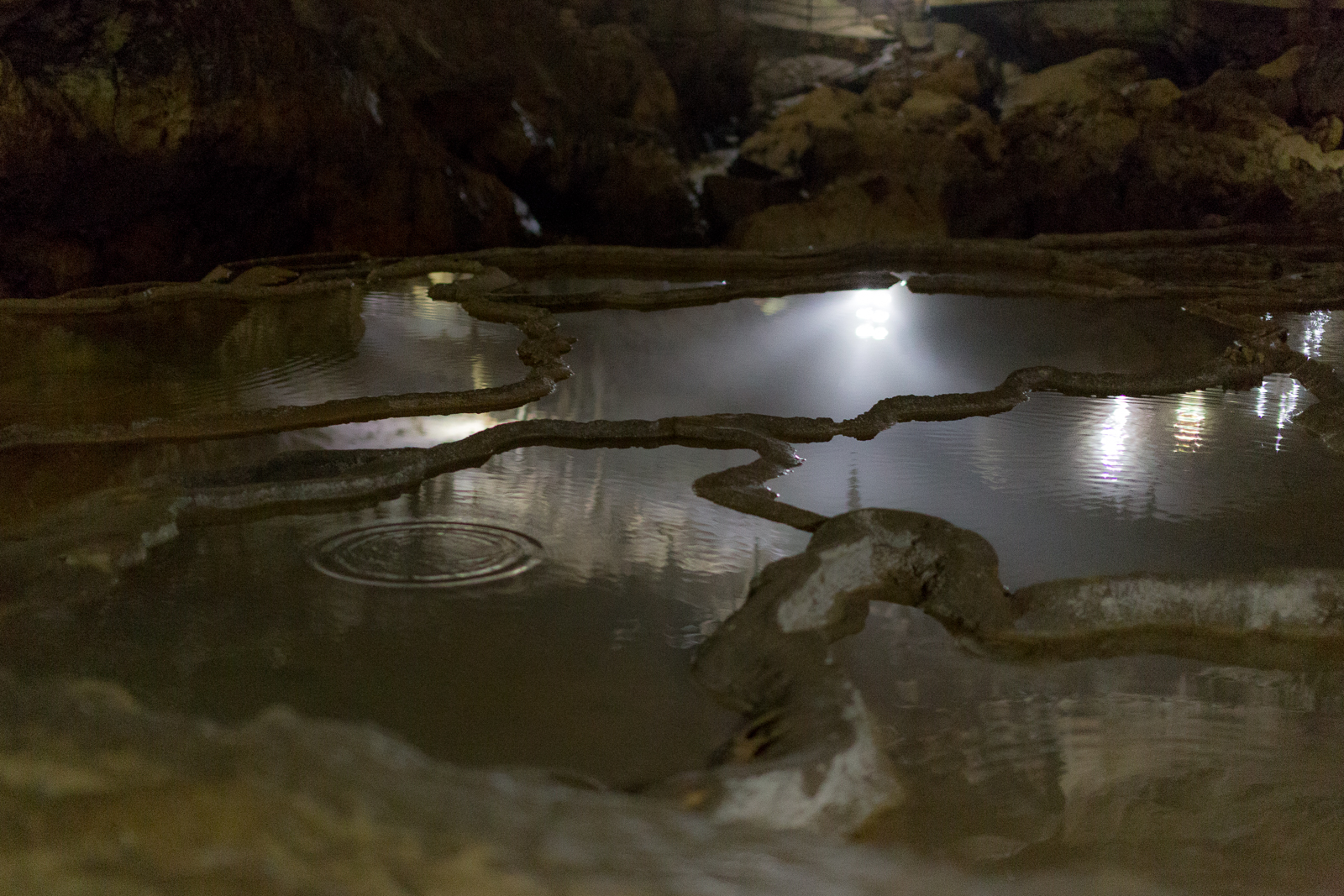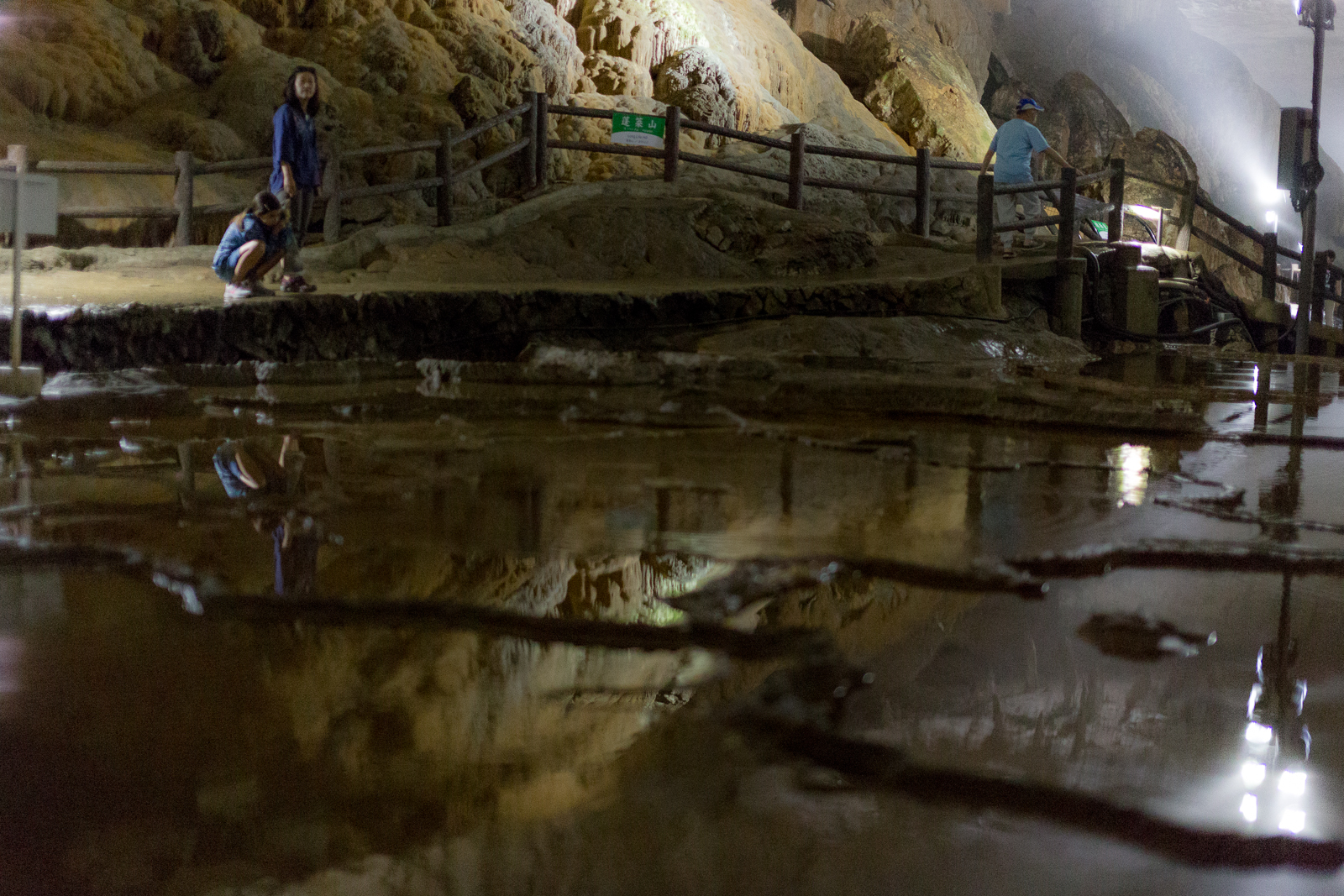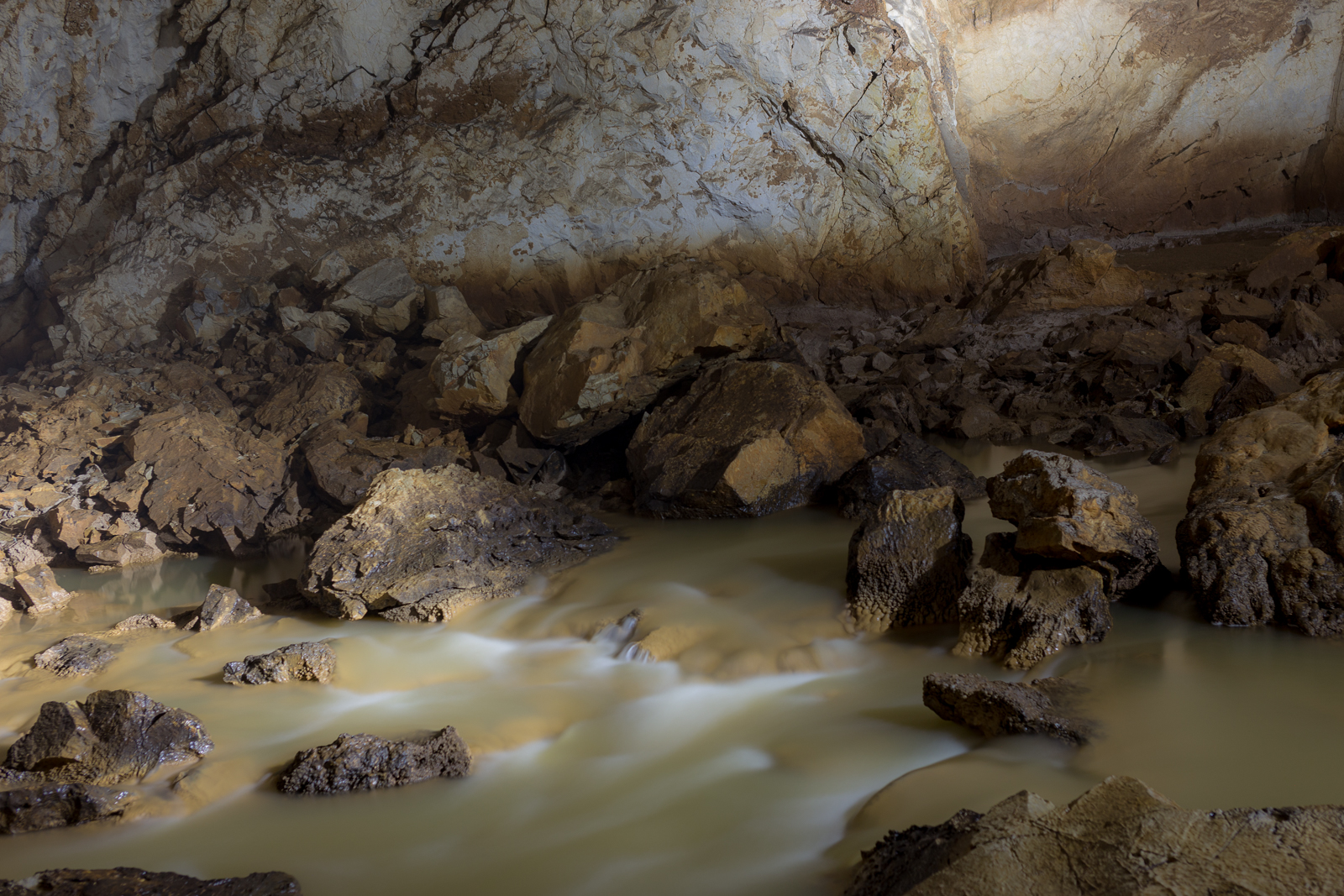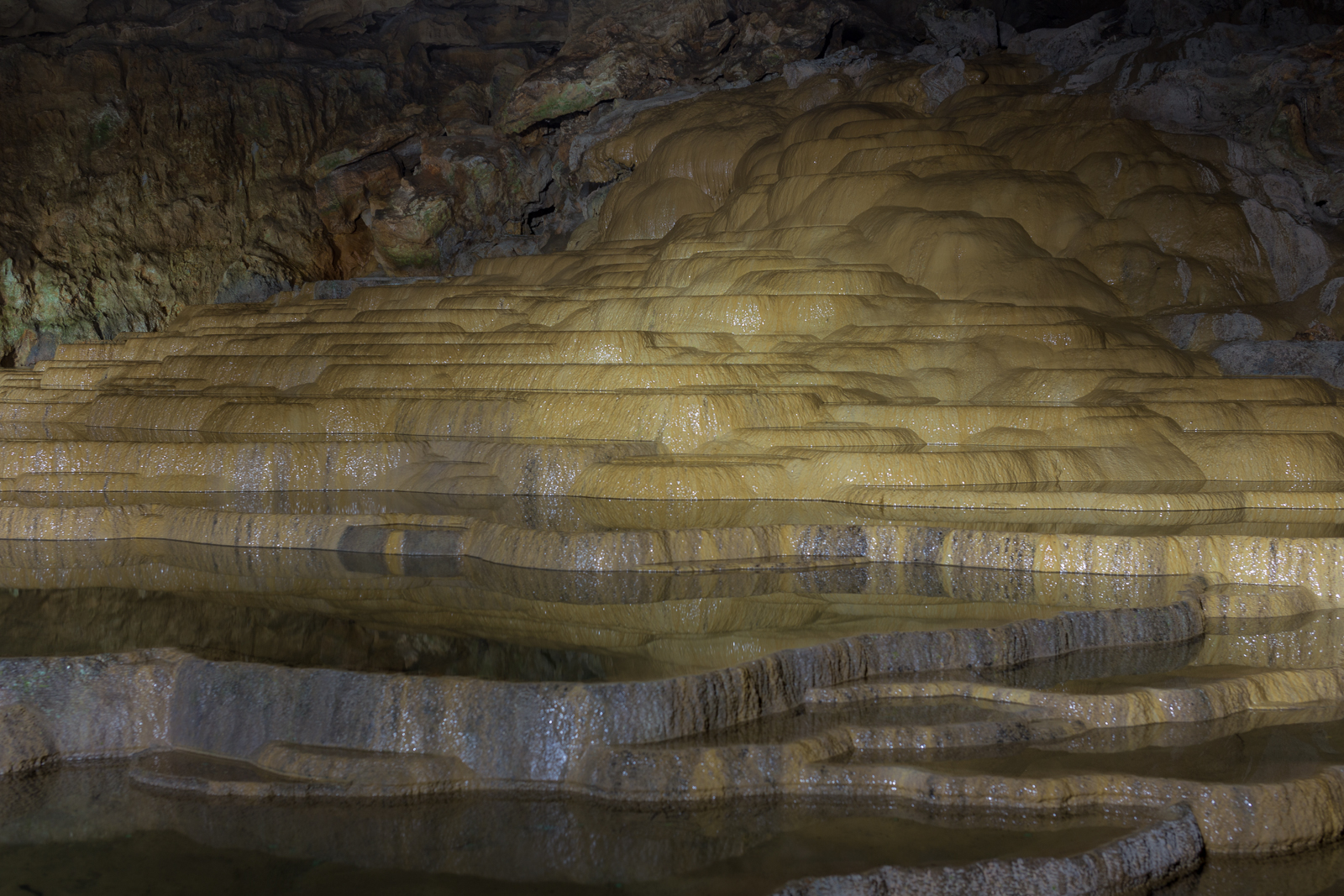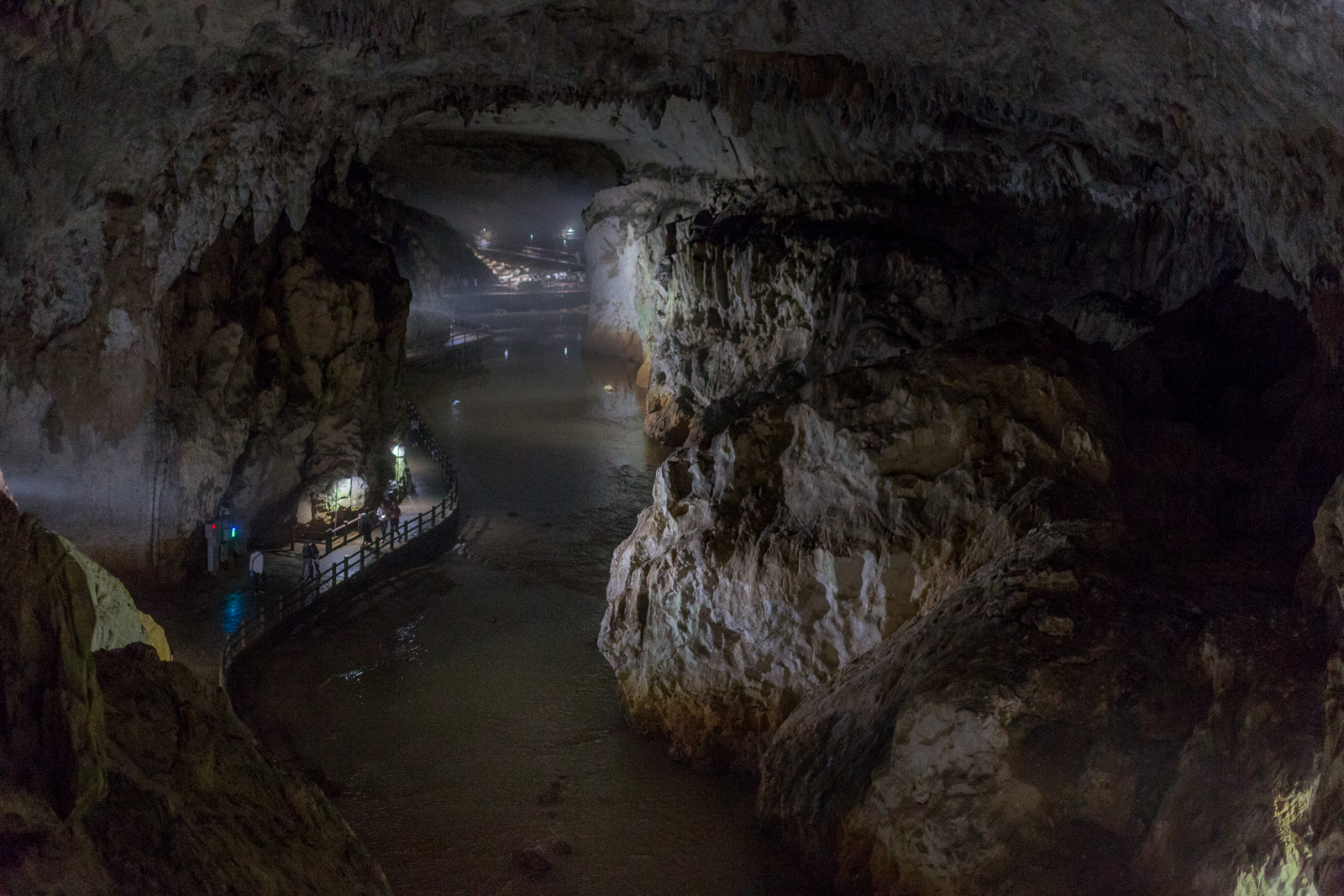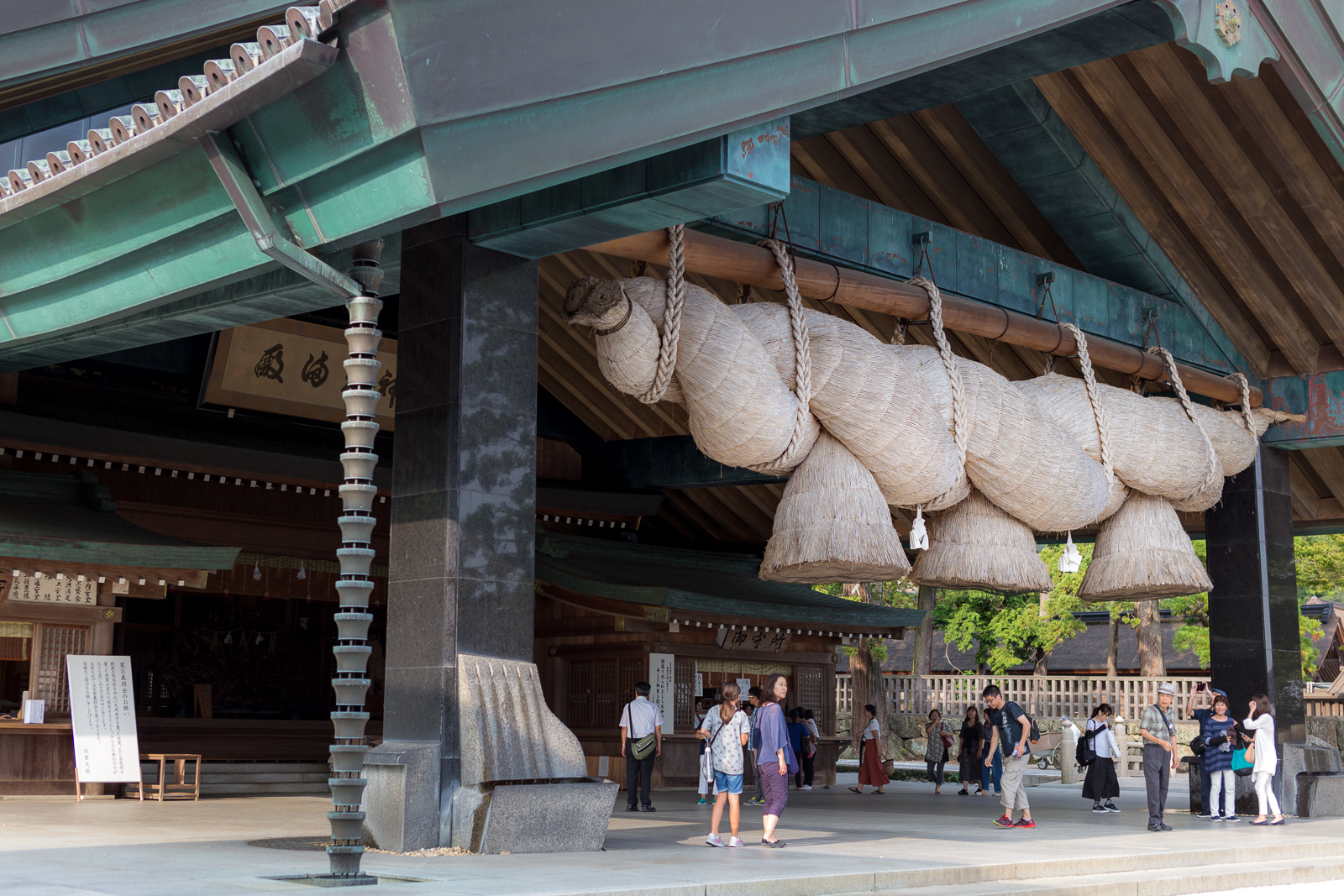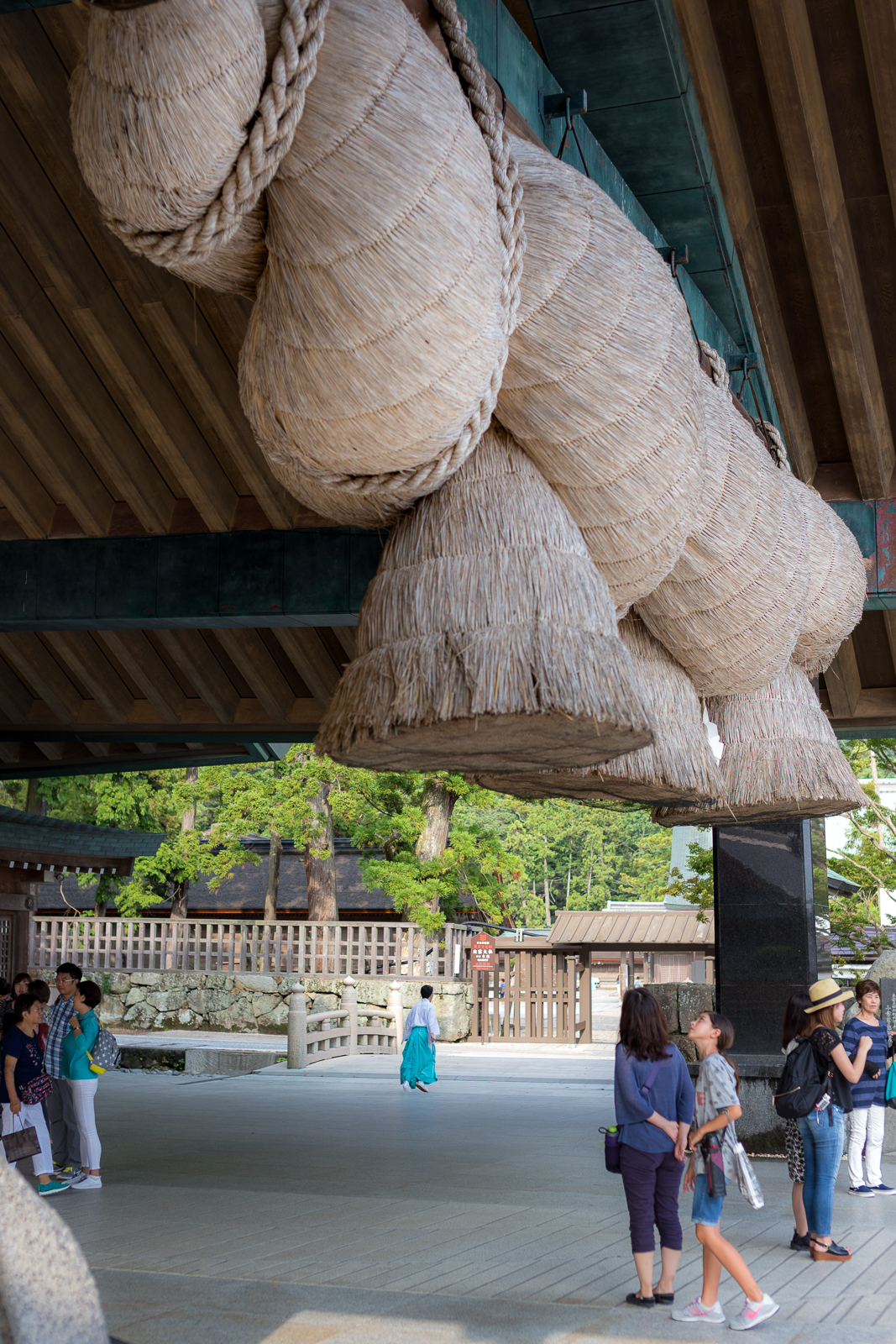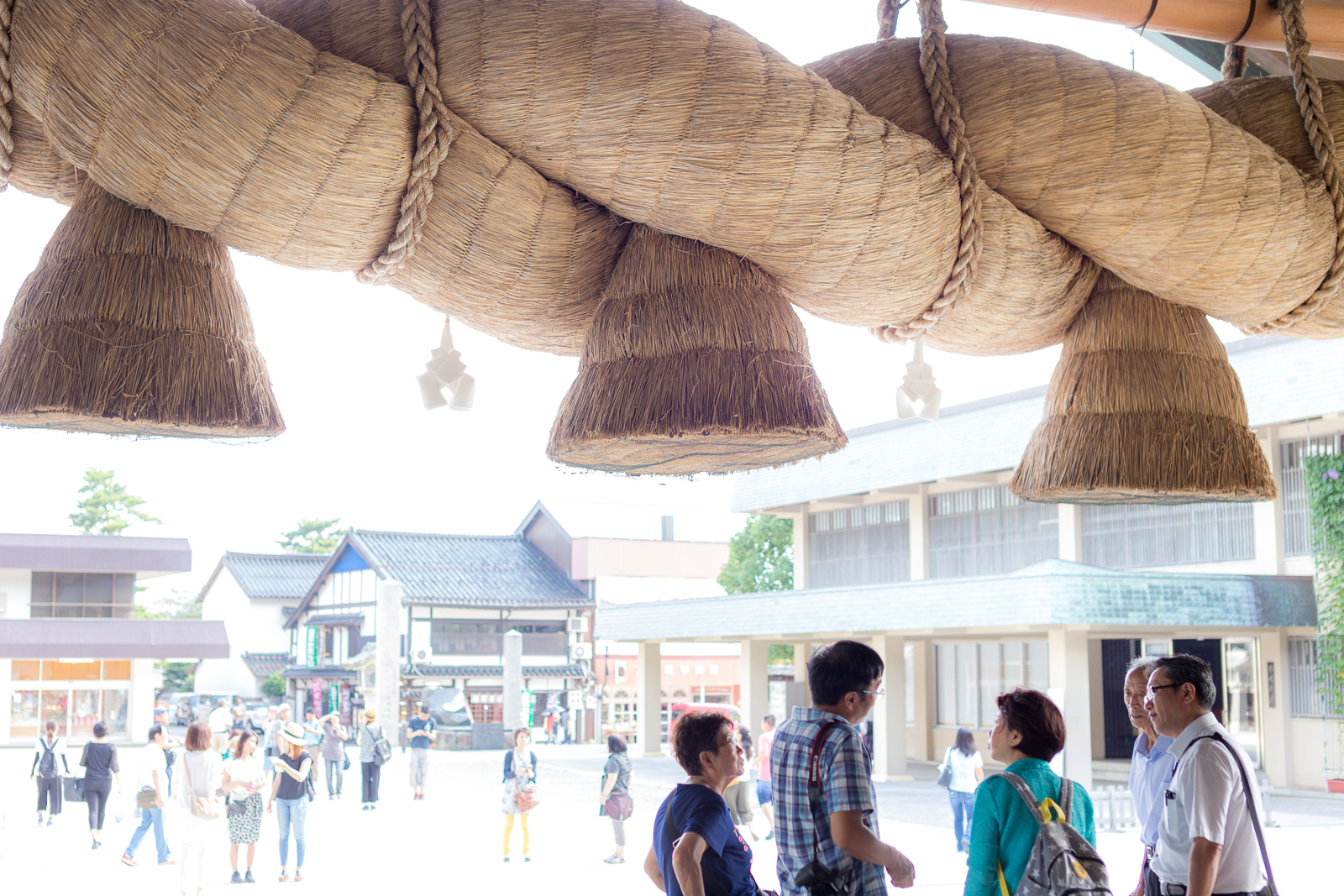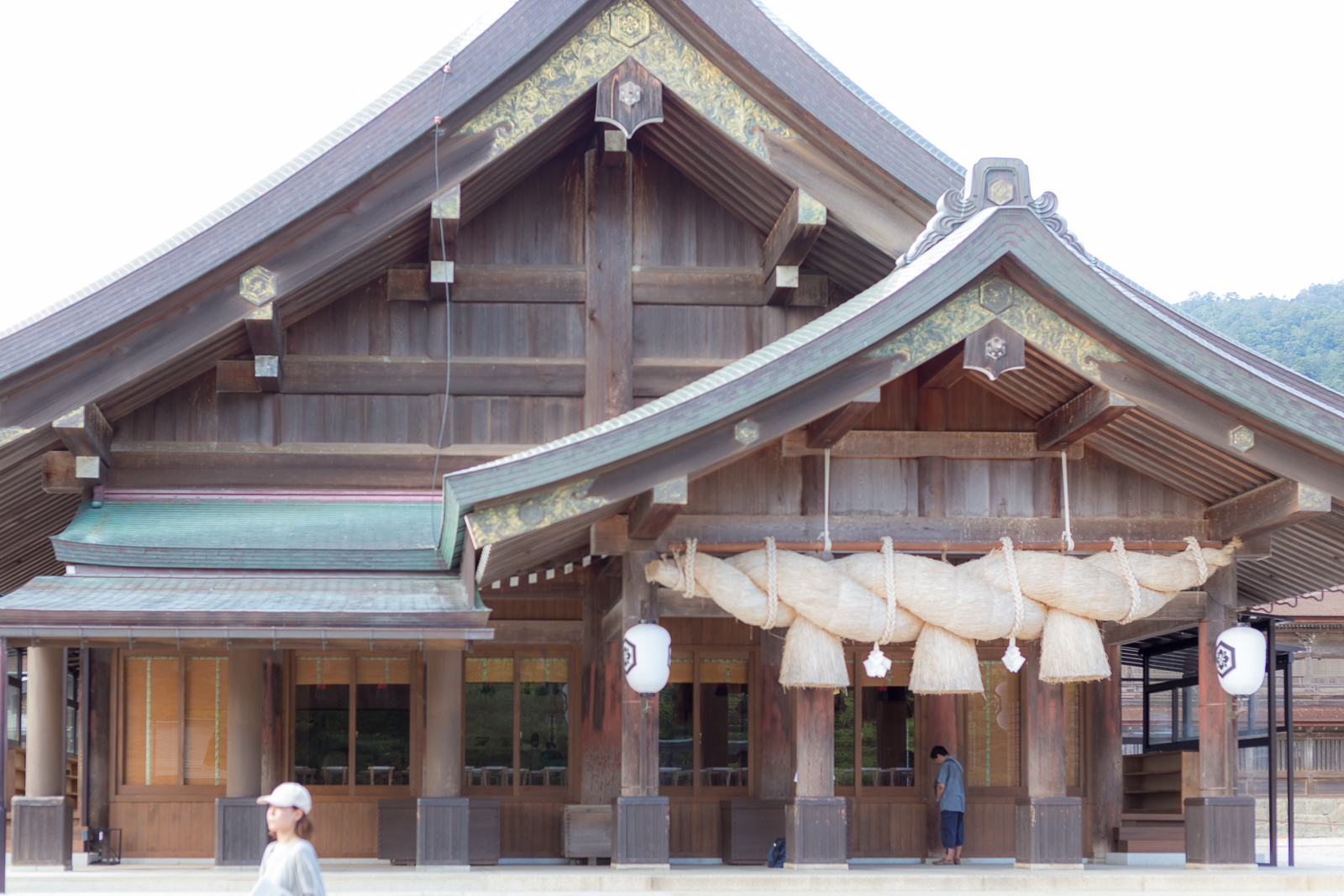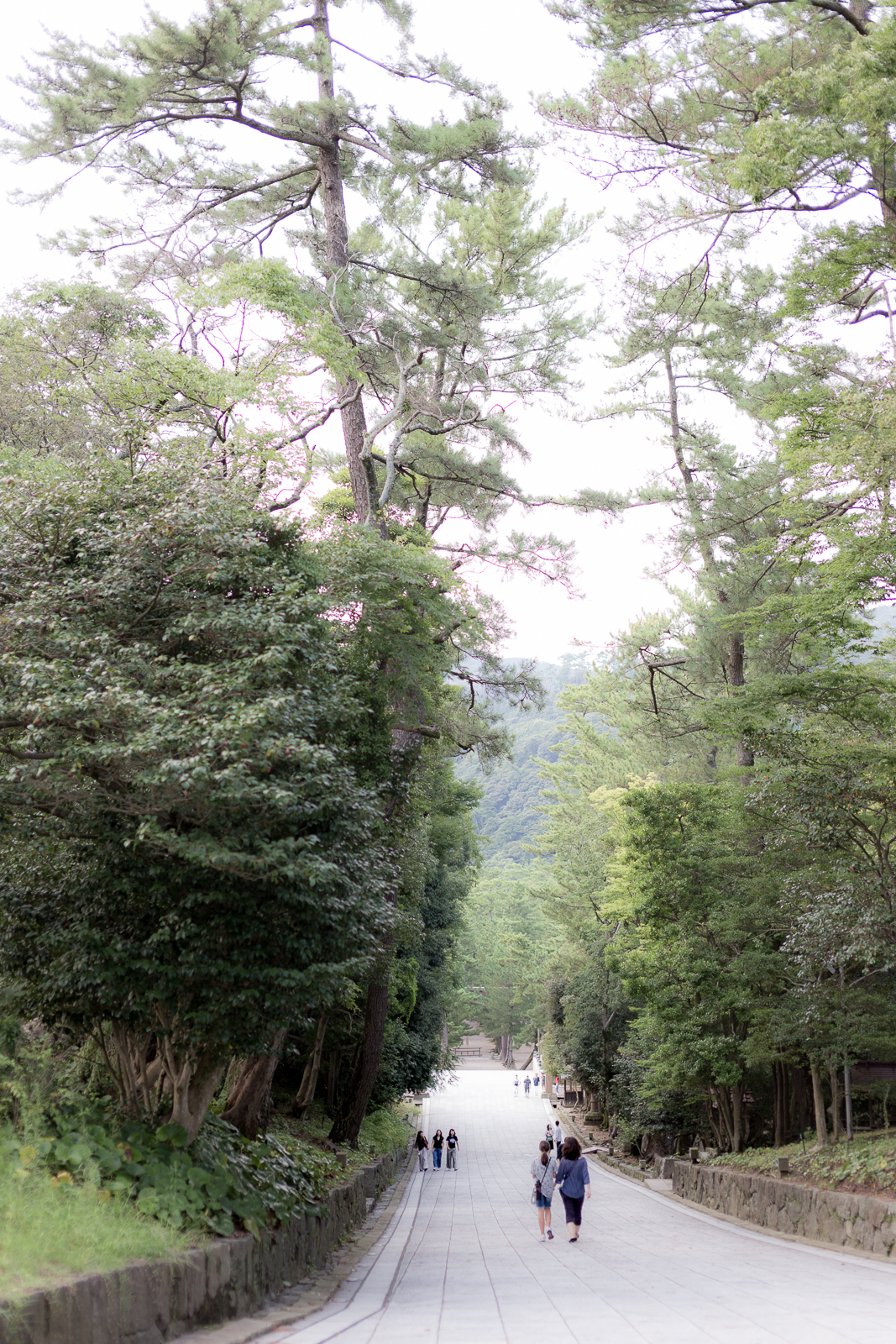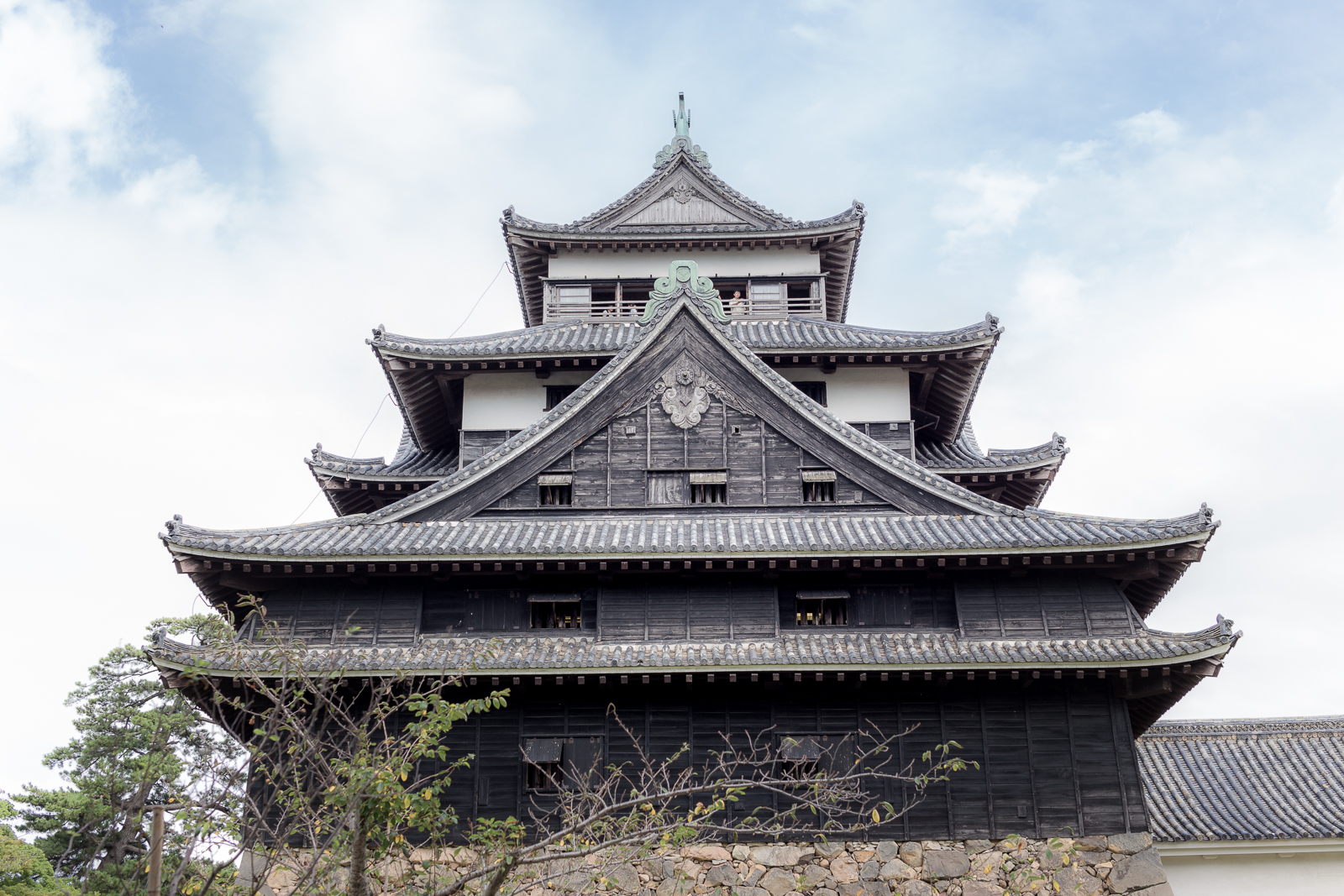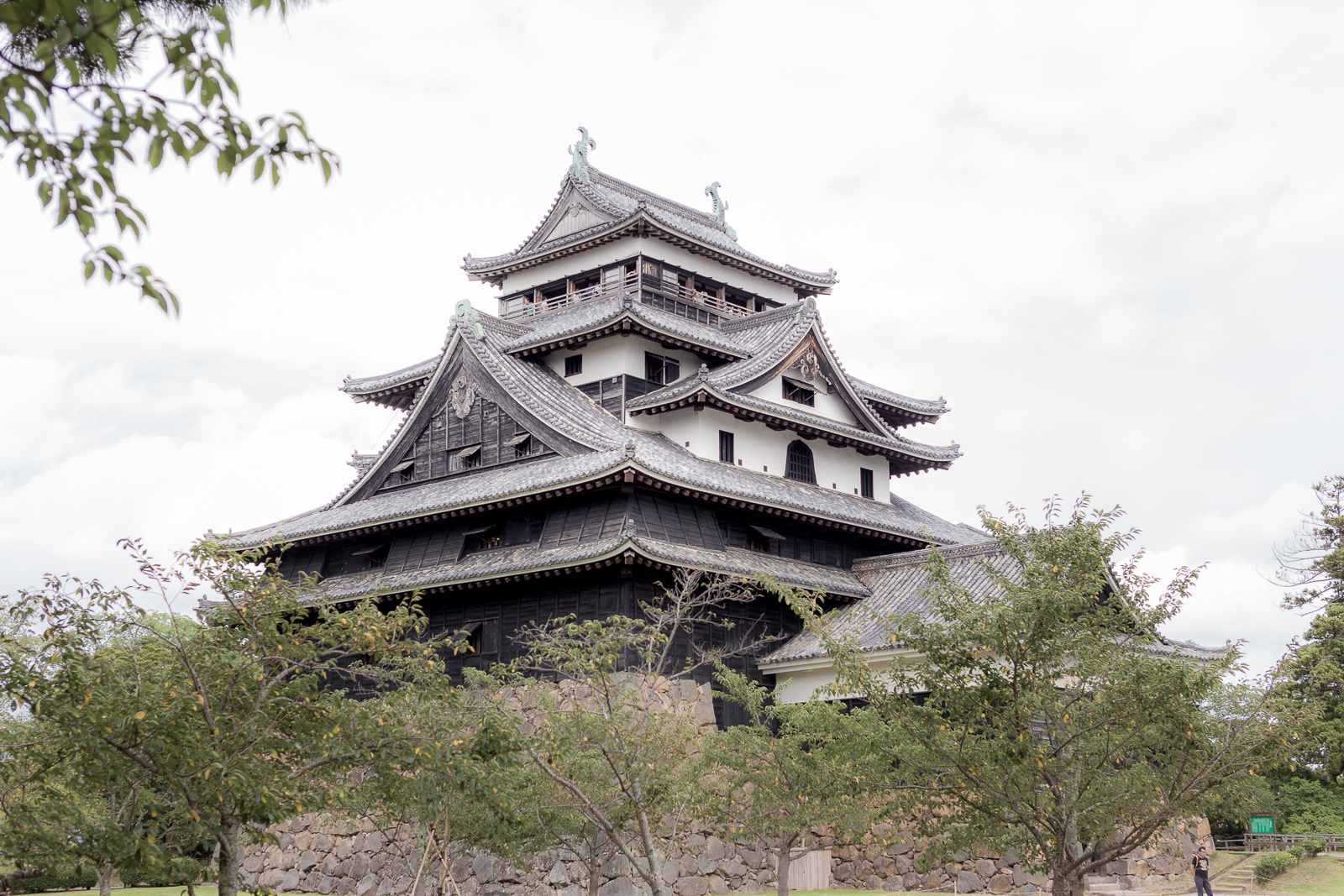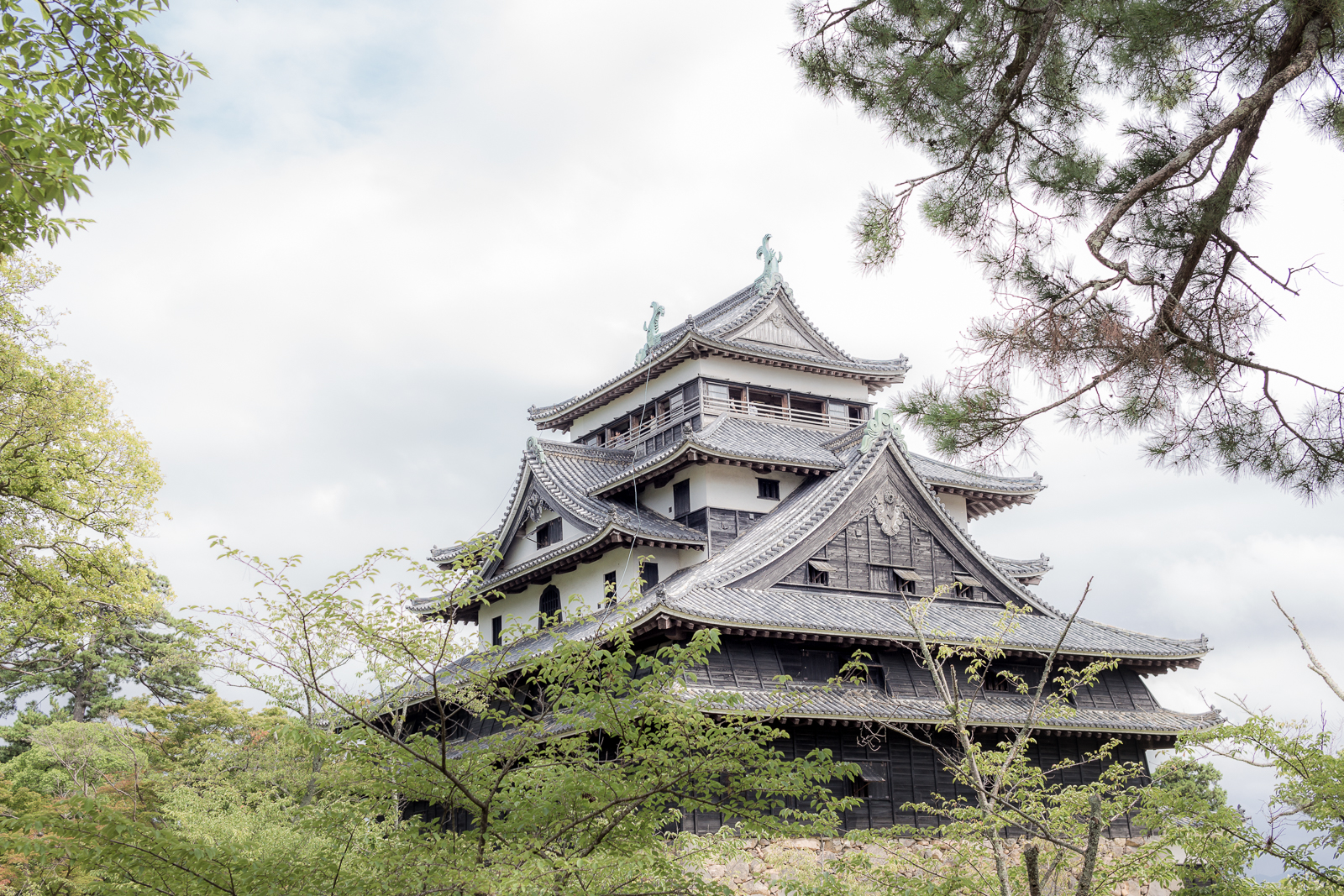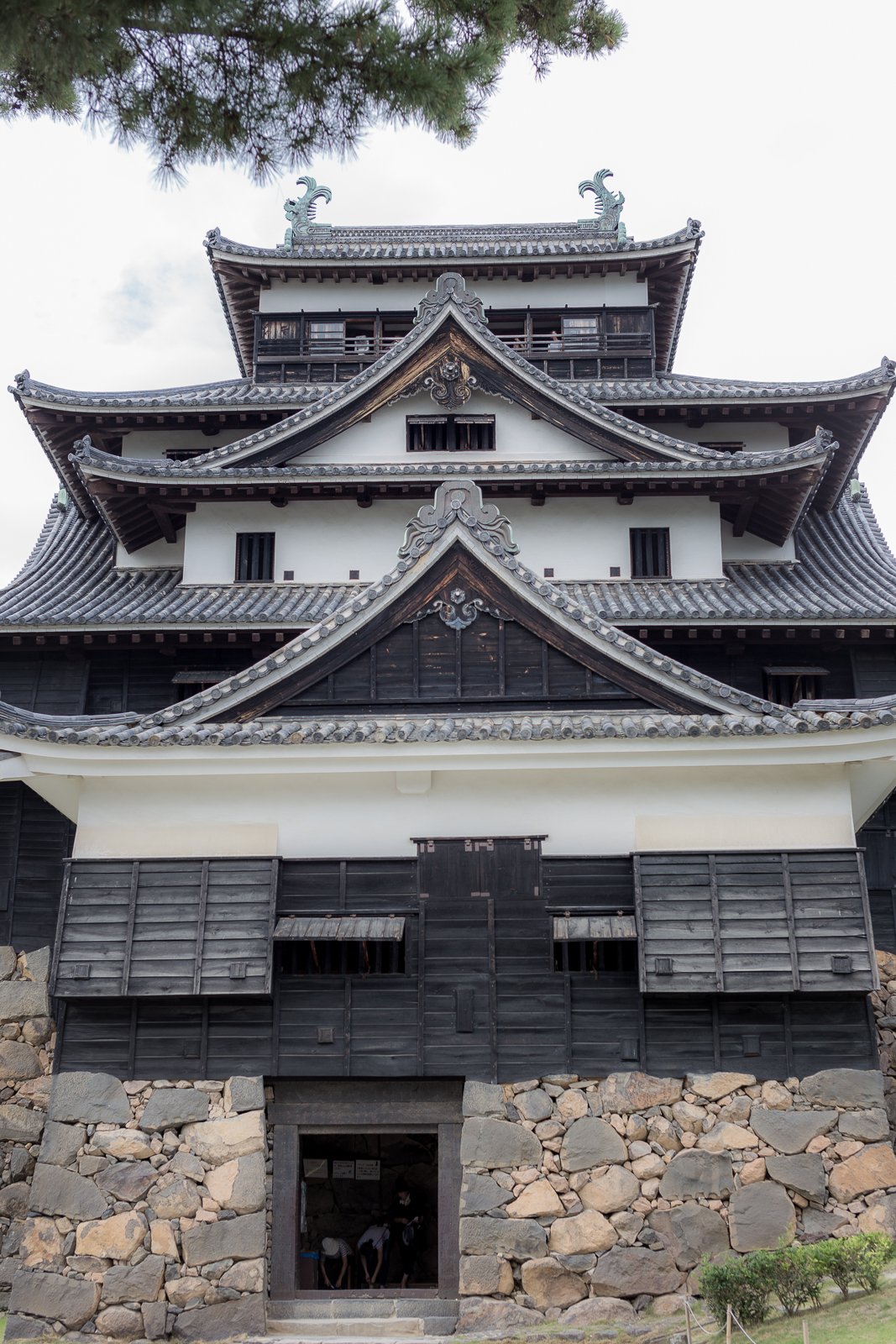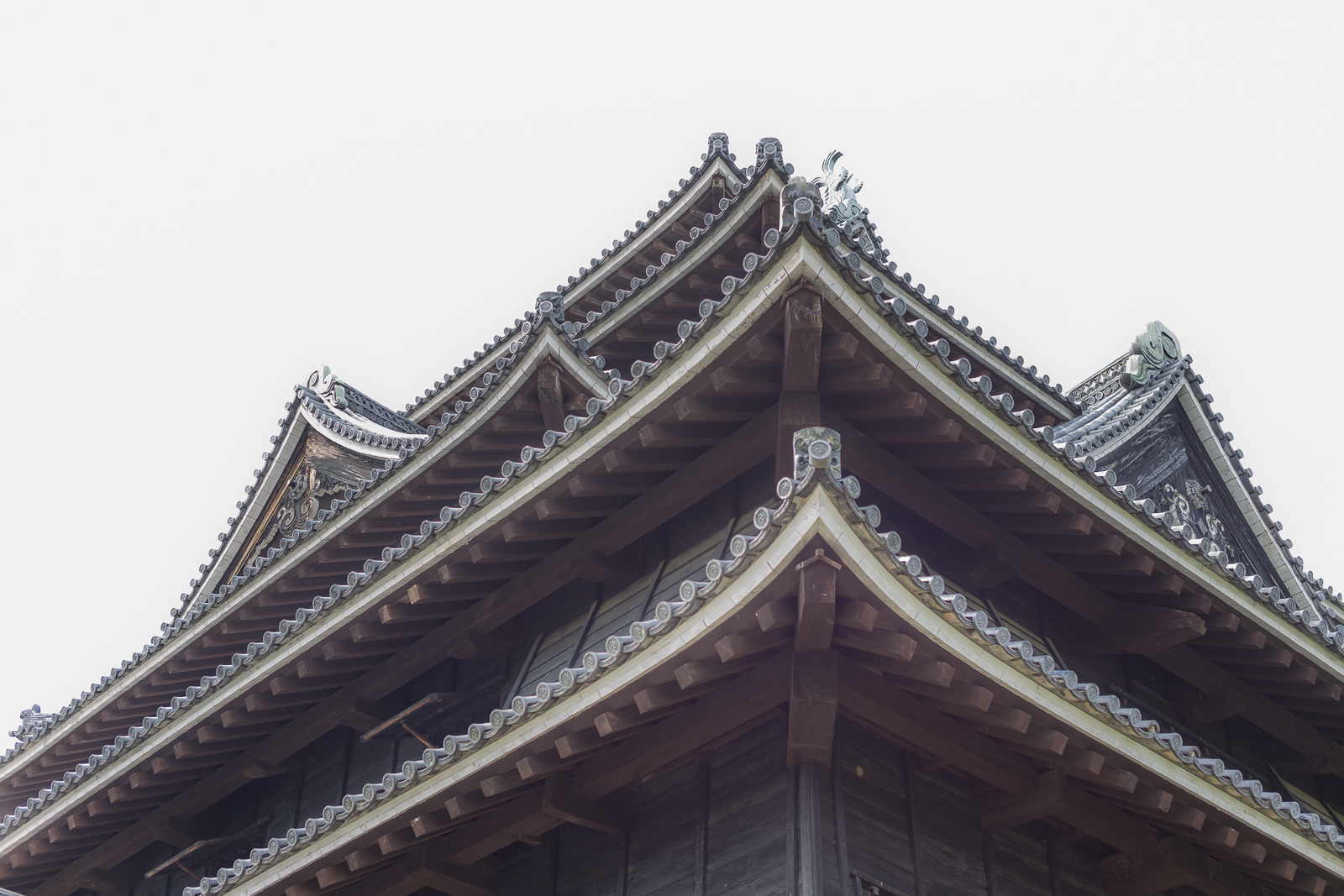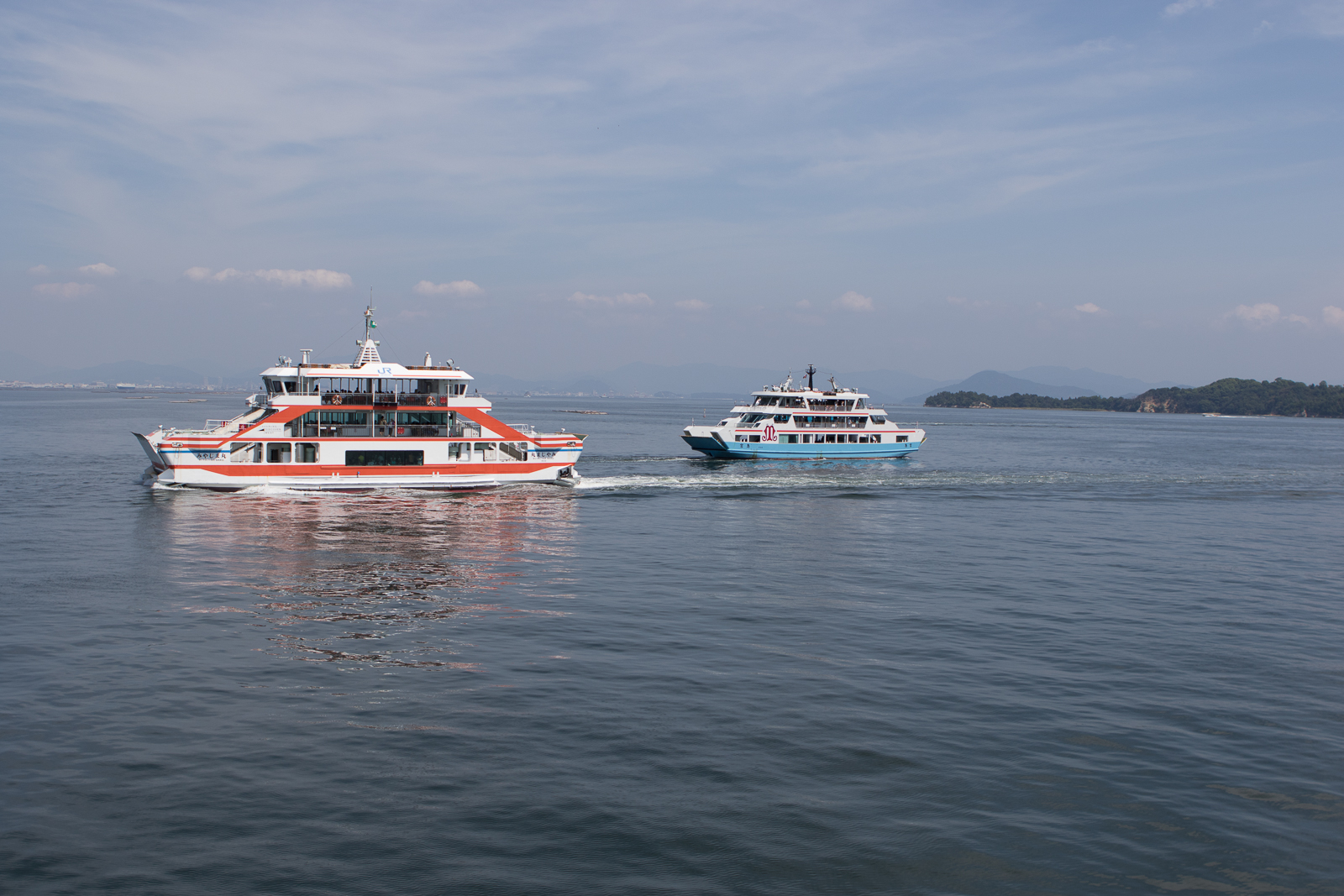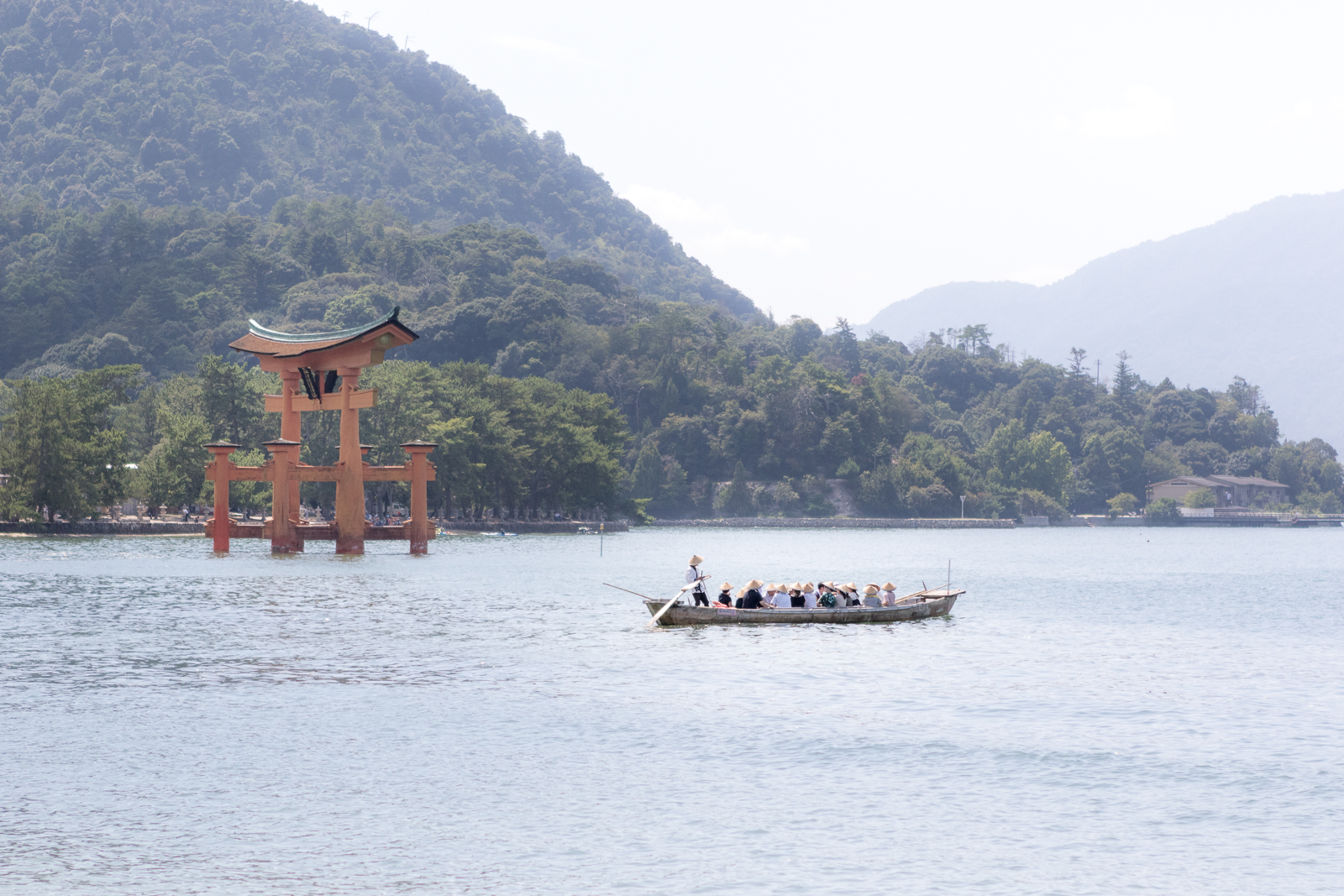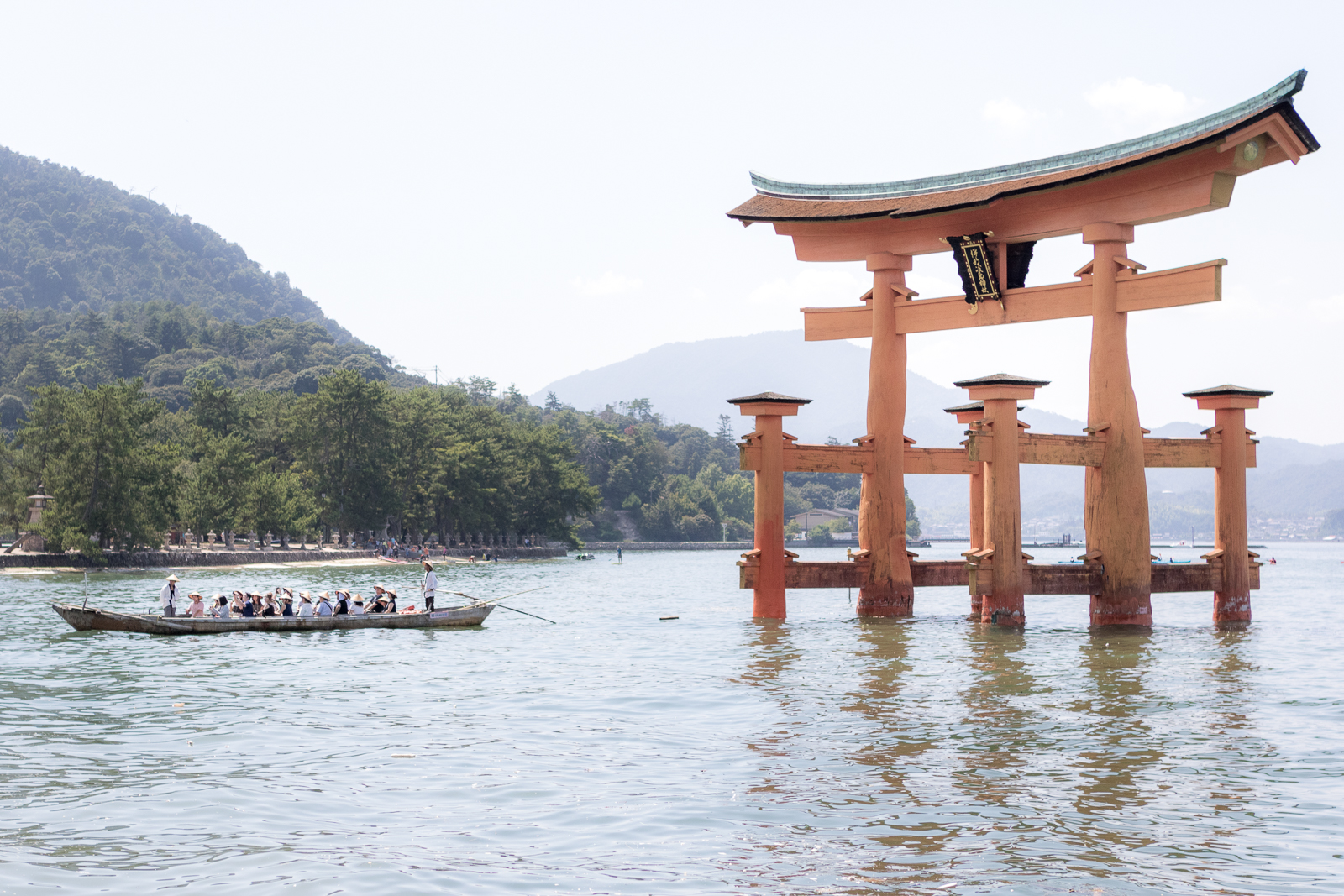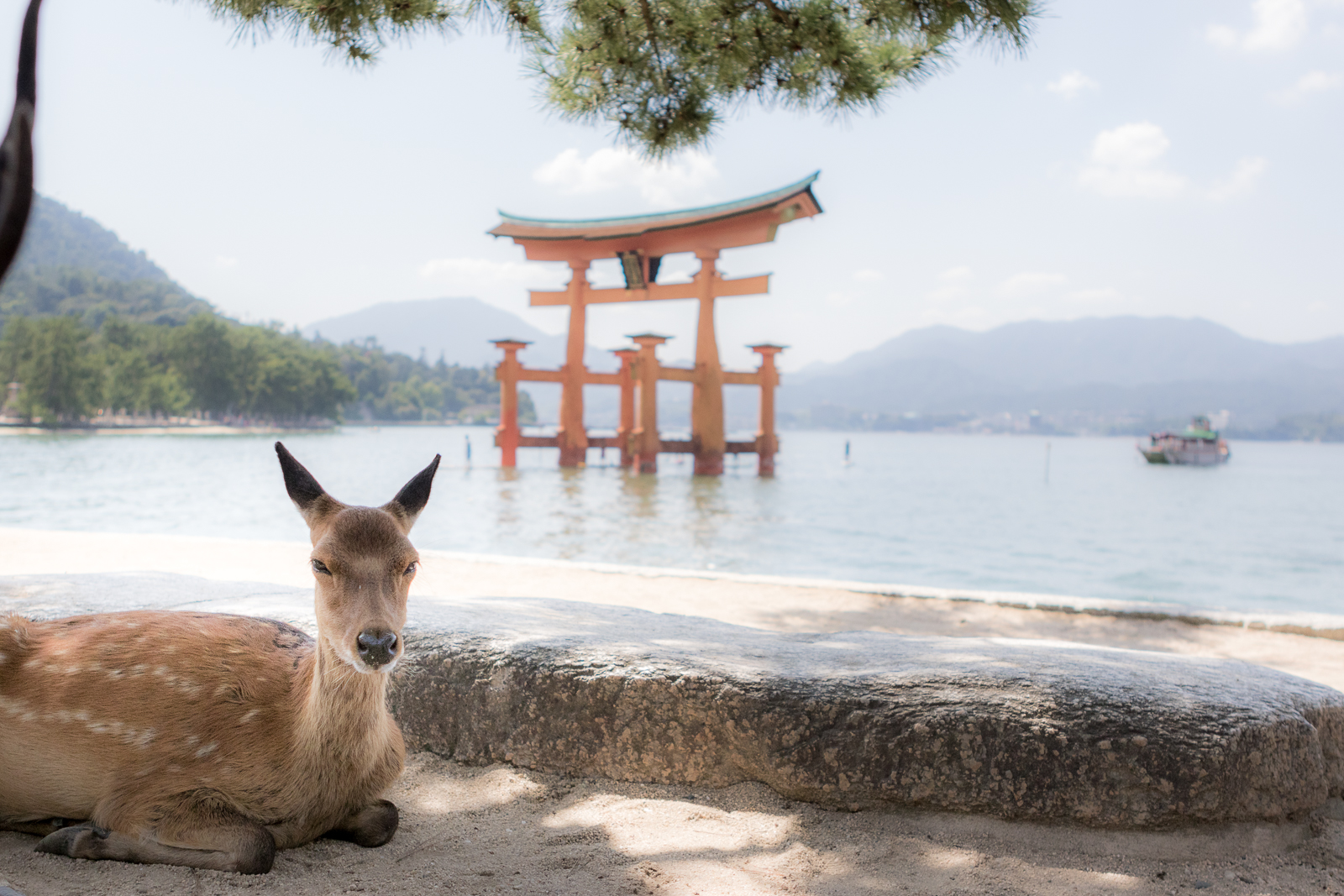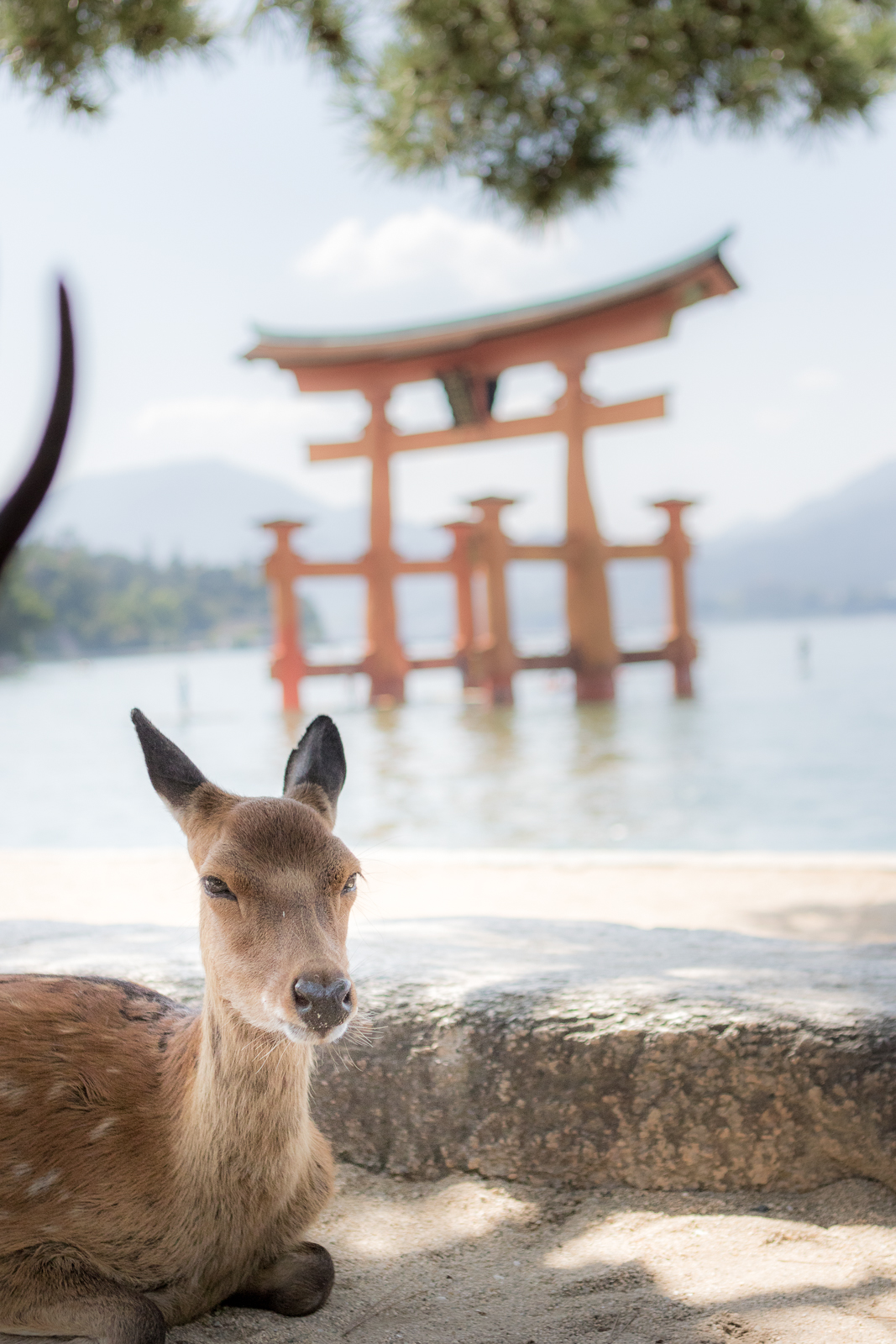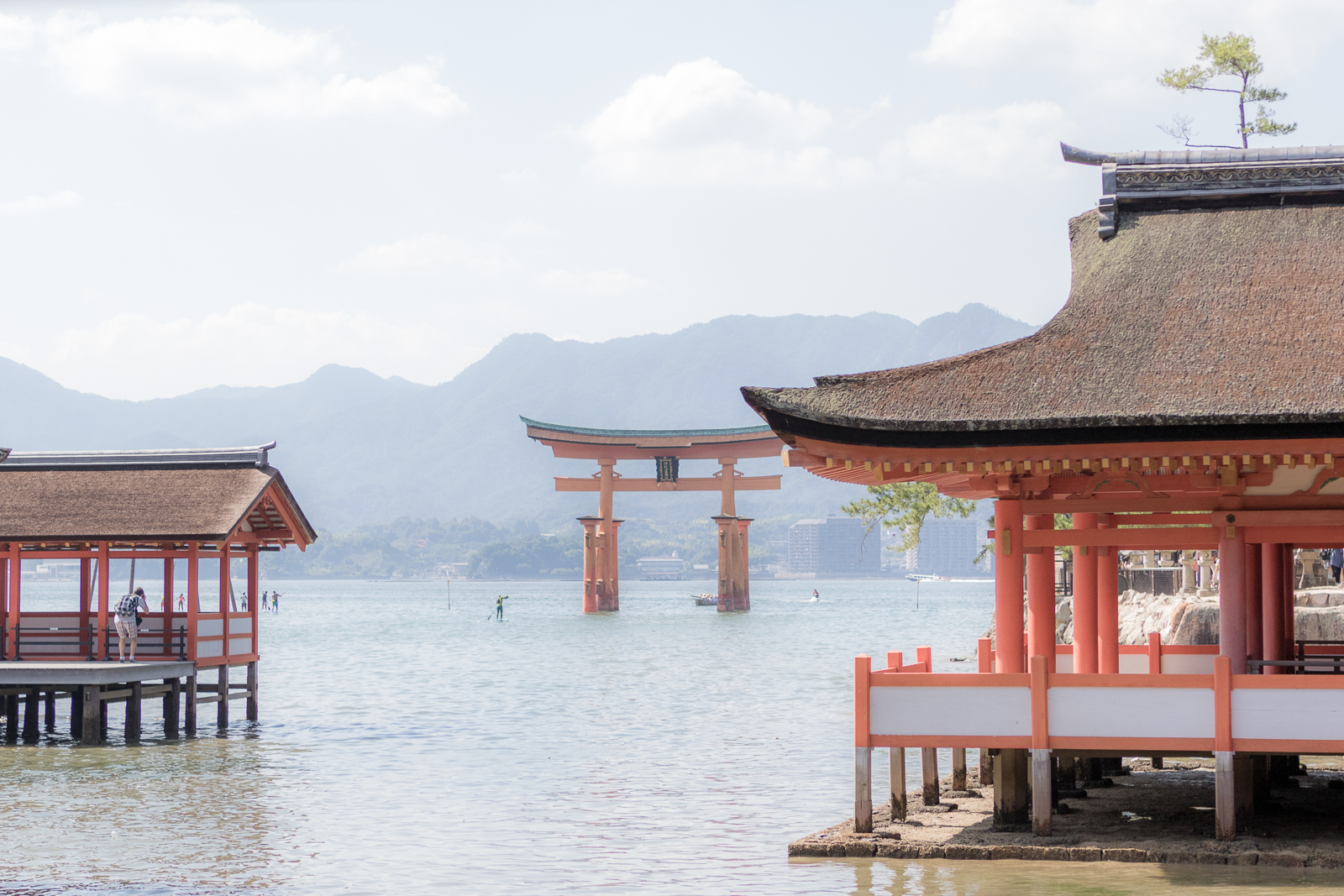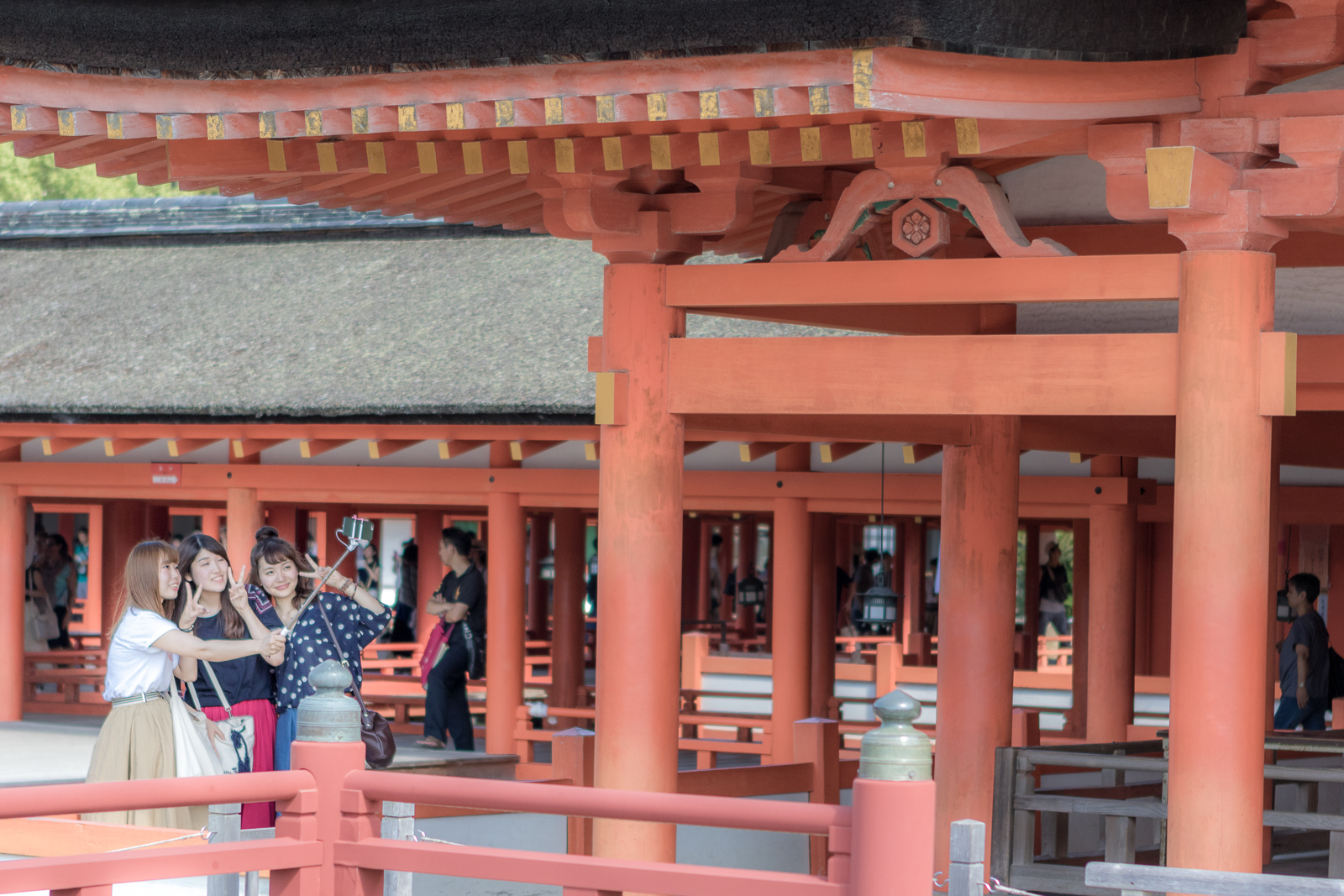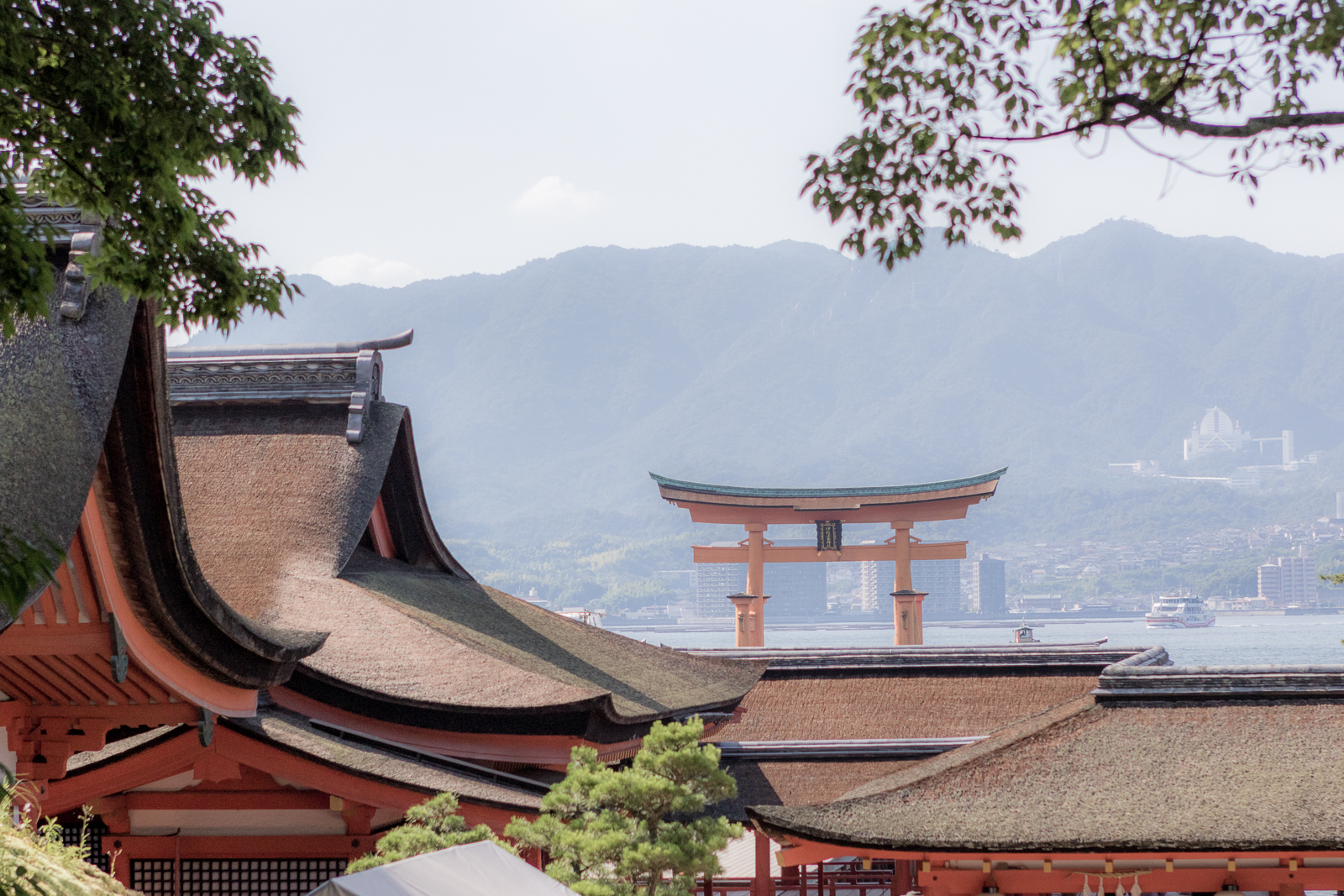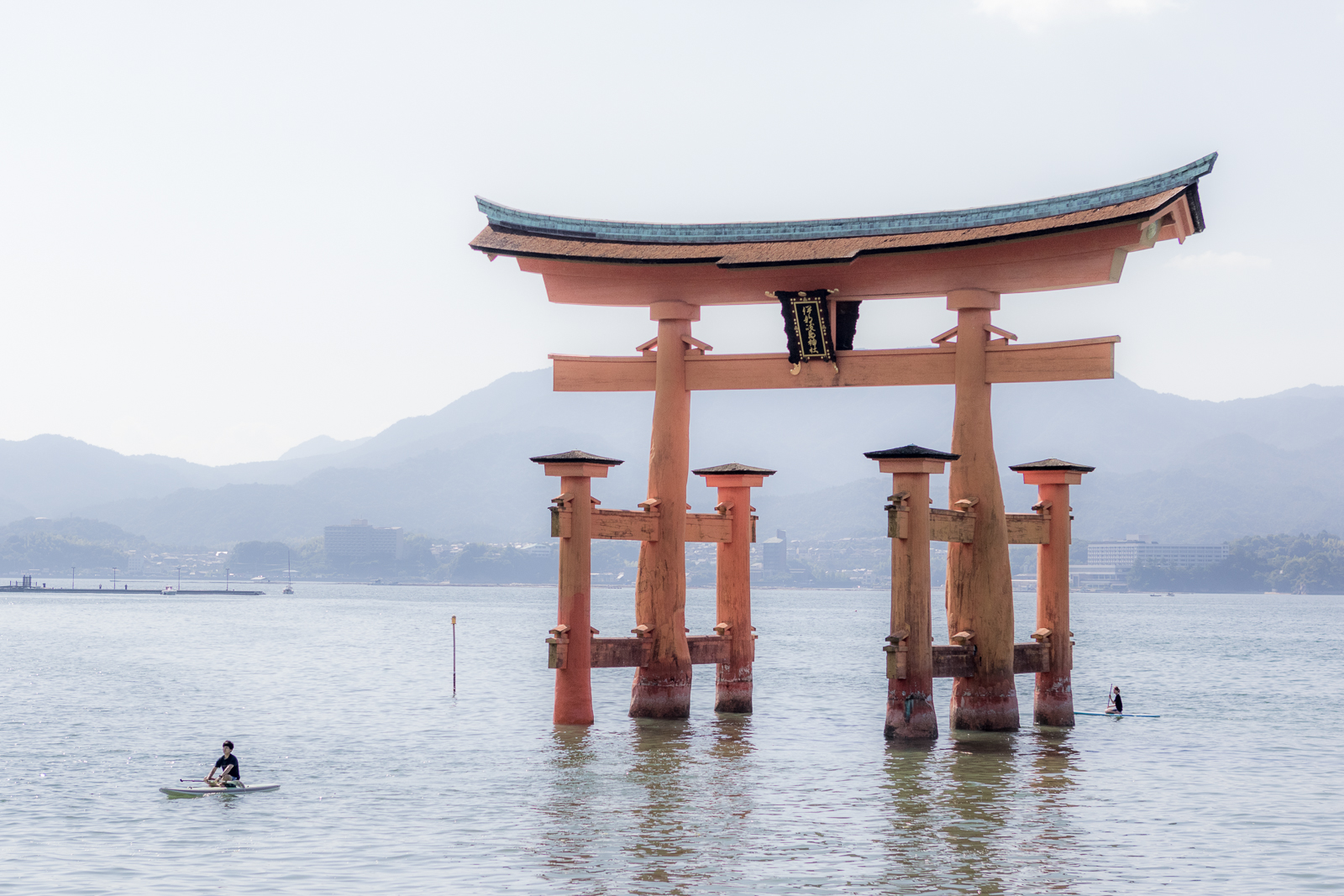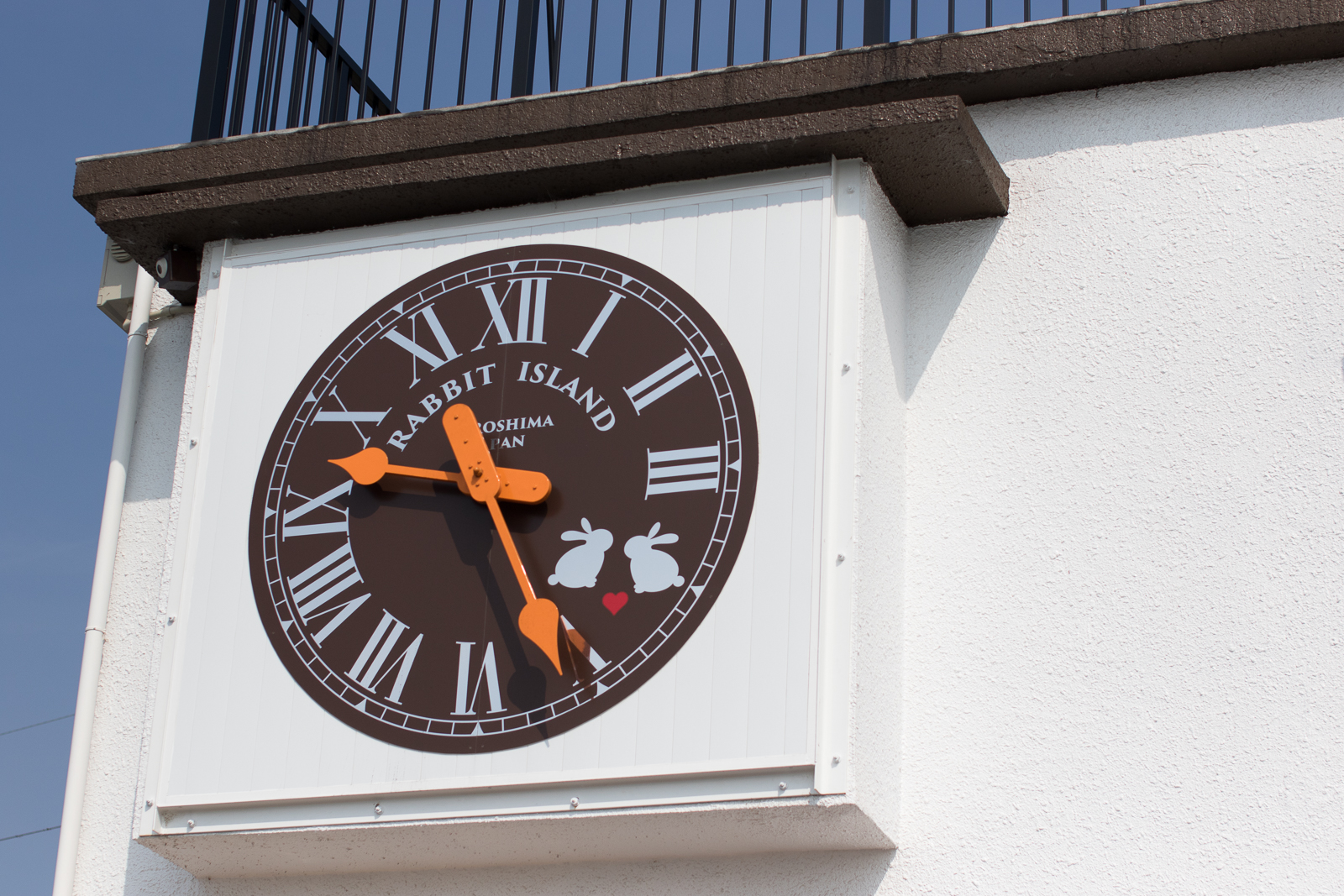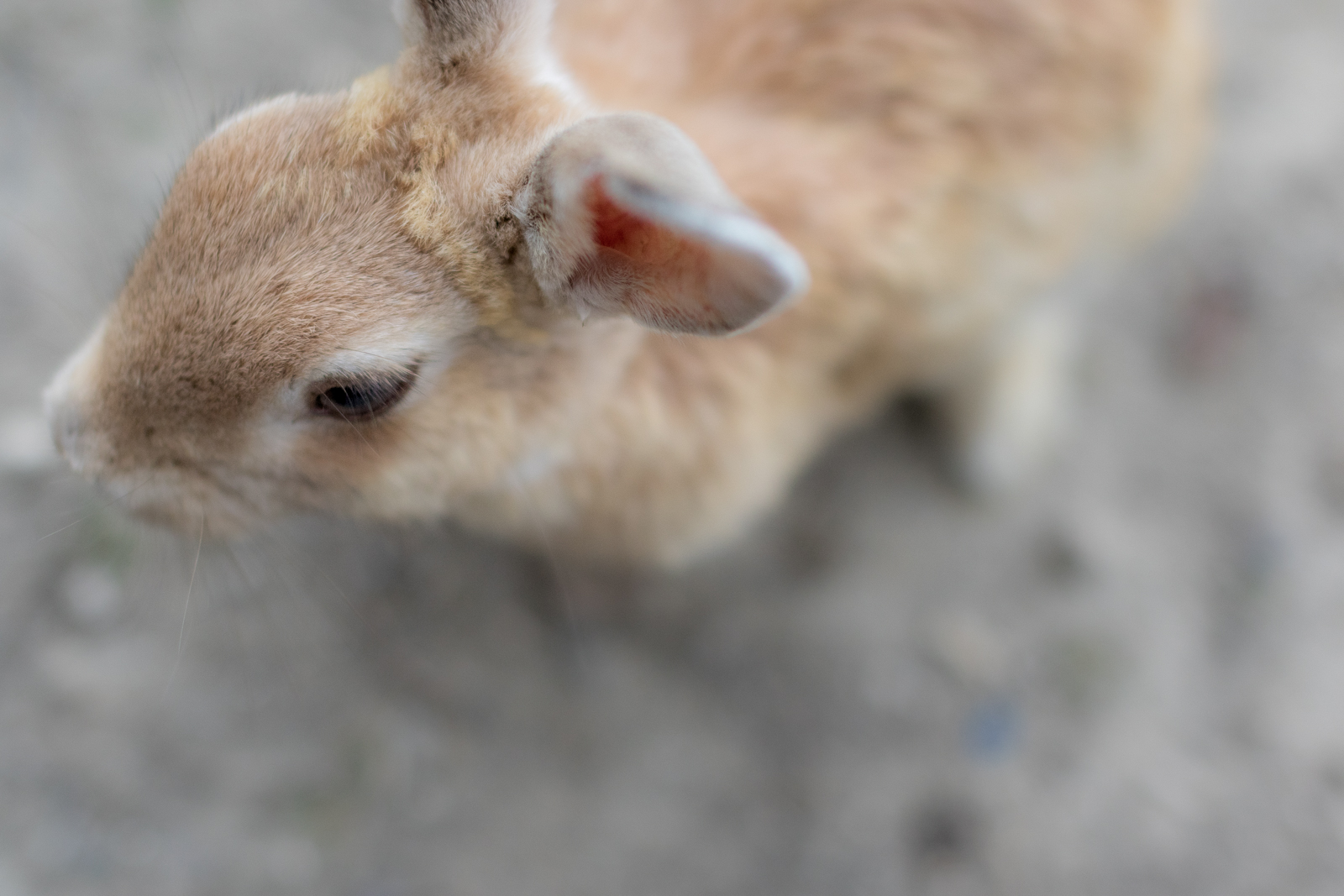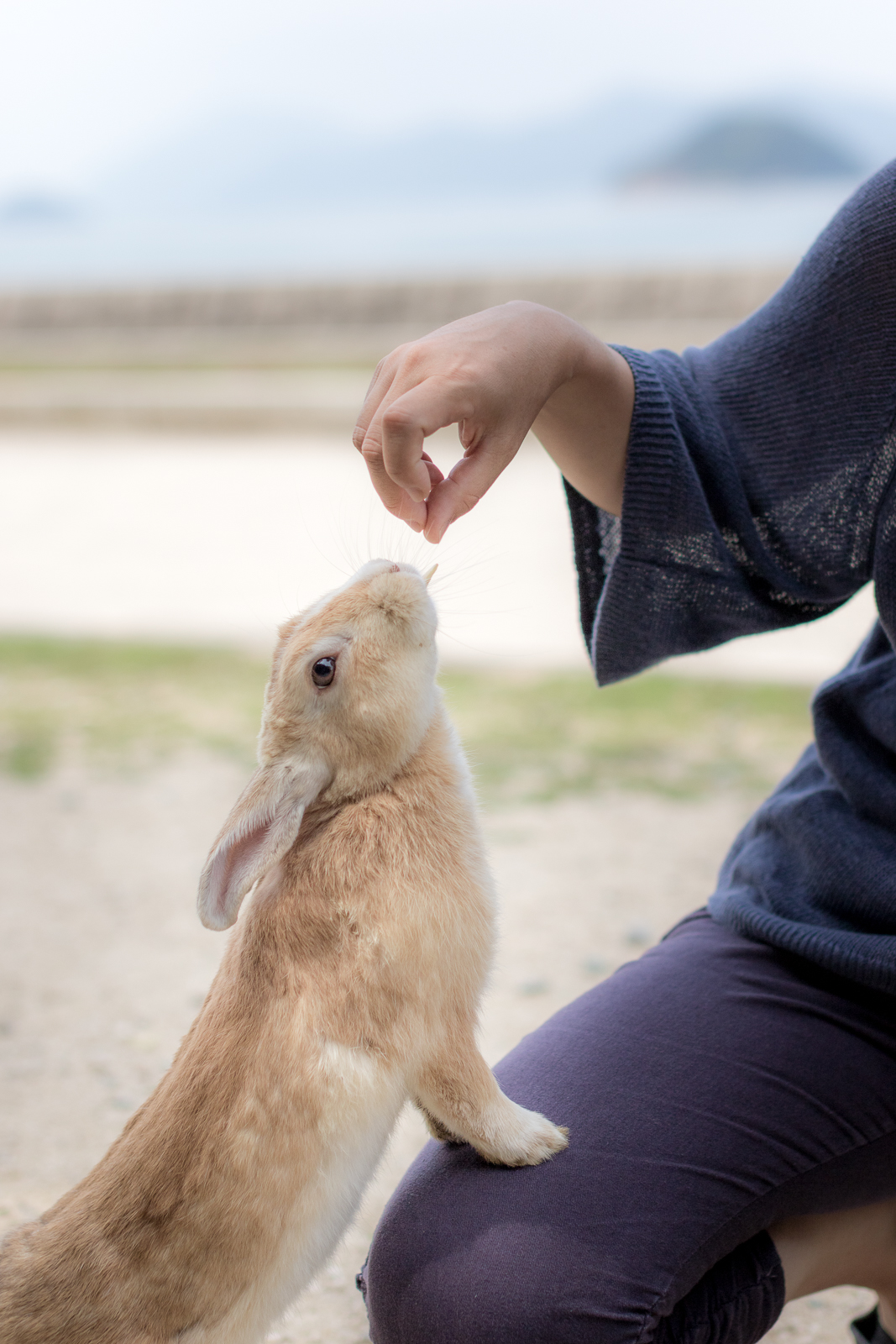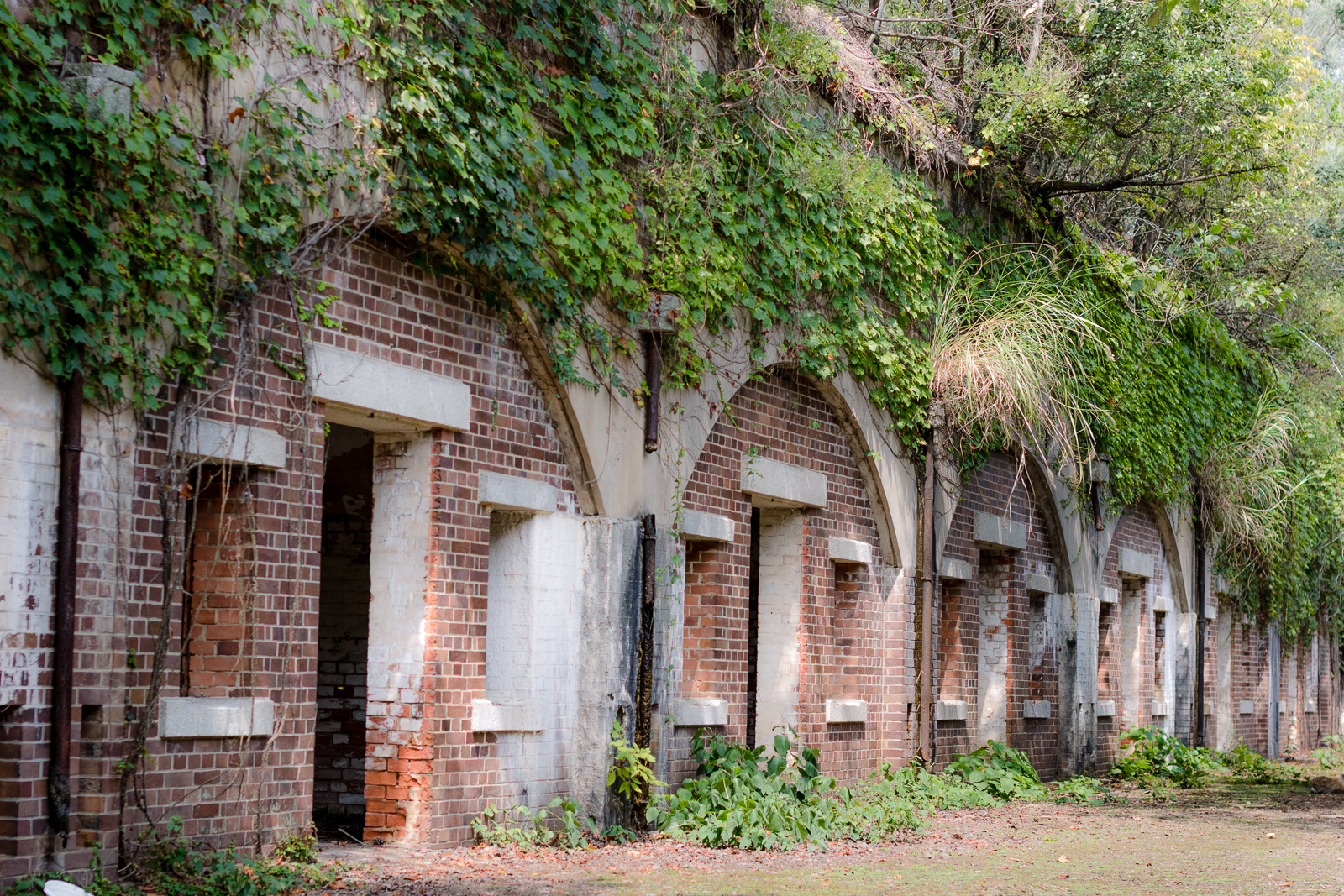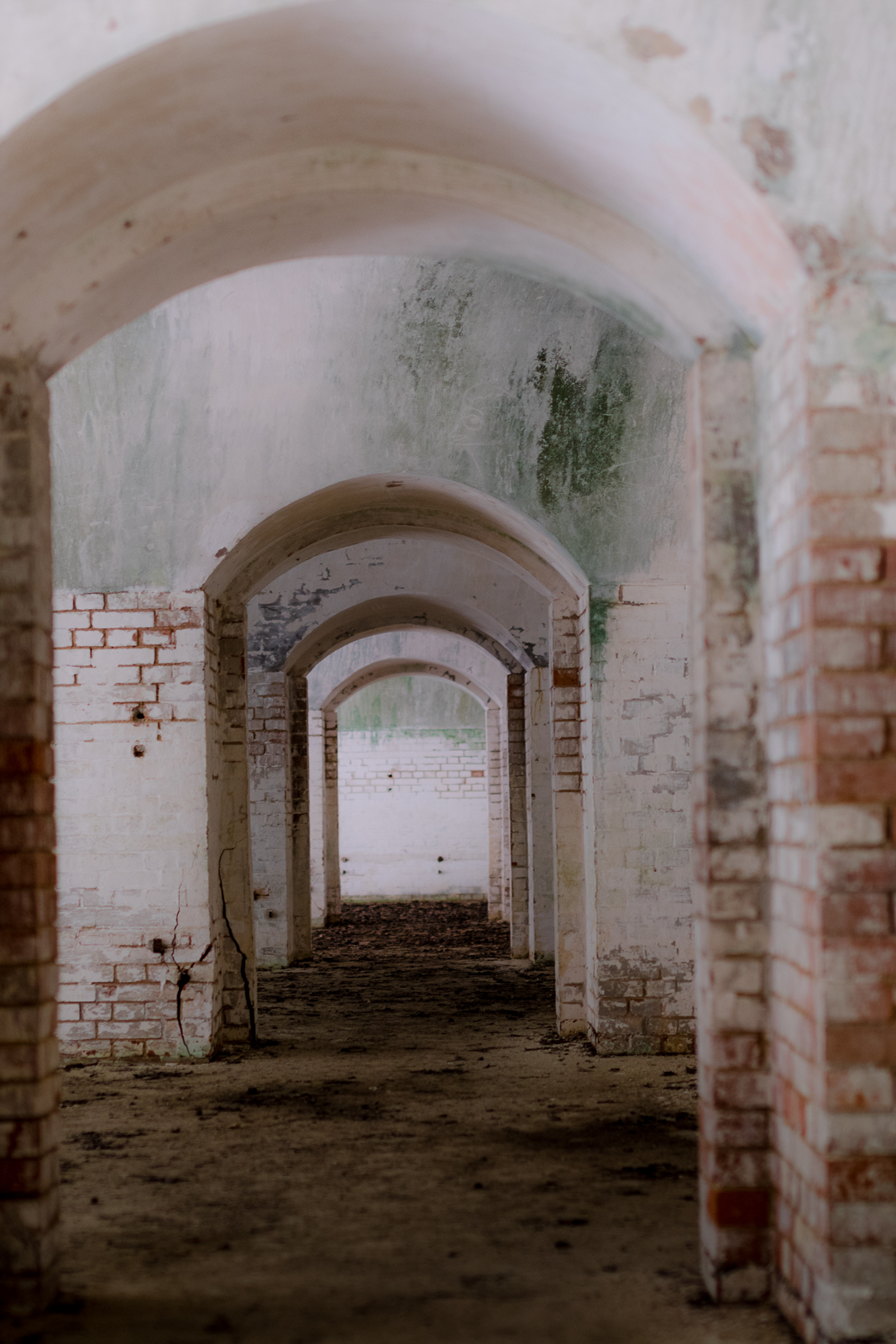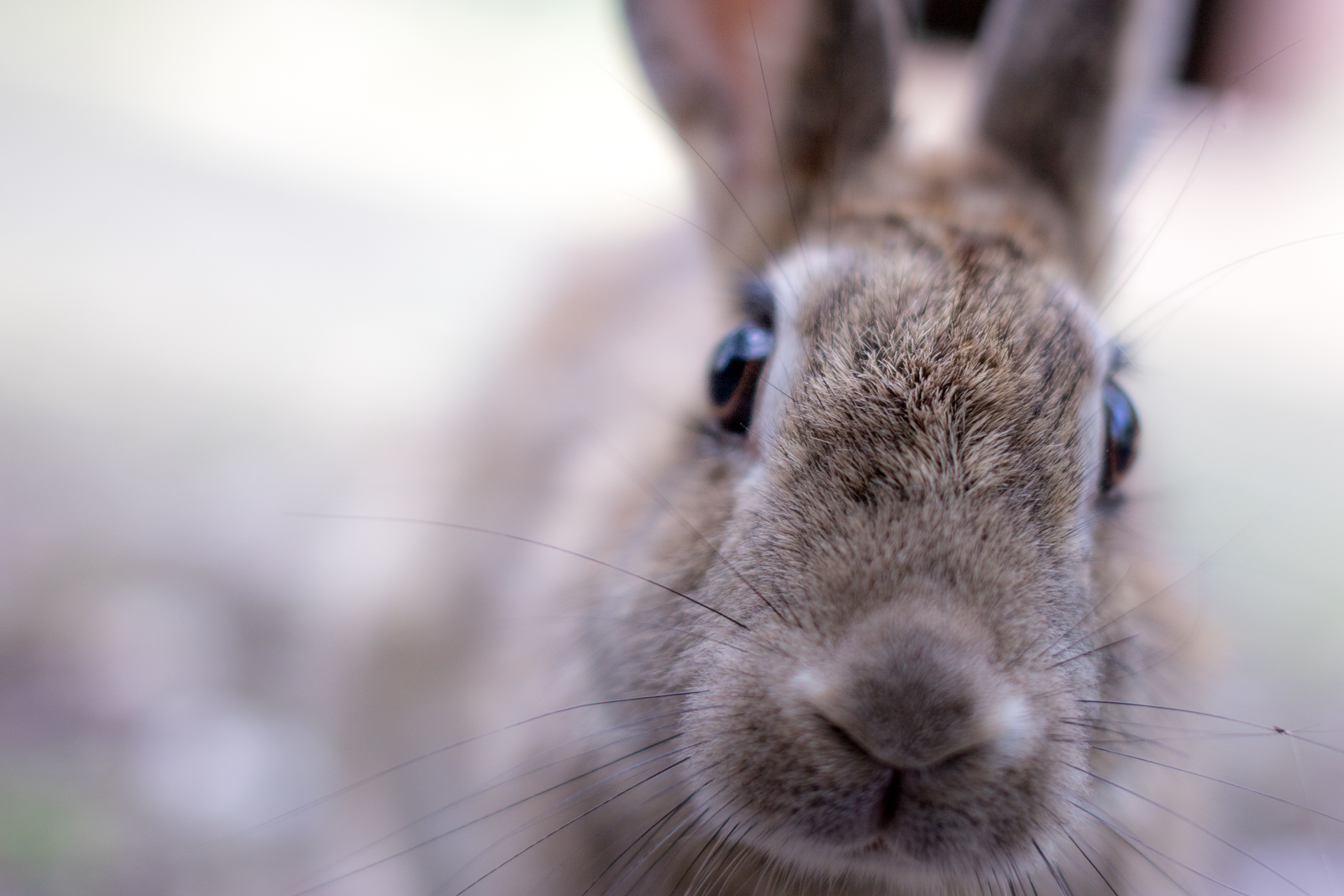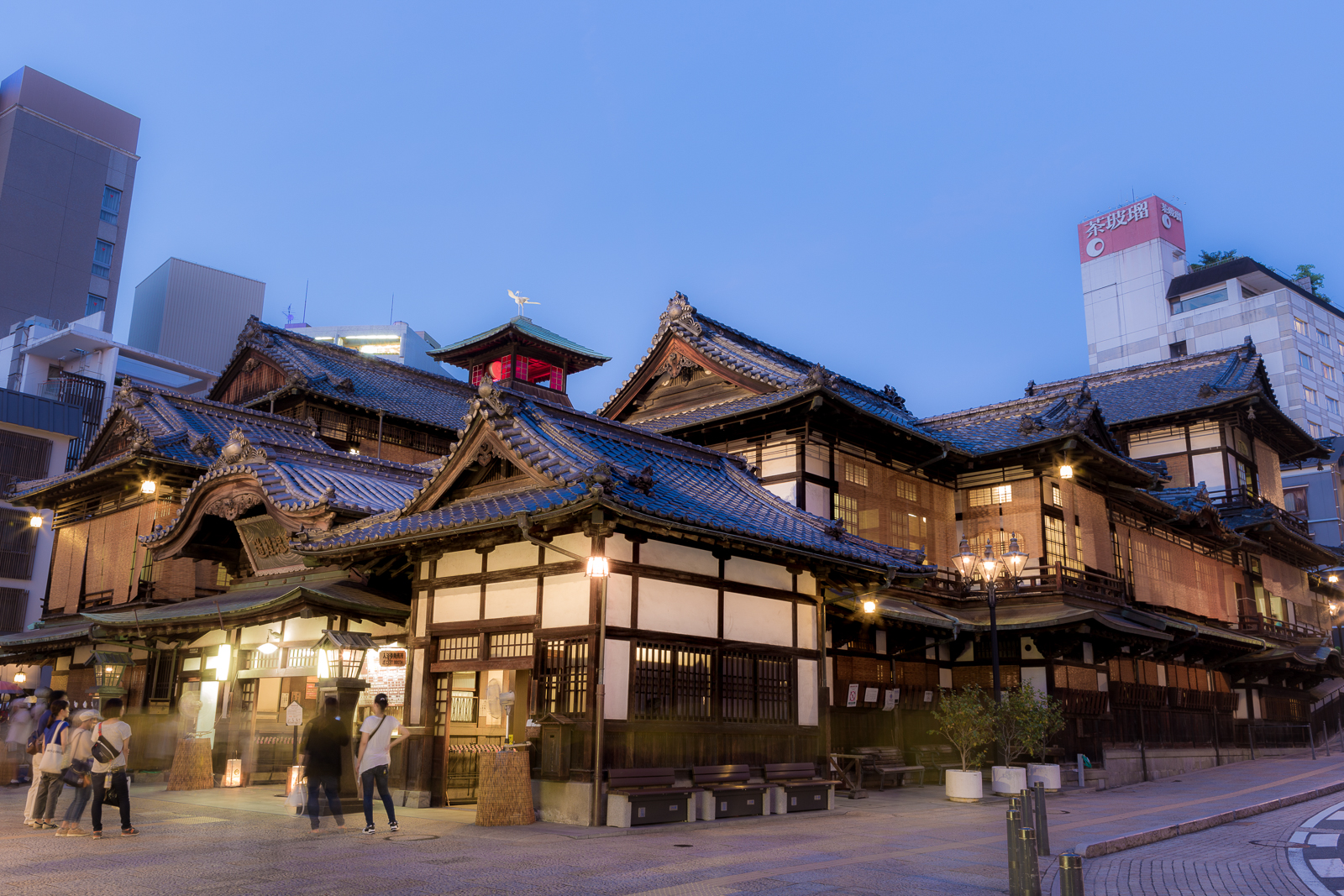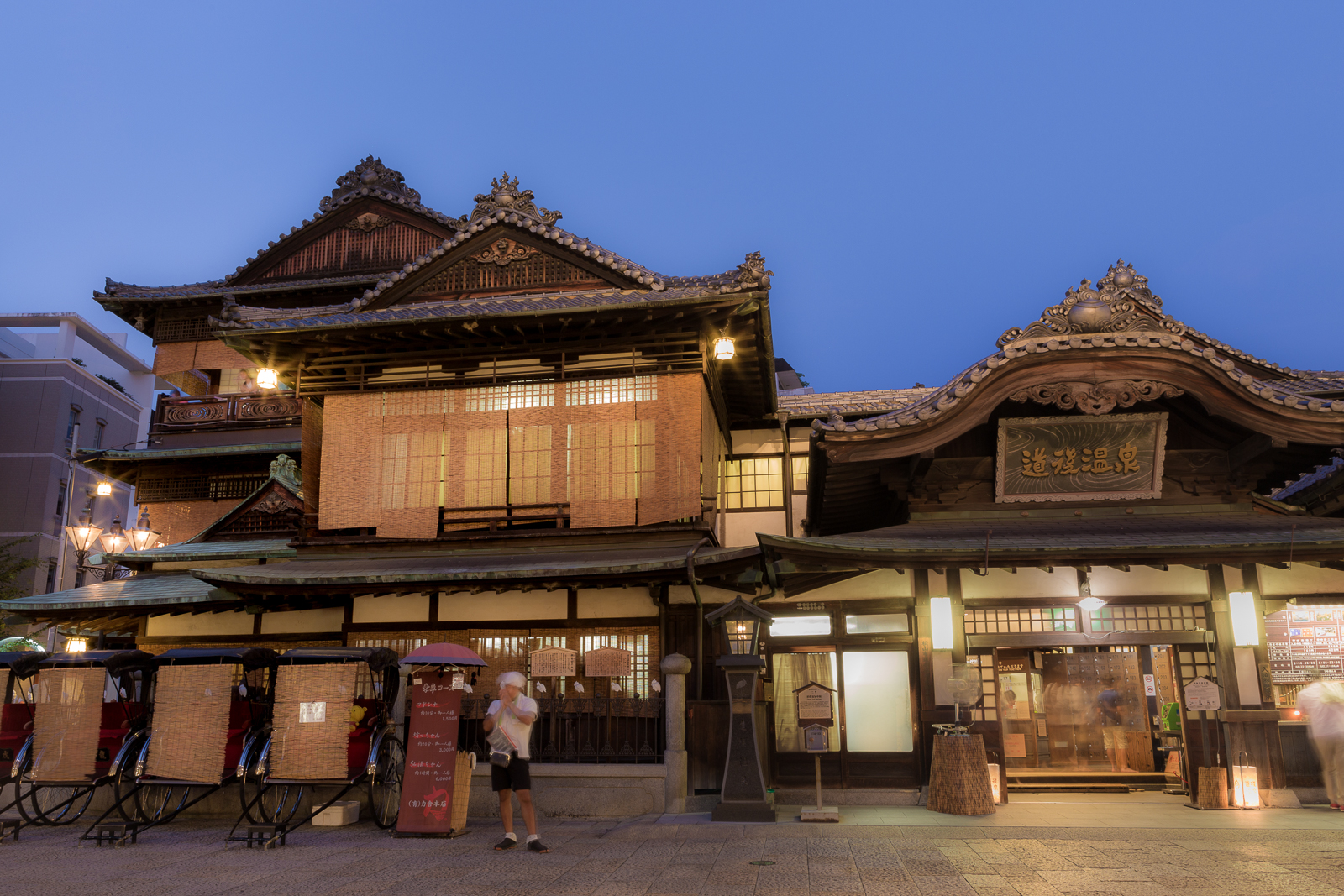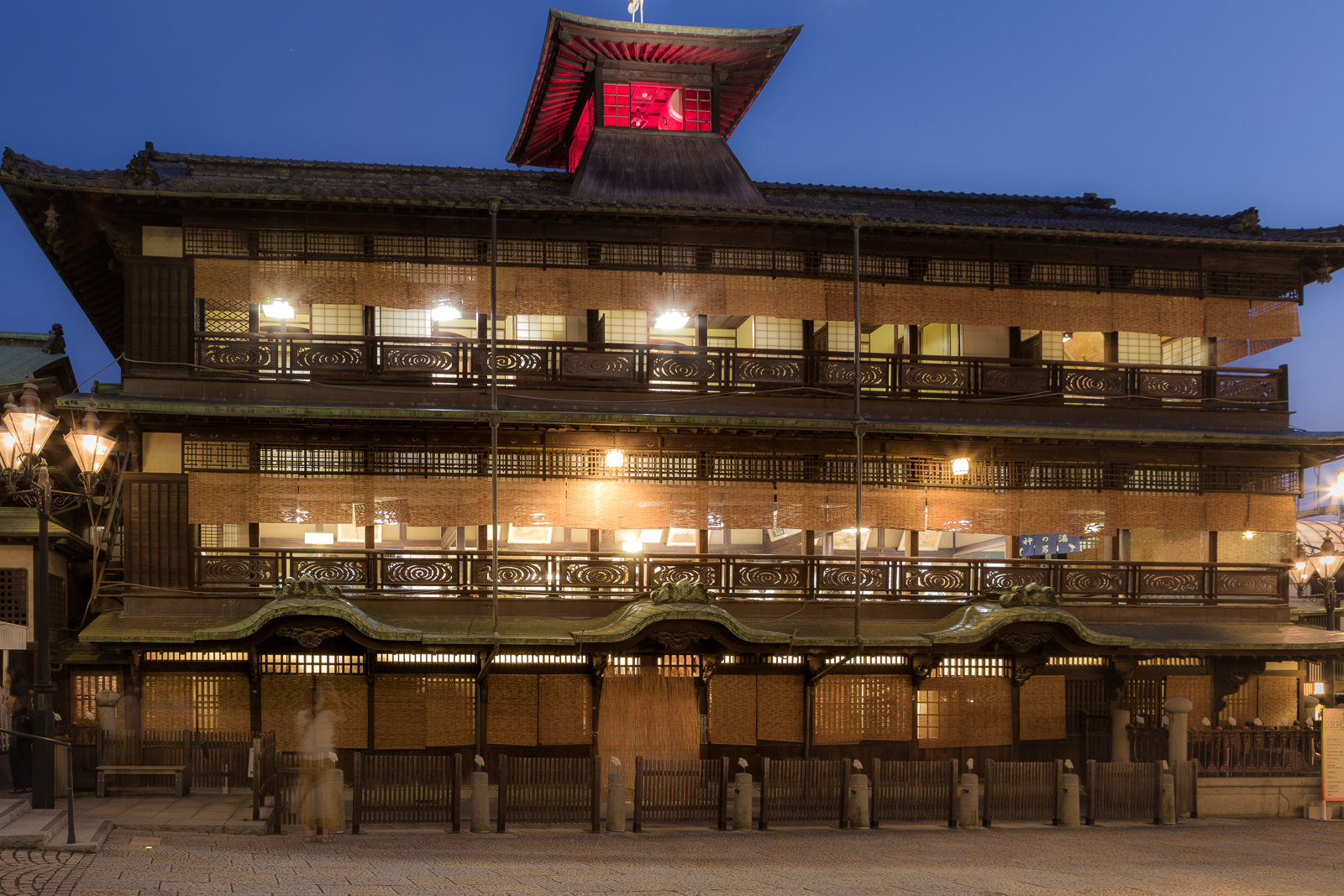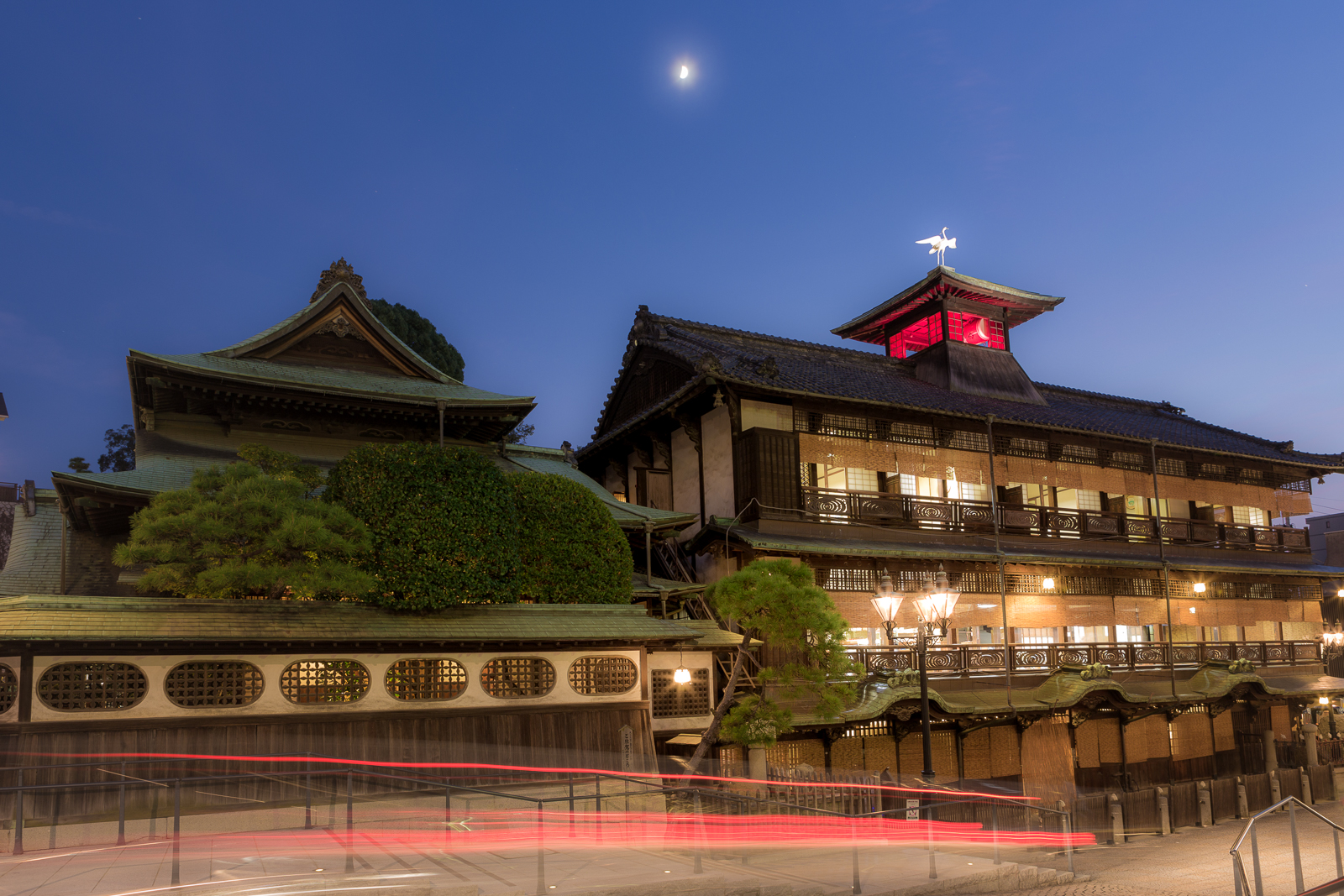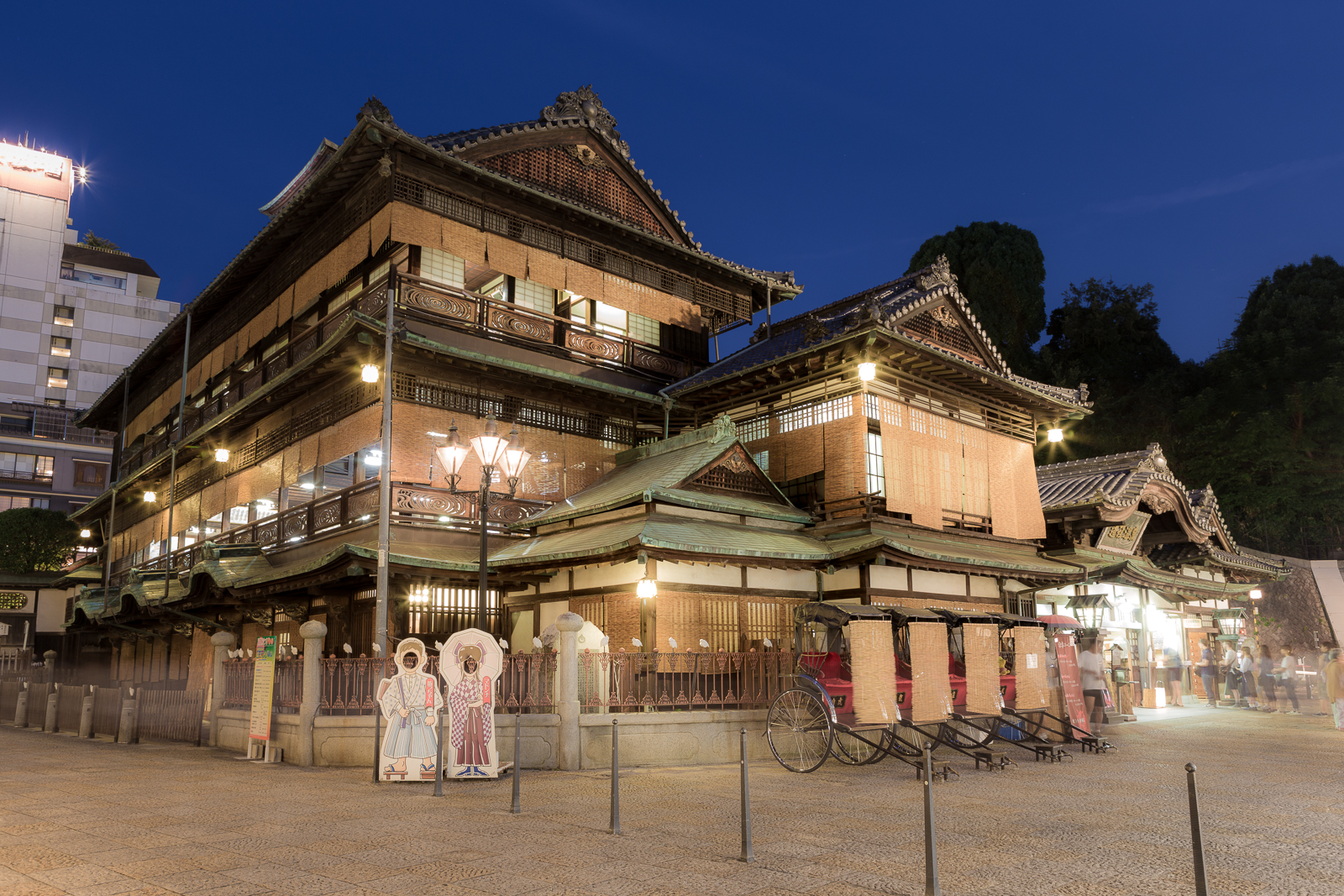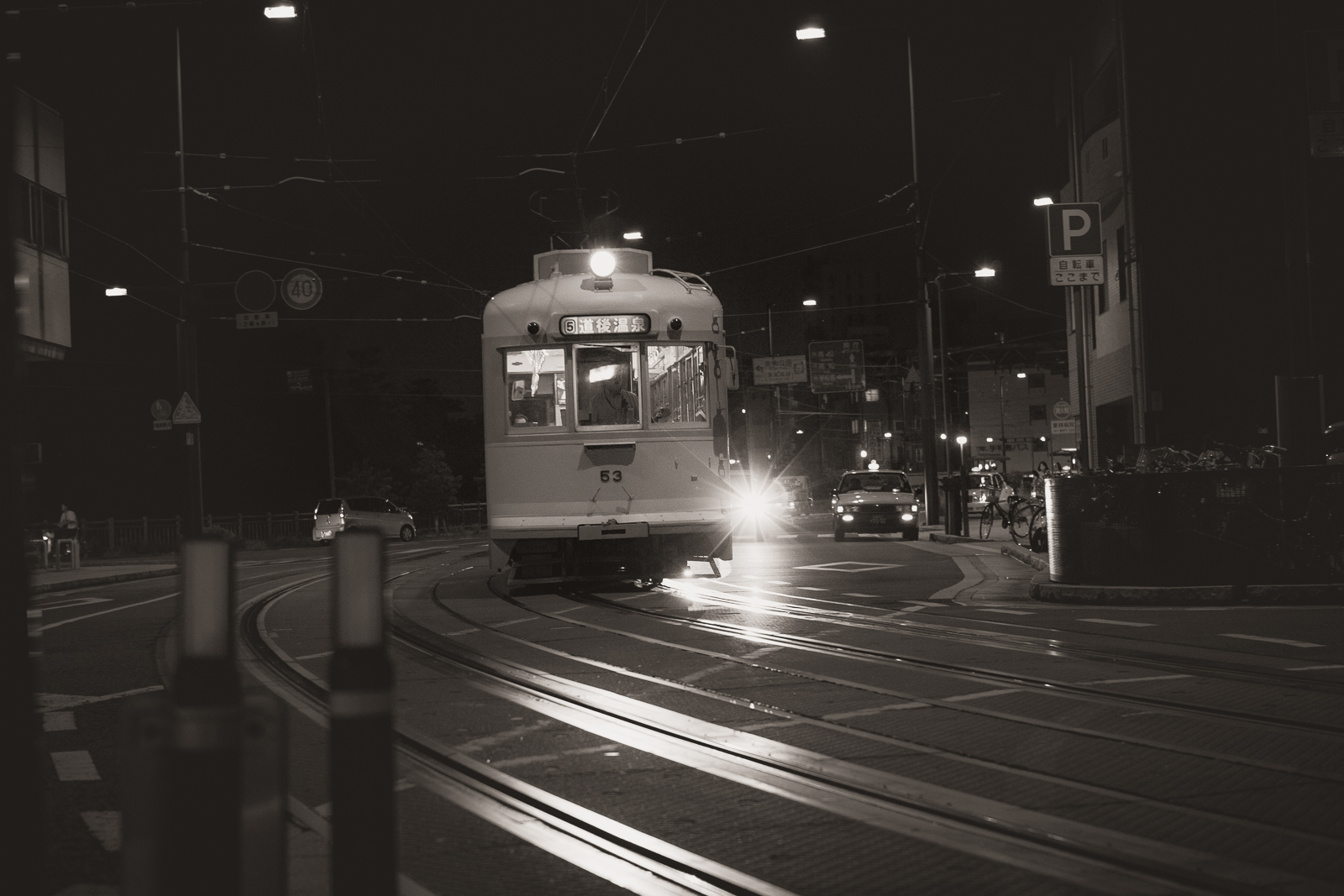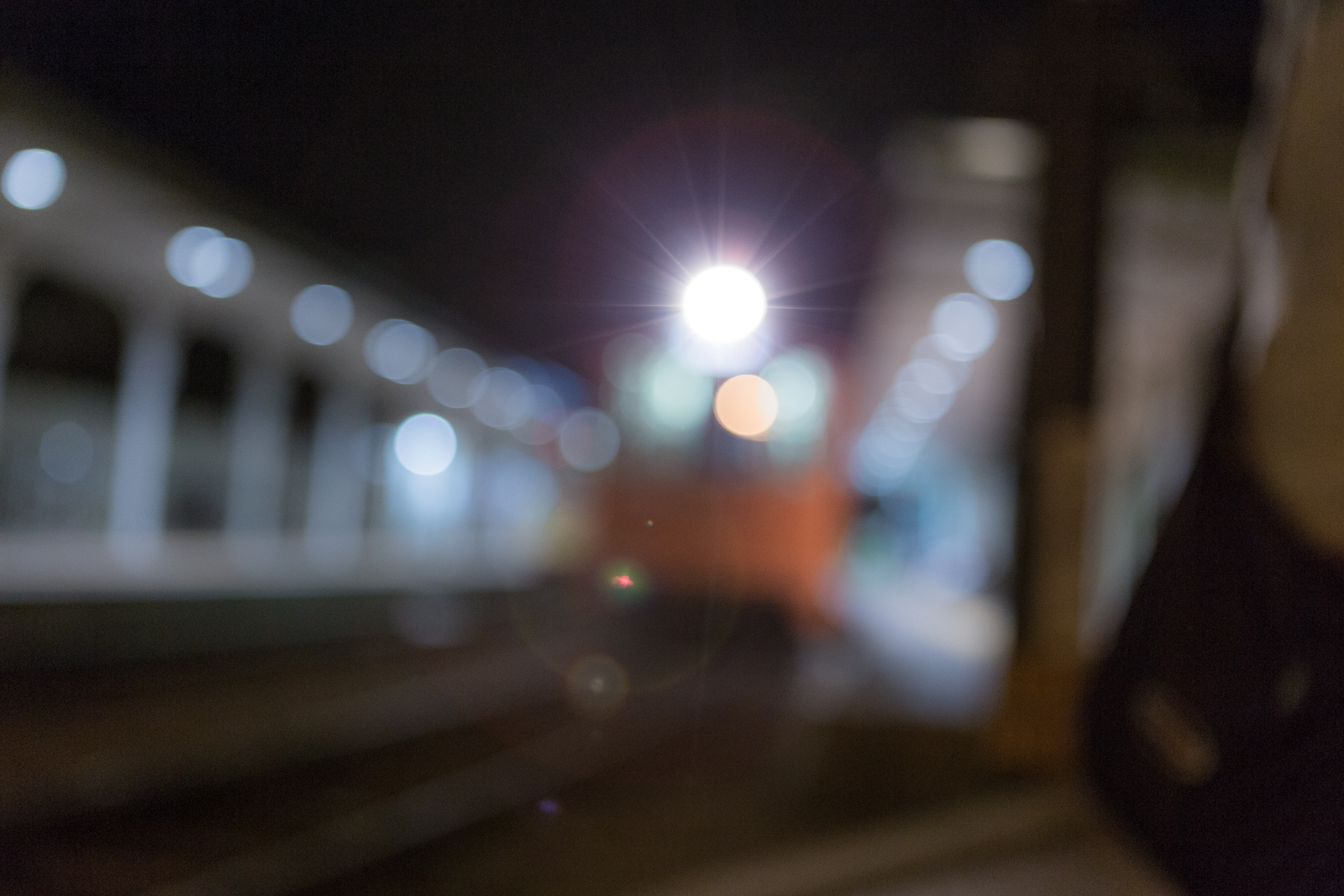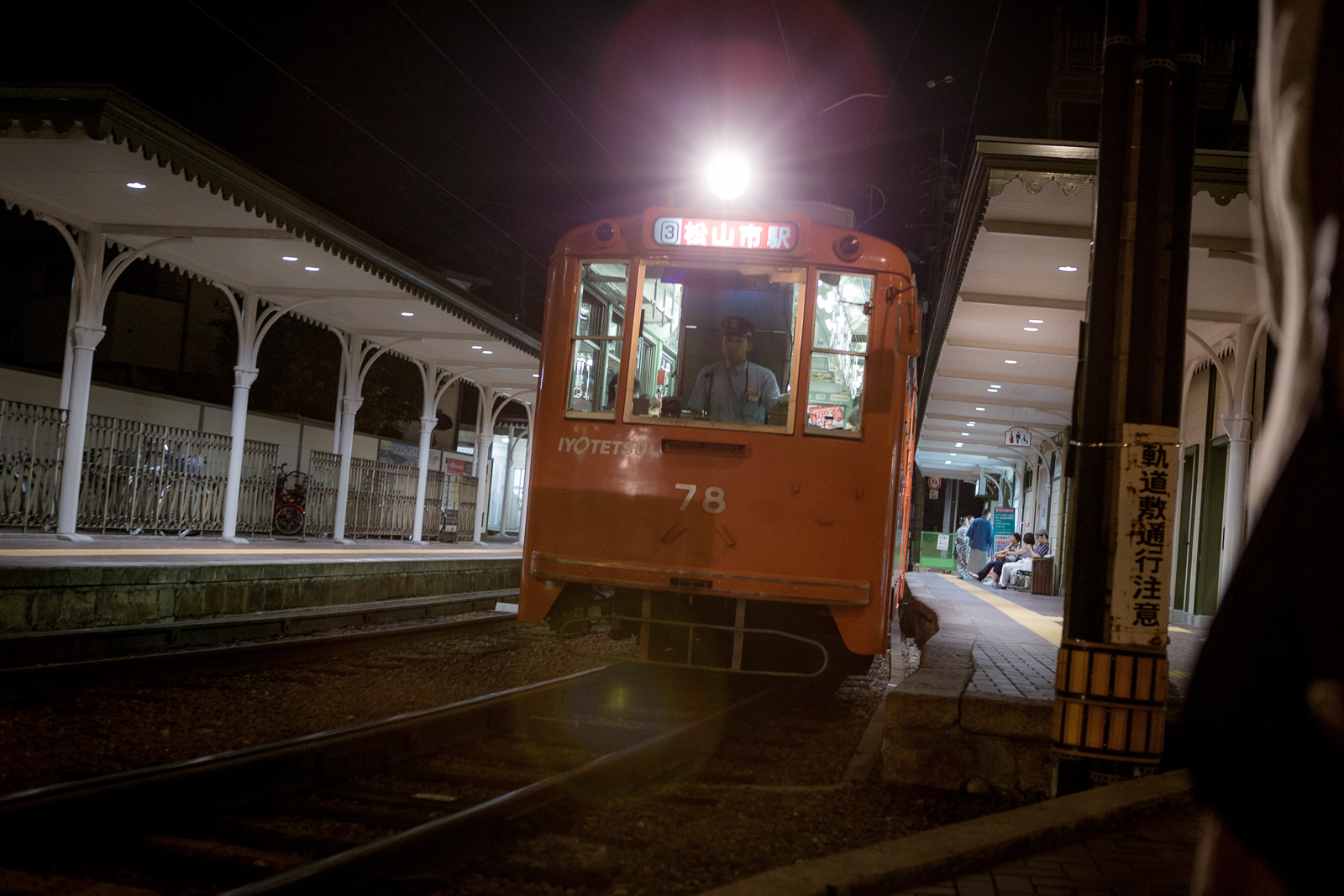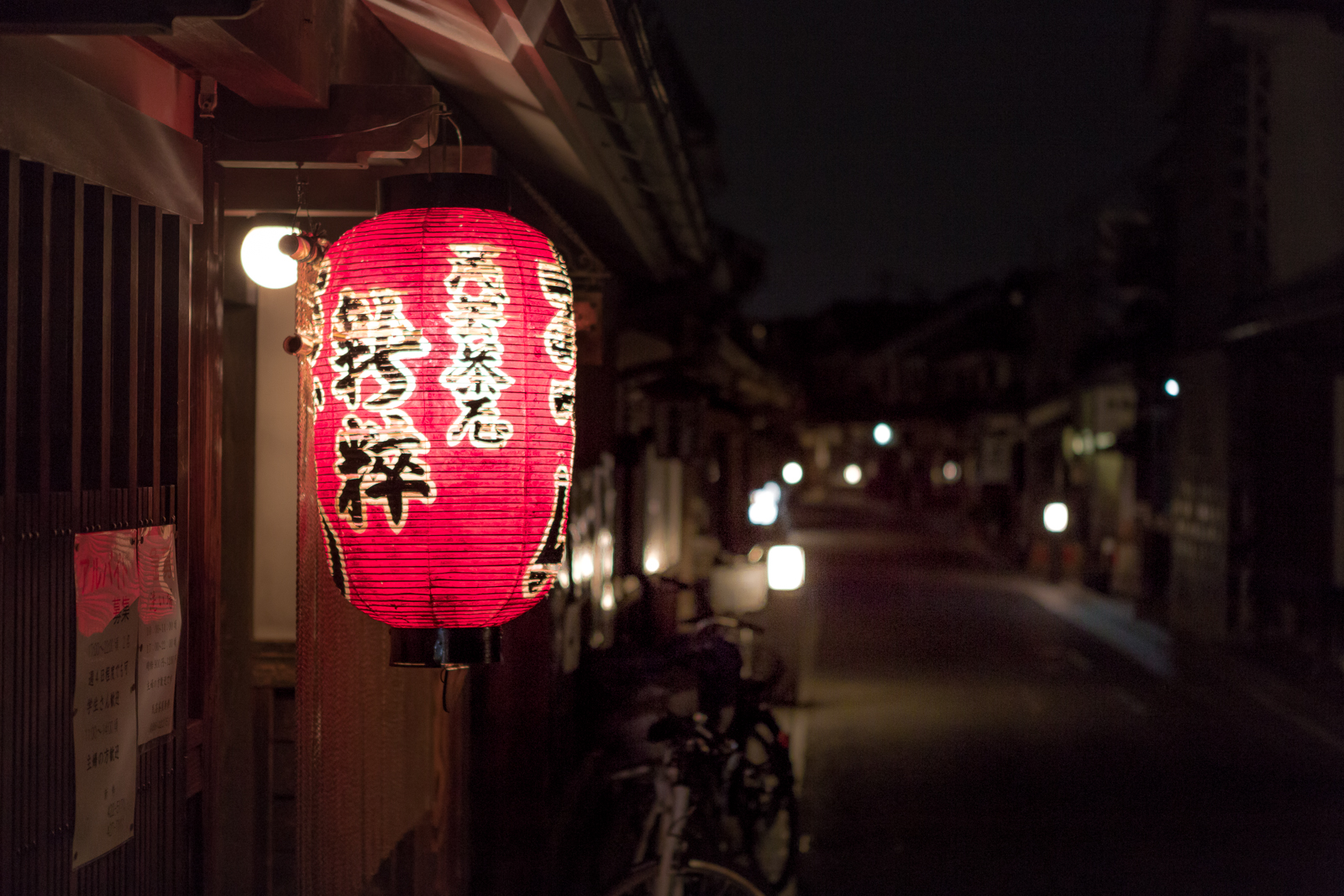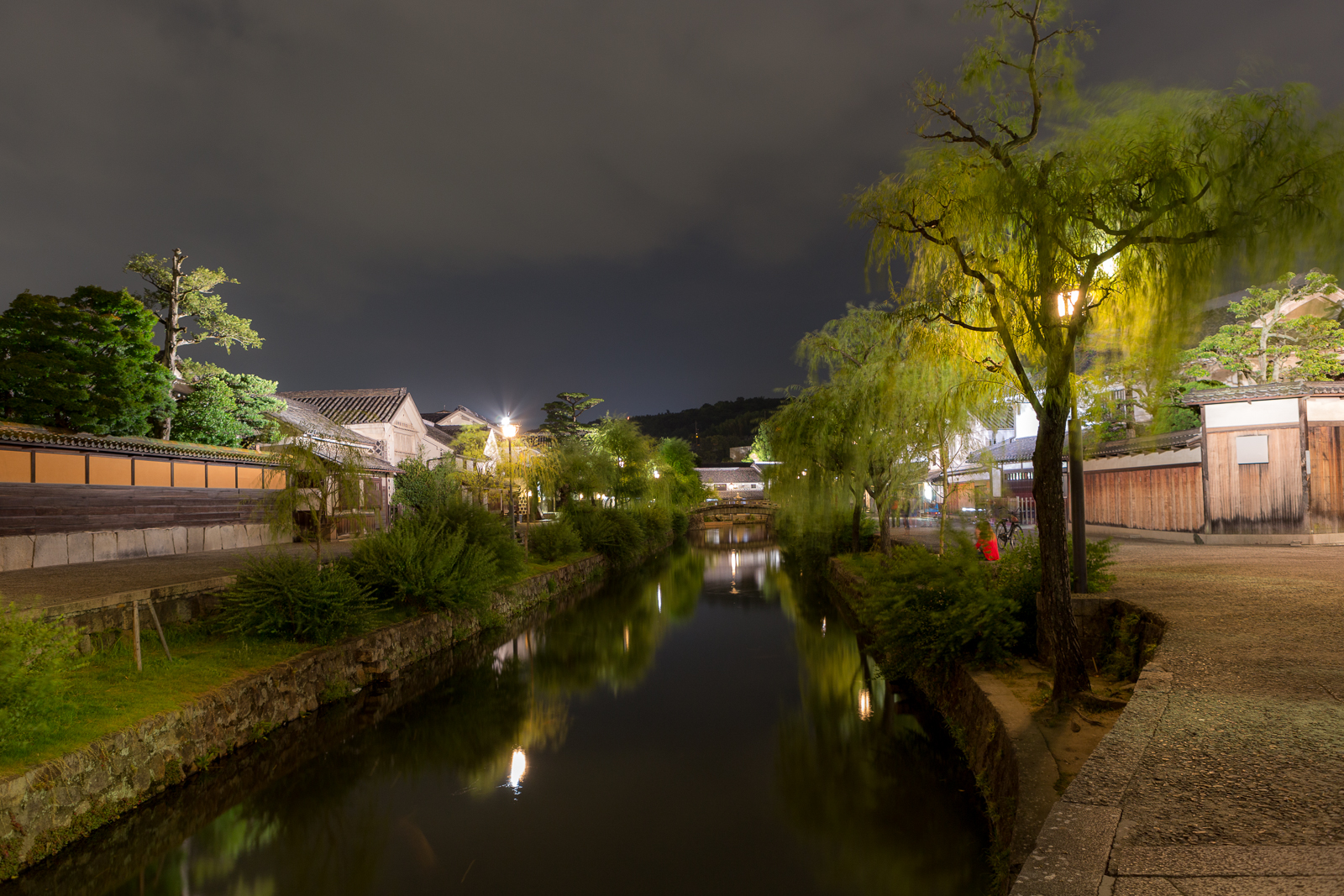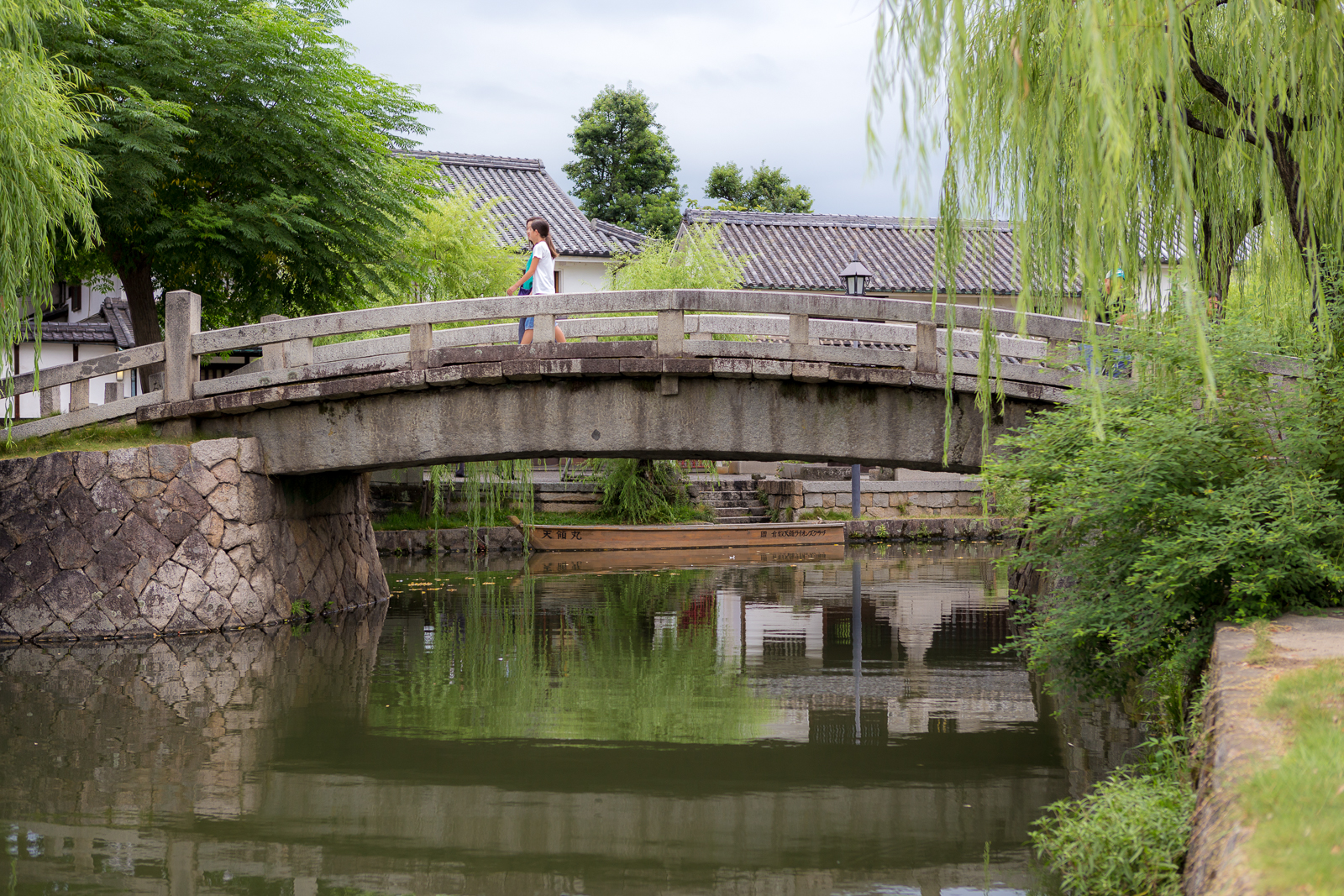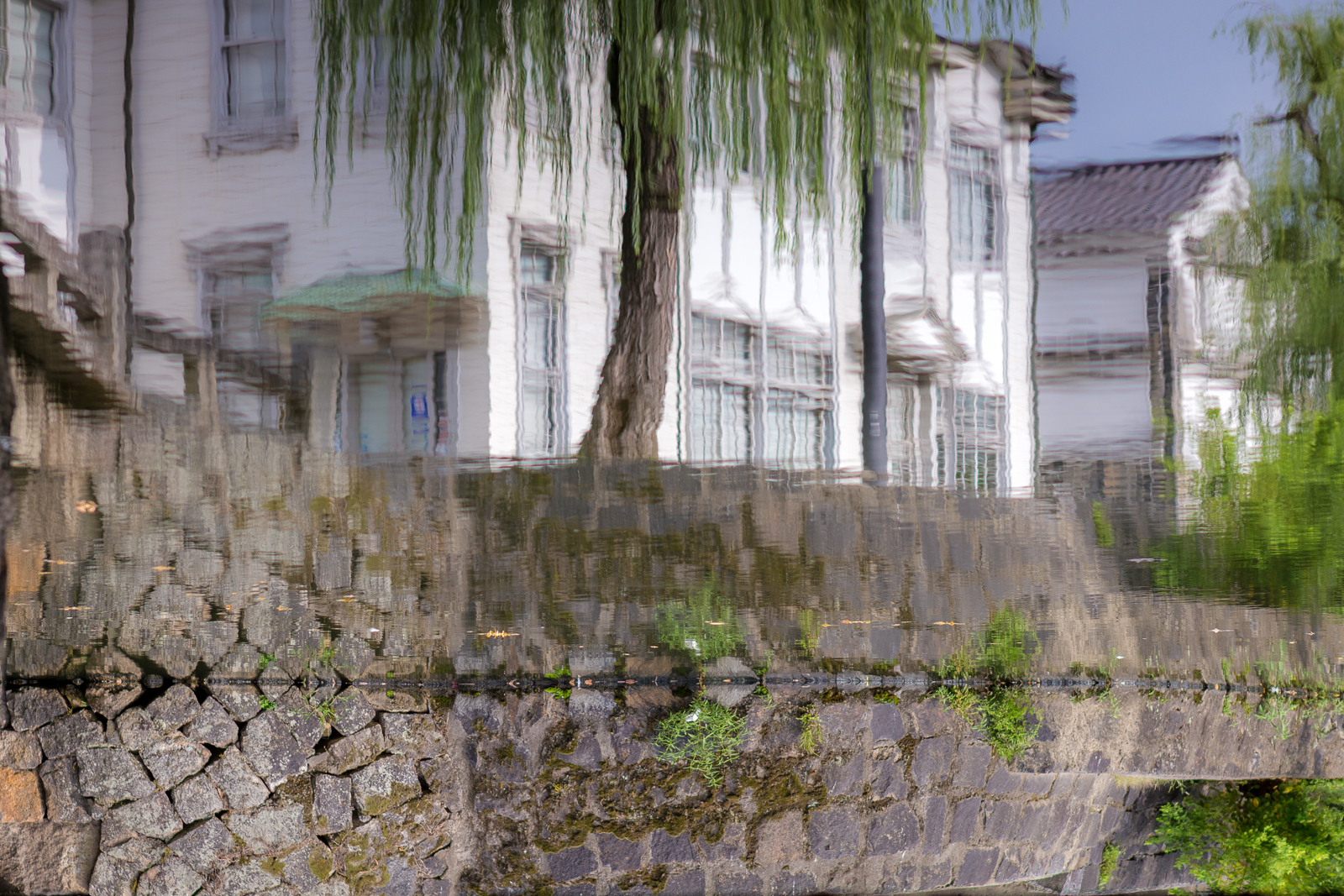We drove nearly two thousand kilometers over seven days during our summer vacation trip. We averaged three to four hours of driving per day, and stayed in a different location every night, including two nights camping. It was a hot and tiring trip, but we saw many new (to us) parts of Japan, visited nine prefectures, and had lots of bonding time in the car.
Our first stop was Himeji Castle. After being rebuilt in its current incarnation in 1609, it has survived war, earthquakes and fires and is one of only twelve castles in Japan that have not been partially or fully rebuilt. It is distinctive for its extensive castle grounds and beautiful white color.
The next day, we drove to Tottori and spent the night at a campground near Tottori Prefecture's most notable geographical feature, the sand dunes. The Tottori Sand Dunes (鳥取砂丘) are estimated at 100,000 years old and cover an area of around 30 square kilometers. It is the only extensive dune area in Japan, and walking the sand hills feels almost like visiting a foreign country. The expansive hills and valleys play with your sense of perception. I used both my zoom and wide angle lenses to get different perspectives.
The next morning we awoke early and walked from our campground into the nearby sand dunes. There were areas where the overnight wind had swept away footprints and sculpted the dunes. It was very peaceful walking the dunes in the early morning, before the crowds arrived.
From there, we drove to the Iwami Ginzan silver mine in Oda City in Shimane Prefecture. Now, a world heritage site, the Iwami Ginzan silver mine operated for nearly 400 years, from 1526 to 1923, and at its peak produced 38 tons of high grade silver per year, which was a third of the world's production of silver at that time. There are over 600 abandoned pits and mine shafts in the area, with a small portion open to the public. We also visited the Gohyaku-rakan Rakan-ji tmple, (next to the arched bridges) which was built for the souls of people who had worked in the mines.
In Yamaguchi Prefecture, we camped again, this time at a campsite in the Akiyoshidai Plateau area near Mine City. Akihoshidai is a 130 square kilometer area covered in karst (limestone) formations. It was a coral reef 300 million years ago, and the karst formations are the result of limestone pushing up to the surface over millions of years. Unfortunately, it was already late afternoon by the time we arrived and we had to get to our campground to set up camp, so we couldn't spend much time in the karst fields. Still, we did get a beautiful sunset, and at the campground, once the clouds cleared, we were treated to a starry night sky. In fact, it's the first time I've been able to photograph the Milky Way in Japan. If you look carefully, you can just make it out in the night photos.
In the morning, we awoke early and visited Akiyoshido, the largest and longest limestone cave in Japan, formed by millions of years of groundwater eroding the limestone in the ground. There is a one kilometer long stretch open to the public, featuring huge caverns and an underground river.
We visited two historic locations in Shimane Prefecture. One was the Izumo Taisha Grand Shrine, which is thought by many to be the oldest Shinto shrine in Japan. It is said that all the Gods around Japan like to go to the shrine to conduct meetings, so it is a a powerful spot. It is also known for its two huge shimenawa. Shimenamwa are braided lengths of rice straw. It's hard to get a full appreciation of their size without seeing them in person.
The other historic location we visited in Shimane Prefecture was Matsue Castle. Like Himeji Castle, Matsue Castle is one of the original twelve castles, and retains it original wood frame. It was built in 1611, and while Himeji Castle is known for its white color, Matsue Castle is often called "The Black Castle" for its beautiful black wood color.
Unfortunately, our hectic schedule allowed us only one afternoon in Miyajima, after hiking and caving in the morning, and going on to Hiroshima in the afternoon. So, after taking the ferry across and back, we had maybe two or three hours in Miyajima, at the hottest time of the day, with HUGE crowds because of a festival going on. I would have loved to be able to spend a night on the island, and enjoy the more tranquil scene once the day crowds leave, but that will have to be on another trip. Anyway, Miyajima features a shrine (the Itsukushima Shrine) built over water (or mud when the tide is out) as well as a huge Torii (the usually red gates that serve as boundary between the human and spirit worlds). It was truly a beautiful place, and the deer there seemed friendlier and mellower than the deer at Nara. Hopefully, we can go again for a longer visit at some point.
While driving through Hiroshima Prefecture, we stopped off for a few hours at Rabbit Island (うさぎ島), also known as Okunoshima. There are about 1000 wild rabbits on this small island, and access is by ferries which take people over to the island several times a day. There is also a hotel on the island where people can stay overnight, but we only had time for a day visit. It was August, and very hot, so many of the rabbits were hiding in the shade of the trees, and we didn't attract the huge numbers of rabbits, like you can see in YouTube videos, but there were still rabbits here and there all over the island.
The island does have a dark history. During WW II, it was a site where the Japanese Imperial Army made poison gas. The location of the island was kept off of maps to keep it secret as the use of poison gas violated the Geneva Convention of 1925. Thousands of tons of gas were produced, and used on Chinese soldiers and citizens. These old buildings are remnants from that time.
They used rabbits, incidentally, as test subjects for the gas, but apparently all those remaining rabbits were killed after the war, and the current batch are the result of 8 rabbits released on the island in 1971 that multiplied, as rabbits are known to do. Apparently overfeeding of the rabbits has led to over-population and a decline in their health, but they were still pretty darn cute.
In Ehime Prefecture, we stayed in a hotel in Matsuyama City. Matsuyama City has one of the oldest onsen (hotspring) areas in Japan, with a thousand year history of being used for bathhouses. The main bathhouse, Dodo Onsen, is a multi-floor wooden onsen that was built in 1894. Inside it is a maze of stairways, passageways, and rooms. It is said that it was the inspiration for the bathhouse in the Studio Ghibli move Spirited Away (Sen too Chihiro). We went to the bathhouse to have baths and tea afterwards in the tatami mat room. The walk to and from the onsen was nice, too, as Matsuyama is a picturesque town with old style electric trains that still operate in the city center.
On the second to last day of our one week drive, we stayed in Kurashiki, in Okayama Prefecture. Kurashiki was a storehouse area that shipped goods along the river and a system of canals that dates back to the Edo Period. Now, many of the warehouses have been converted to museums, boutiques and cafes along the canals, which are lined by weeping willow trees. It was a beautiful, picturesque town, and a nice place to spend a relaxing final night before our drive back to Nagoya.
Other highlights of the trip included the pear museum, the Peace Museum in Hiroshima, the Iwakuni Kintaikyo Bridge, and a rafting trip, but I've run out of steam for posting, and this blog post is way too long already. I would have liked to spend more time at a lot of the places, but in case we don't make it back that way, we certainly packed a lot into a one week drive.
